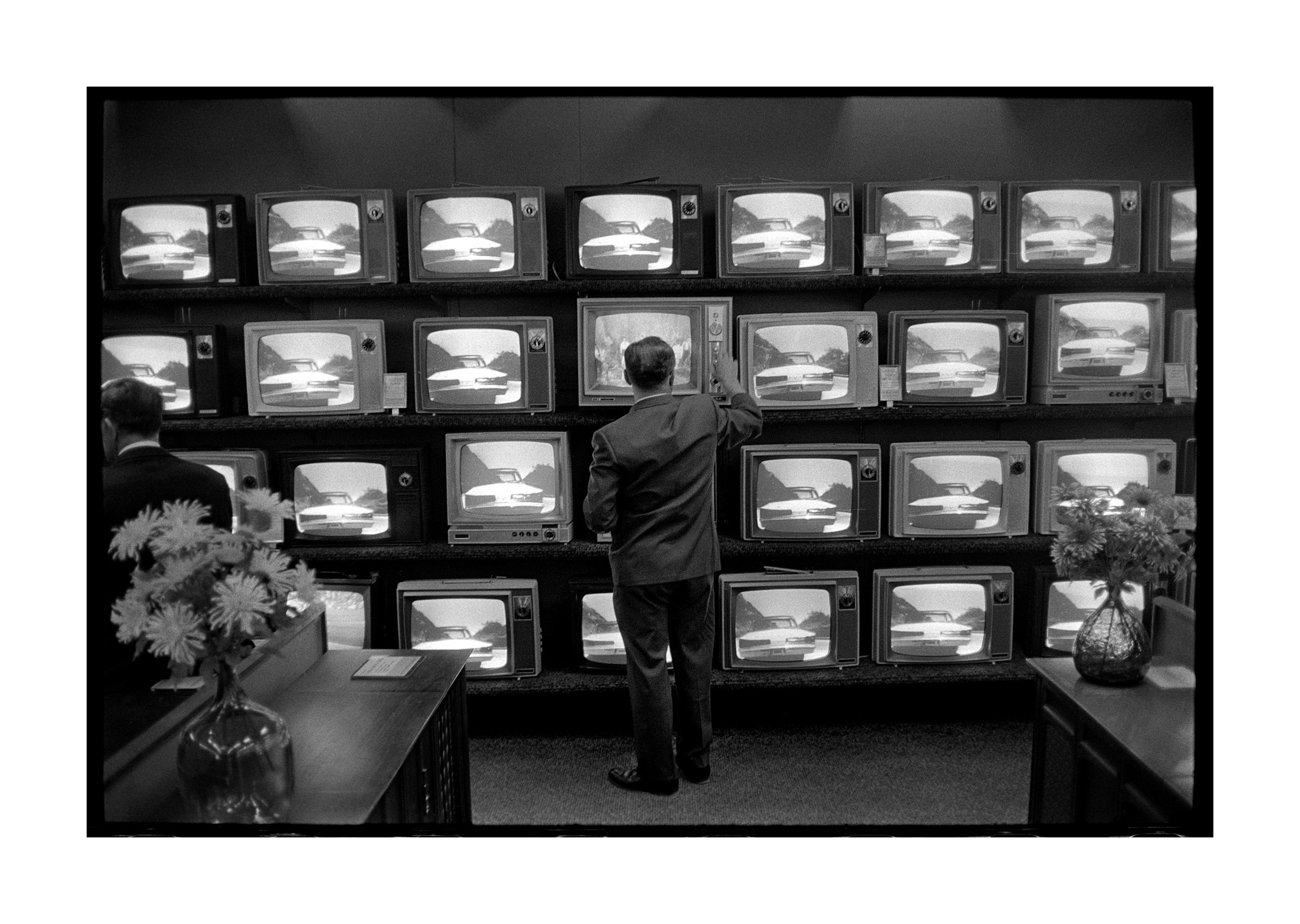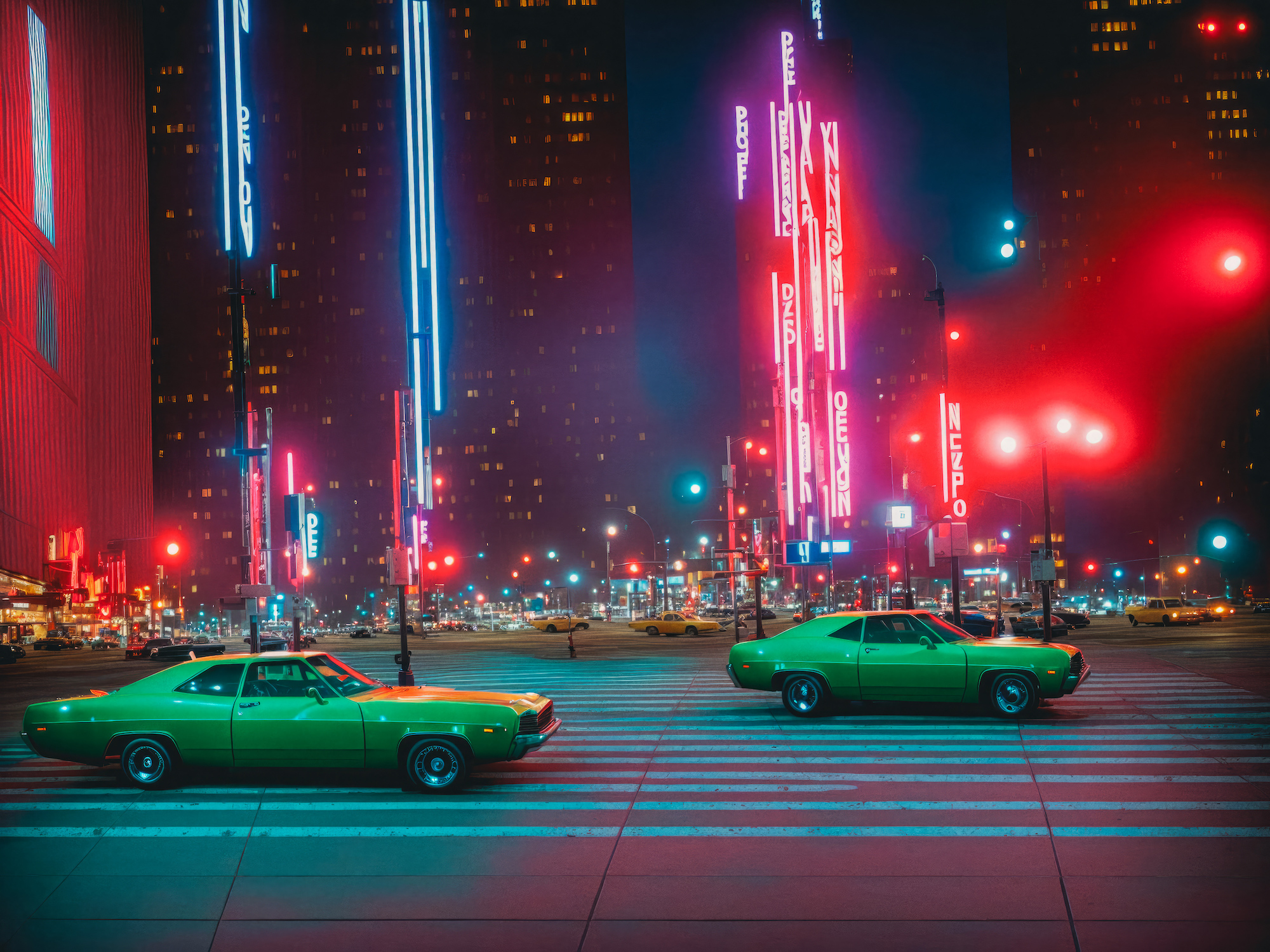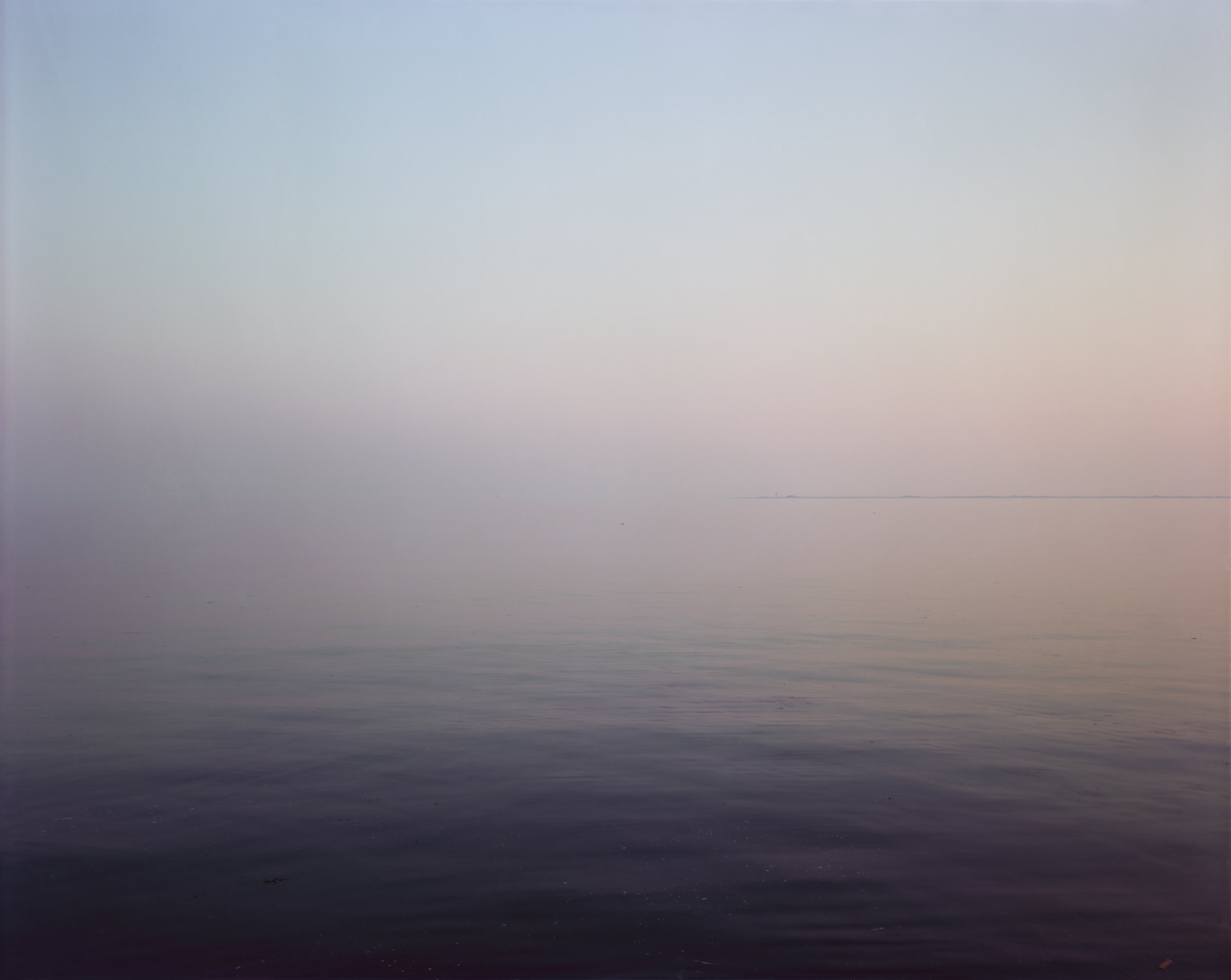Inquire
137 Reserve Club
Make an offer
Joel Meyerowitz
Cape Light
Joel Meyerowitz
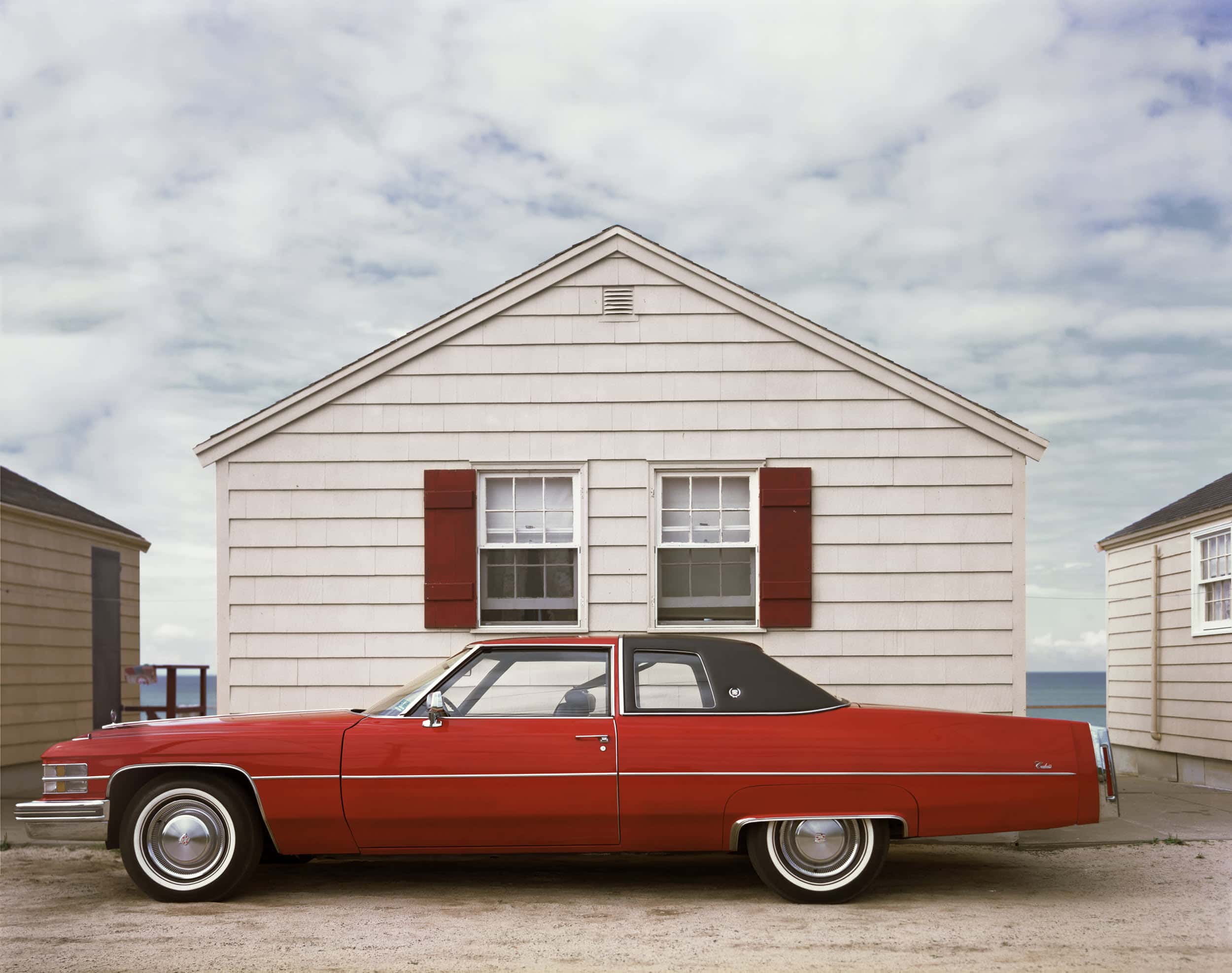
Joel Meyerowitz. Red Cadillac, Truro, Massachusetts, 1976
“I took myself off to Provincetown on Cape Cod so I could summer with my family, and learn how to see in 8×10, in which the image is upside down and reversed, while beginning to learn to use Time in seconds, rather than in 1000th of a second. Well, Cape Cod is not 5th Avenue, but the light out there on that 60-mile-long sandbar in the Atlantic is unlike light on the mainland. Every molecule of moisture refracts light like a prism; while on the mainland there is a particle of dirt in every drop of atmosphere. Once I recognized that, then everything changed. Light, in all its intensity and tone, became my subject. Just as in 35mm, you can only photograph where you are and what you see there.” – Joel Meyerowitz.
Details
Edition Size:
NFT 1/1
Resolution:
4k
Reserve Price:
4 ETH(From)
Works:
66
Sold:
31
Sales:
140.85 ETH
On SuperRare
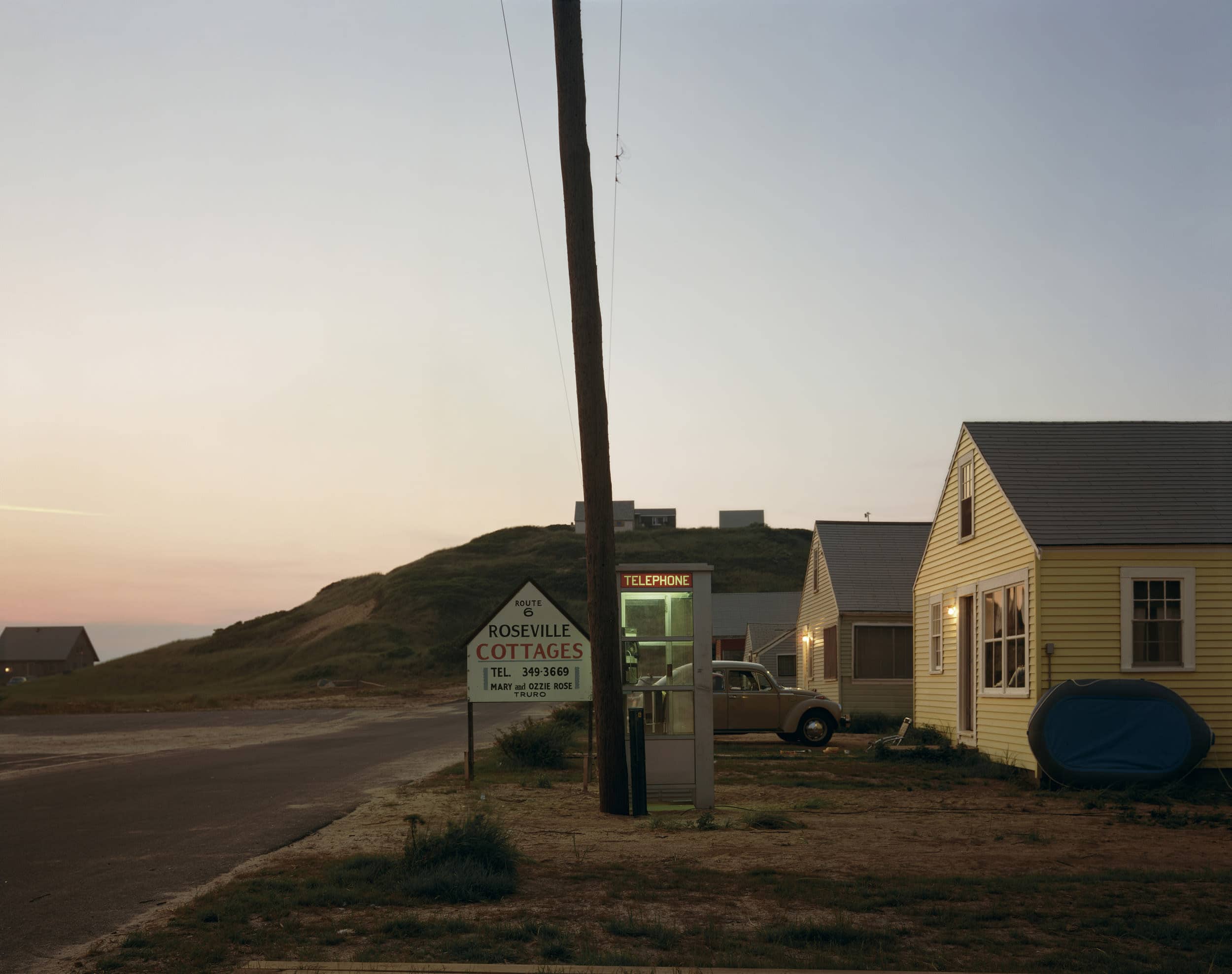
Joel Meyerowitz
Roseville Cottages, Truro, Massachusetts, 1976
On SuperRare
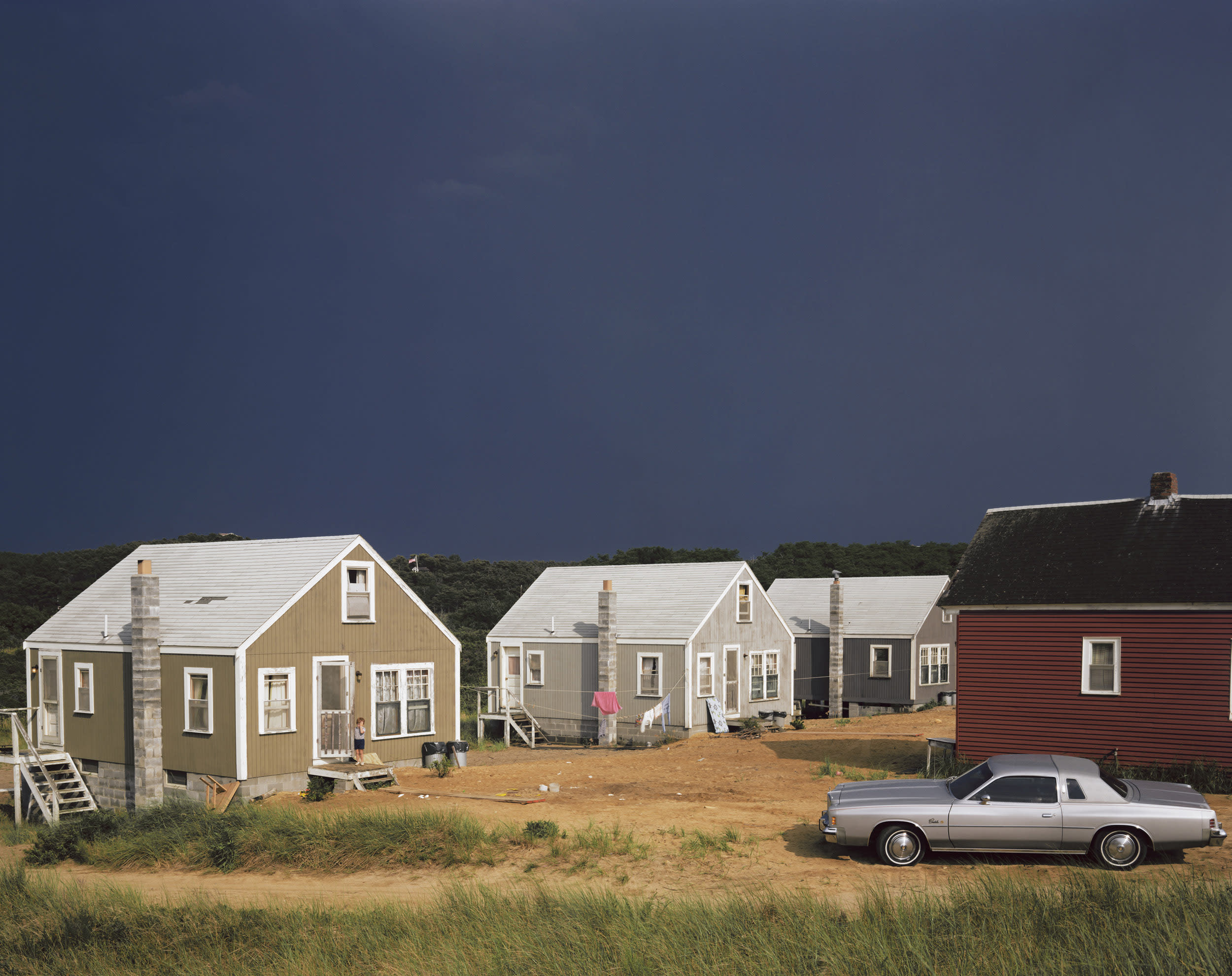
Joel Meyerowitz
Truro, Massachusetts, 1976
On SuperRare

Joel Meyerowitz
Red Cadillac, Truro, Massachusetts, 1976
On SuperRare
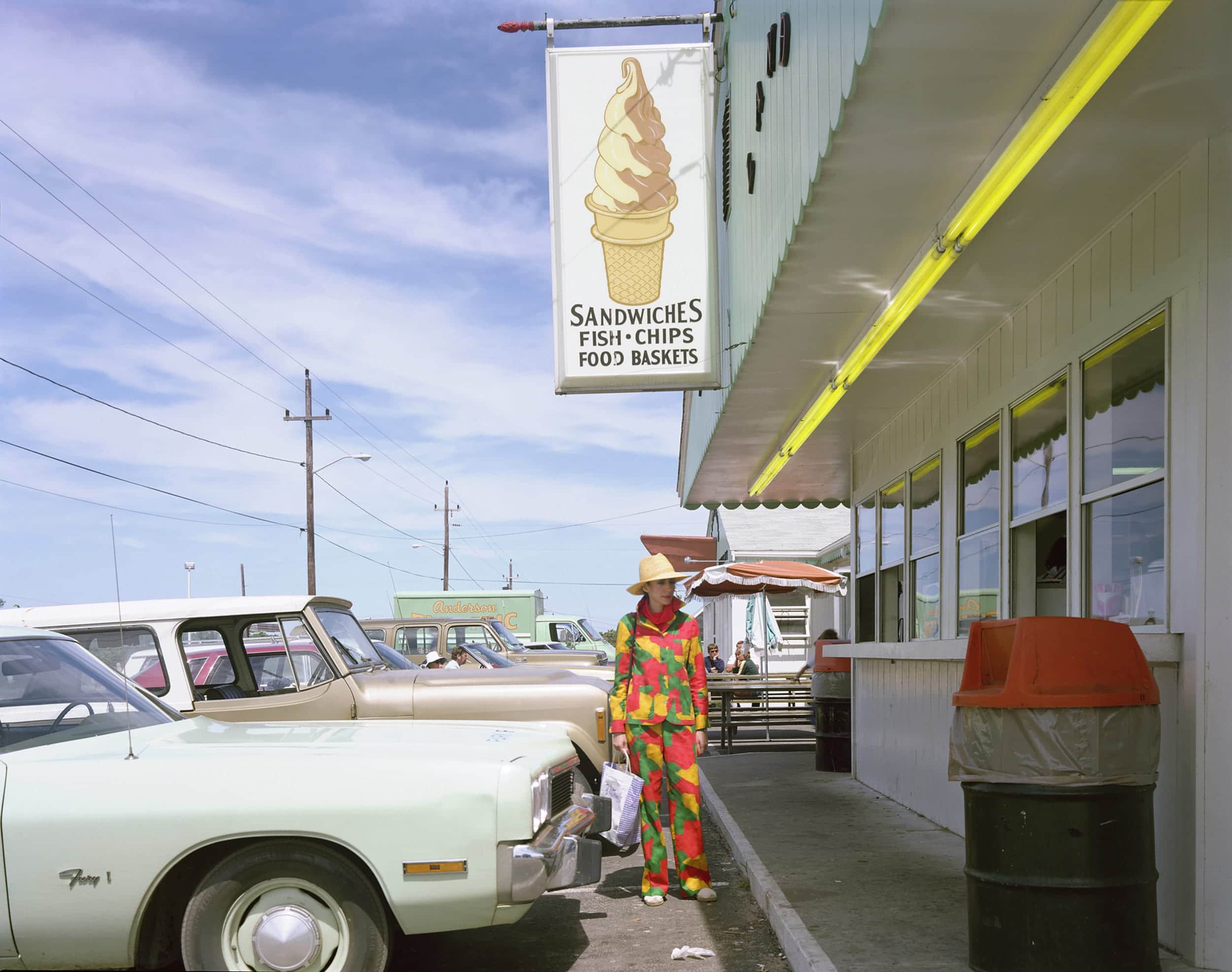
Joel Meyerowitz
Provincetown, Massachusetts, 1976
On SuperRare
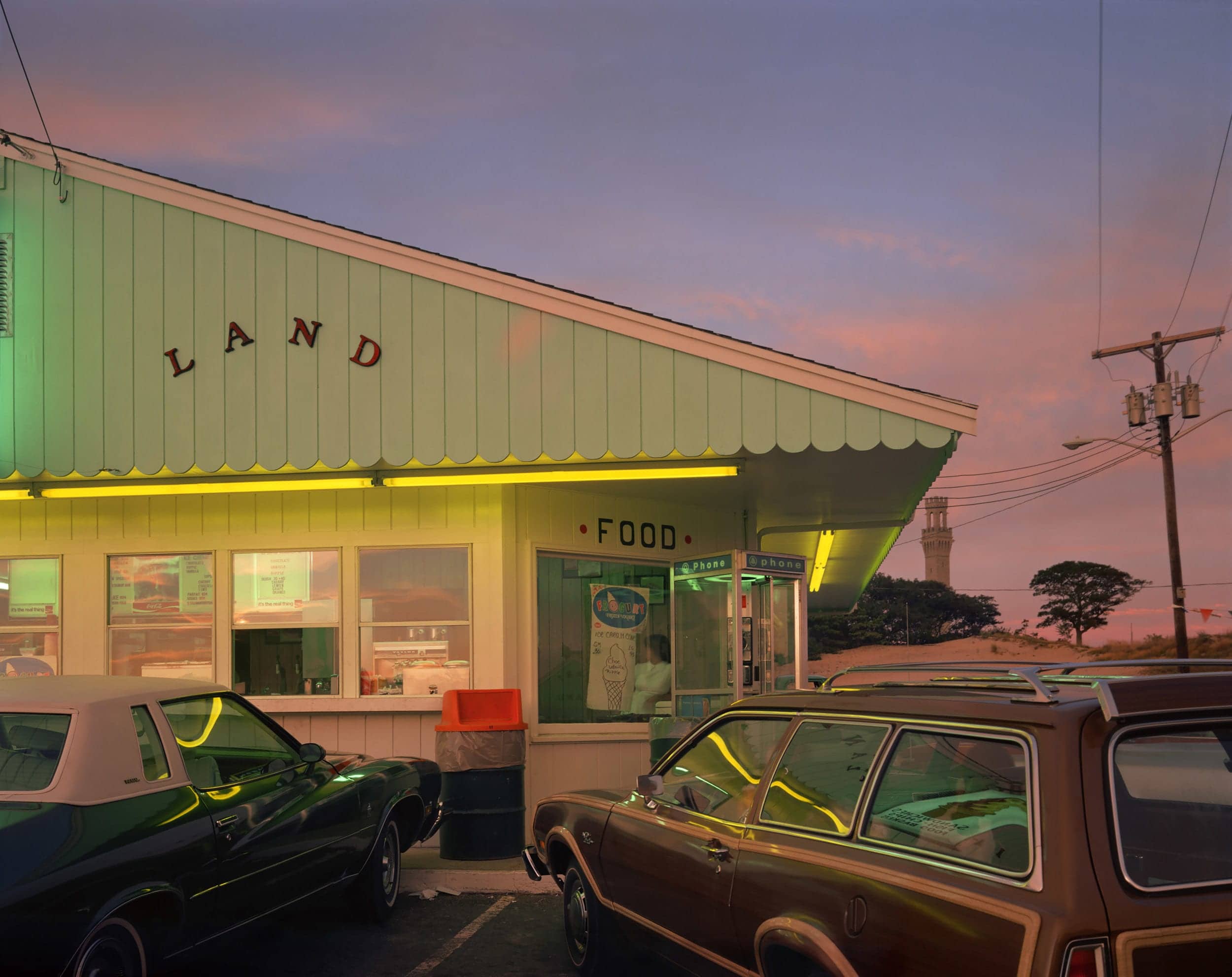
Joel Meyerowitz
Provincetown, Massachusetts, 1976
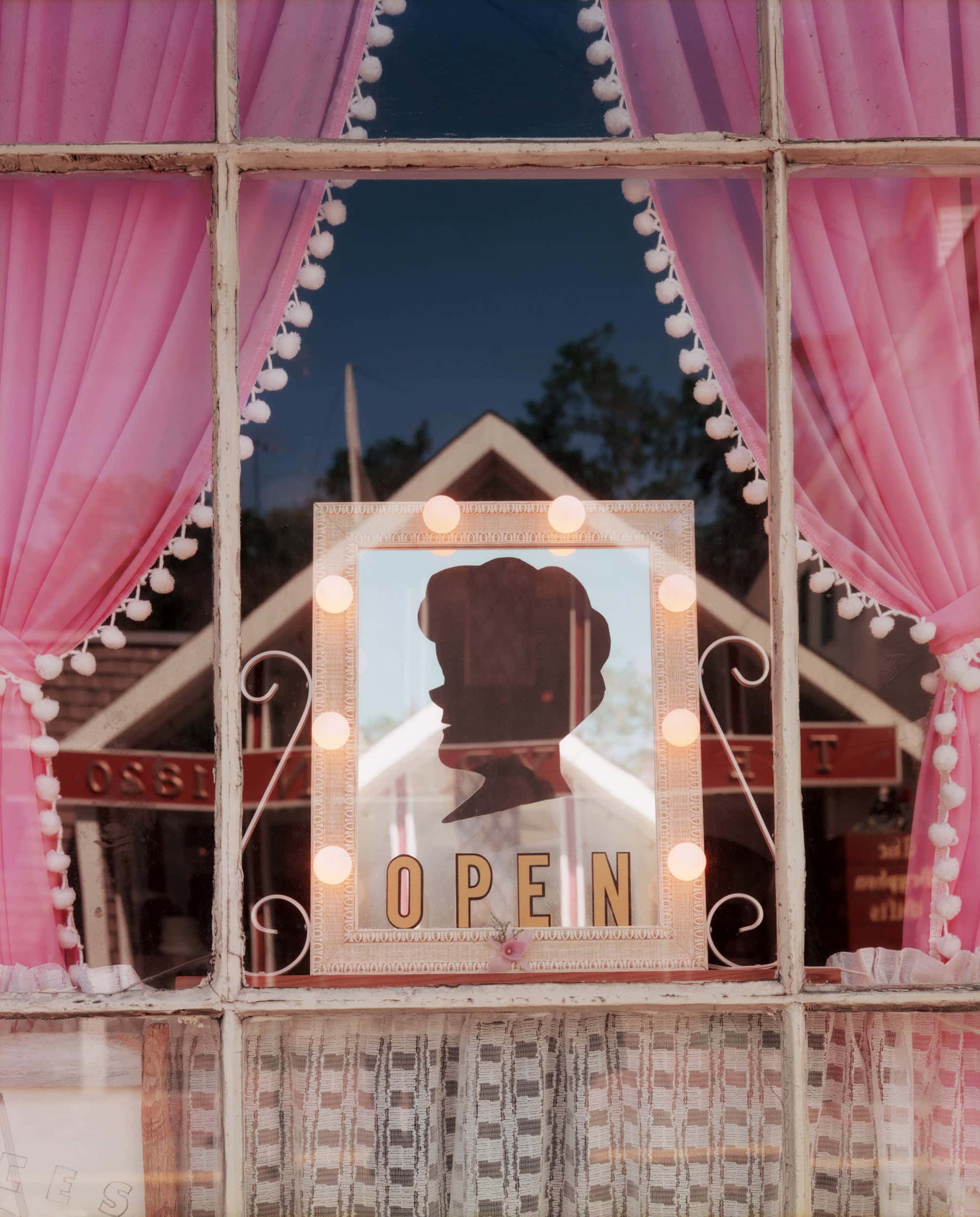
Joel Meyerowitz
Provincetown, Massachusetts, 1976
On SuperRare
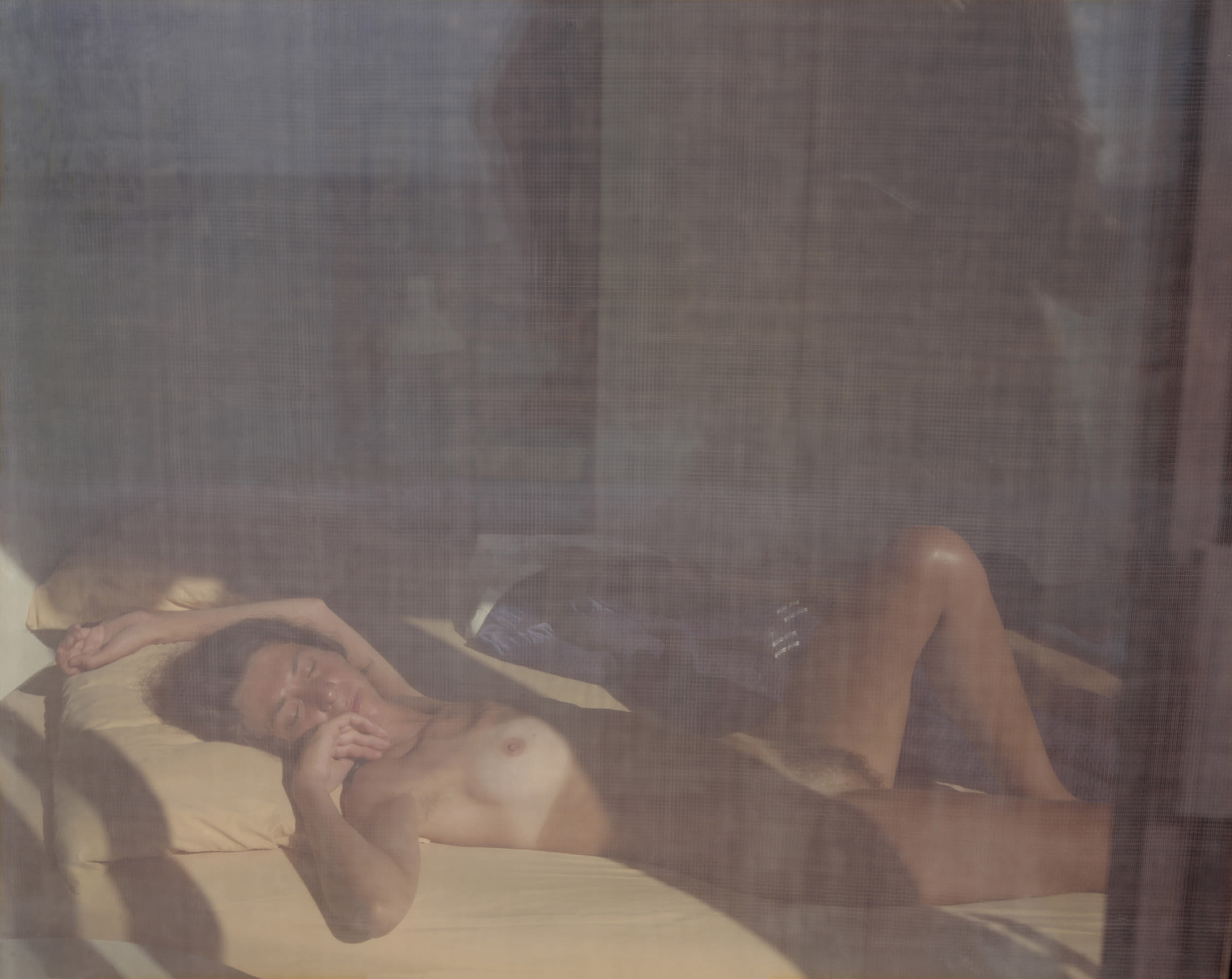
Joel Meyerowitz
Vivian, Provincetown, Massachusetts, 1976

Joel Meyerowitz
Longnook Beach, Truro, Massachusetts, 1976
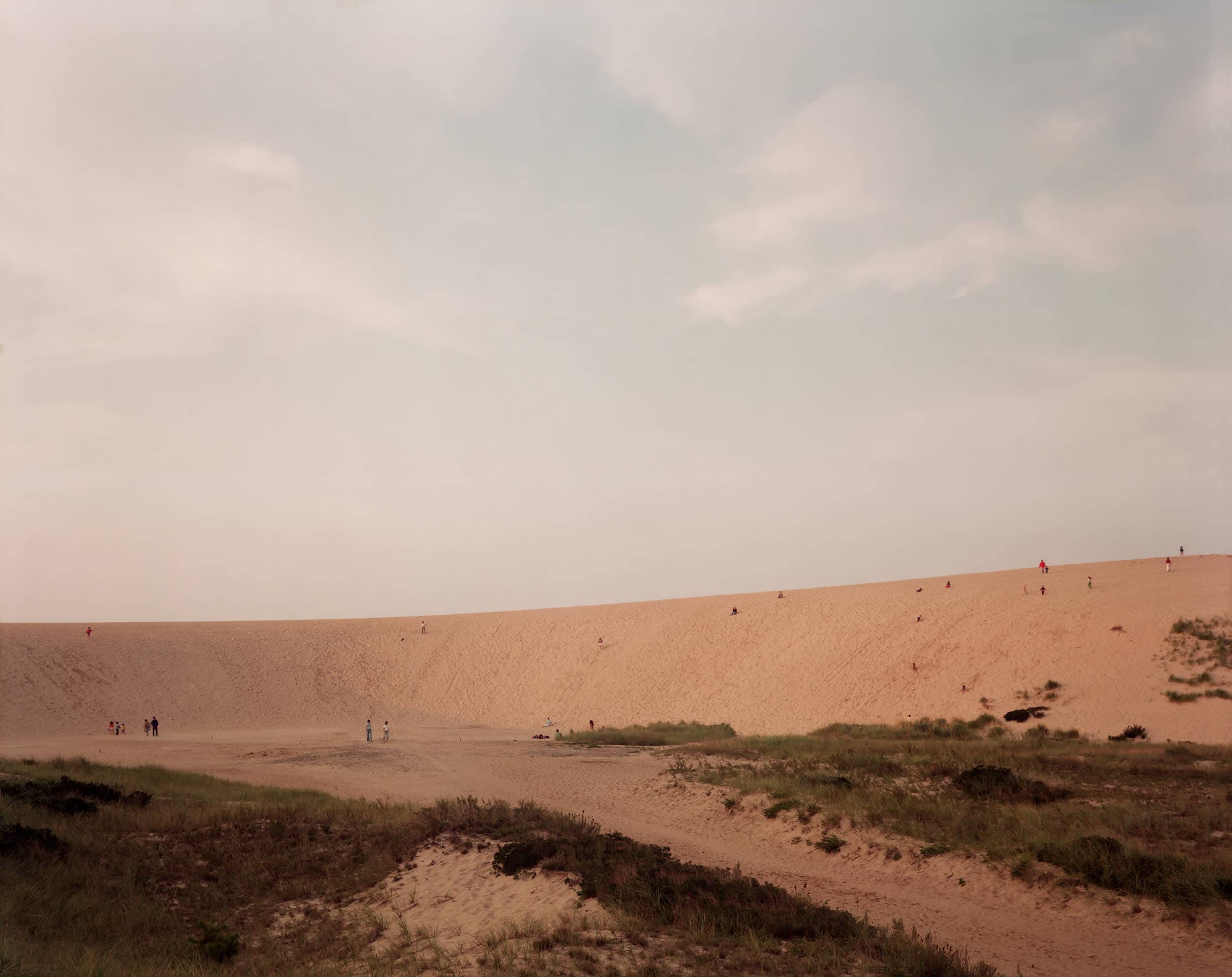
Joel Meyerowitz
Provincetown, Massachusetts, 1976
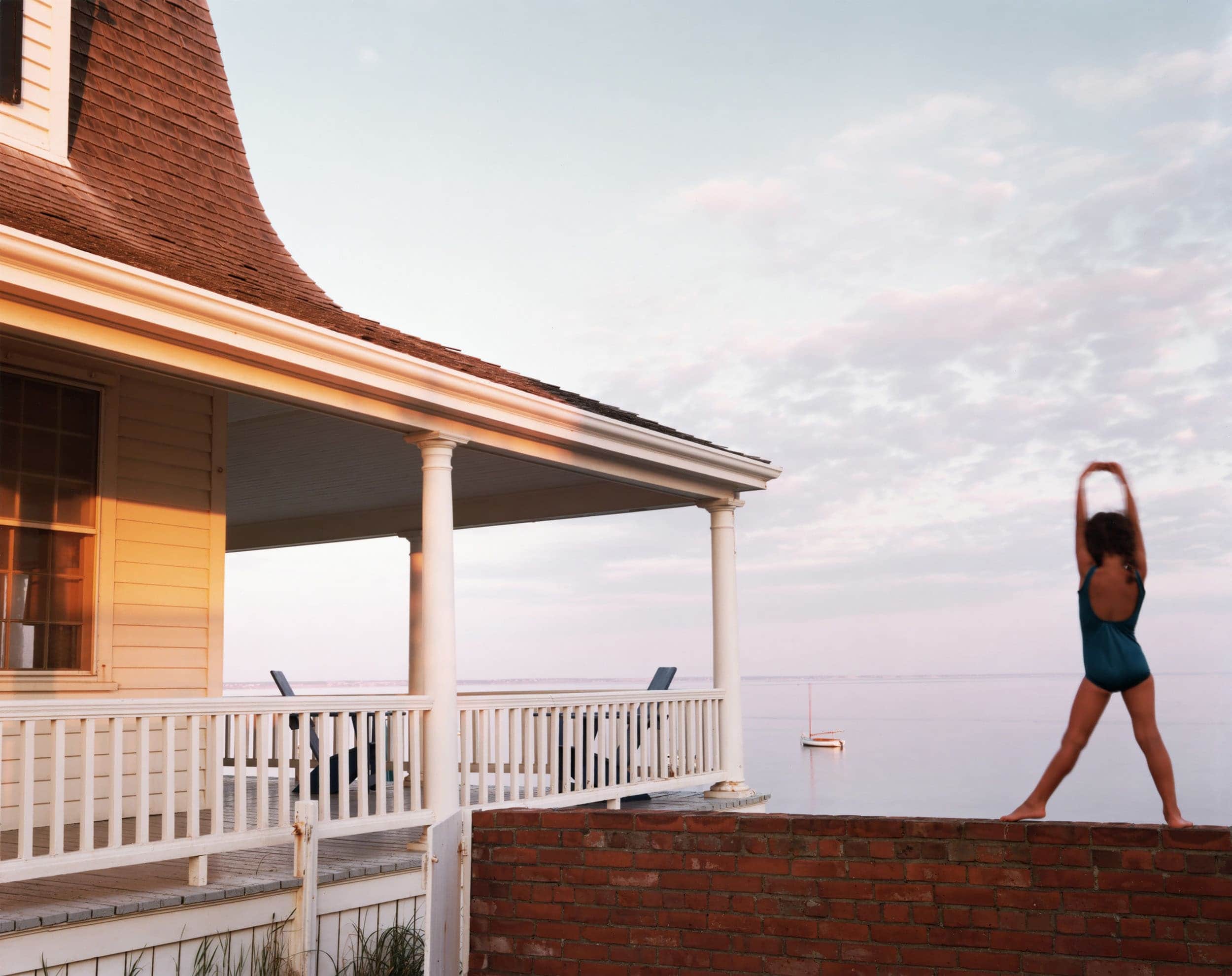
Joel Meyerowitz
Porch, Provincetown, Massachusetts, 1977
On SuperRare
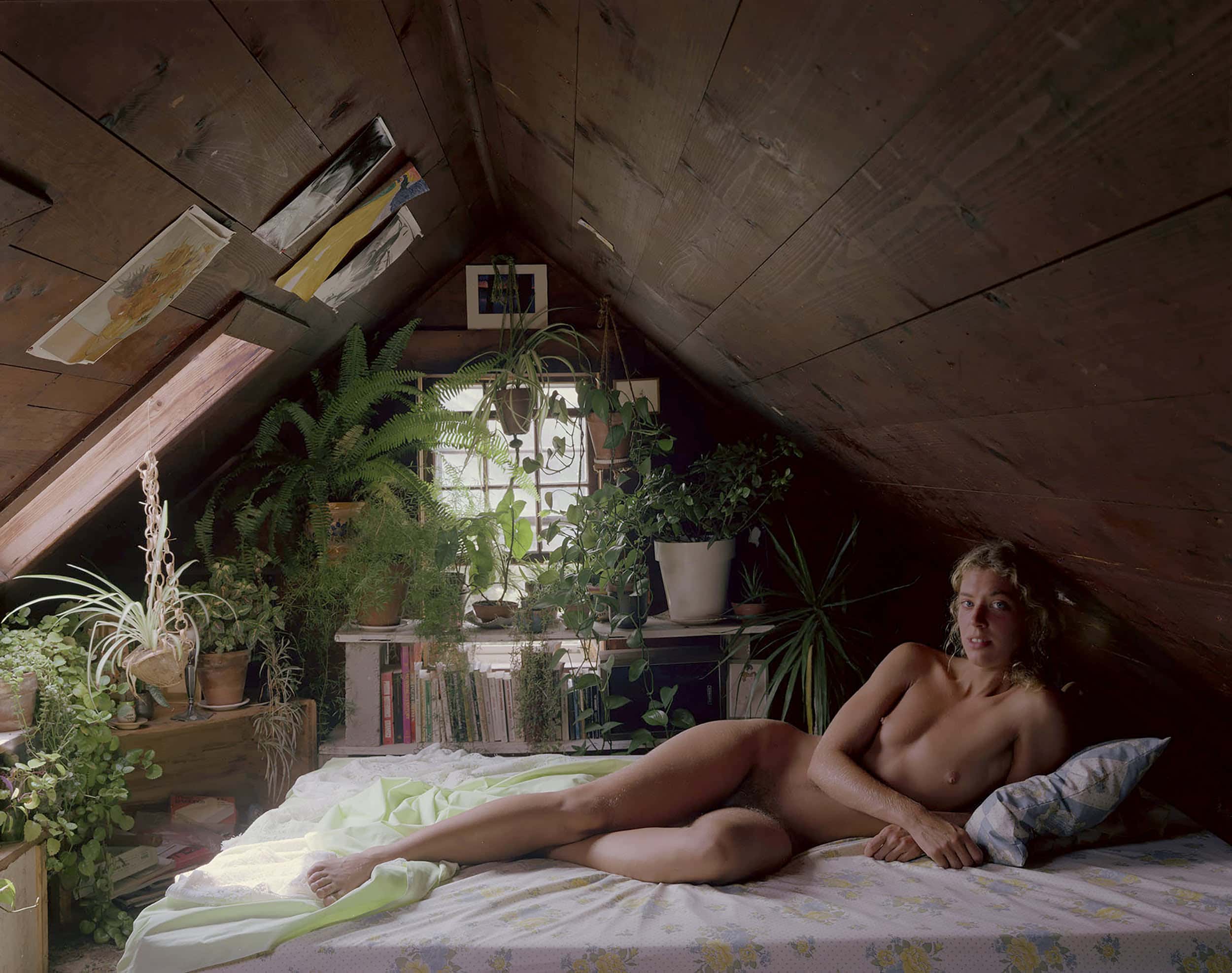
Joel Meyerowitz
Provincetown, Massachusetts, 1977
On SuperRare
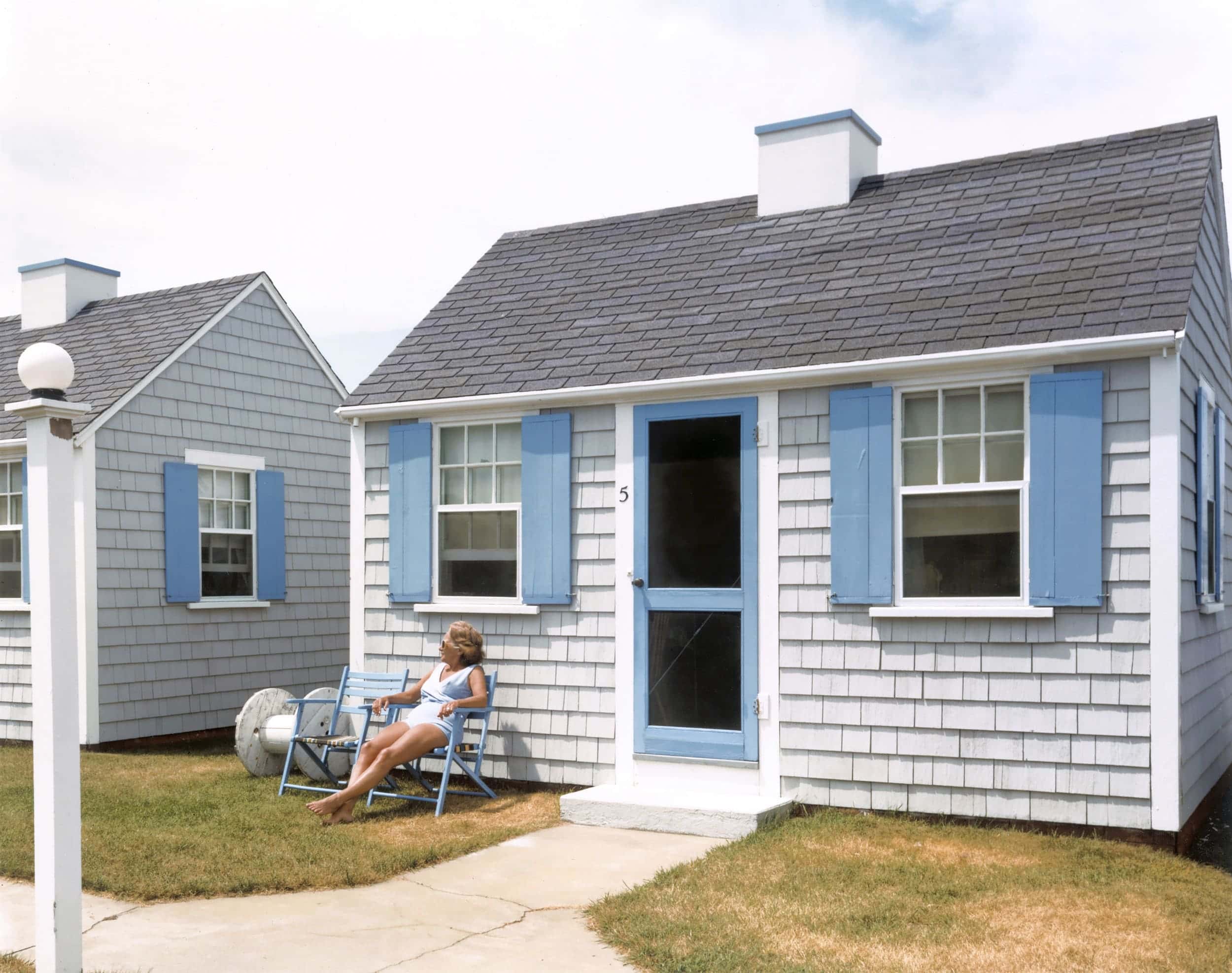
Joel Meyerowitz
Provincetown, Massachusetts, 1977
On SuperRare
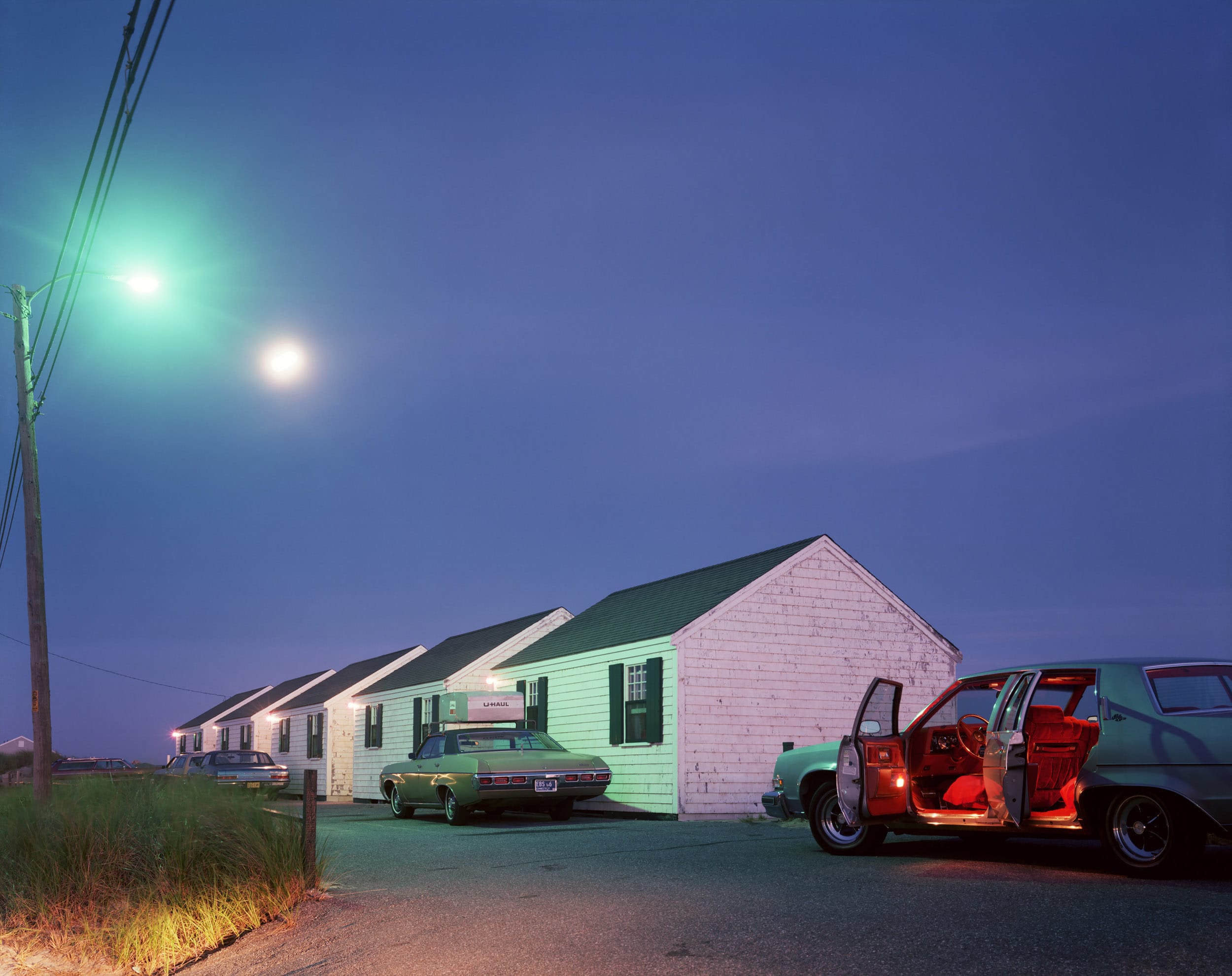
Joel Meyerowitz
Red Interior, Provincetown, Massachusetts, 1977
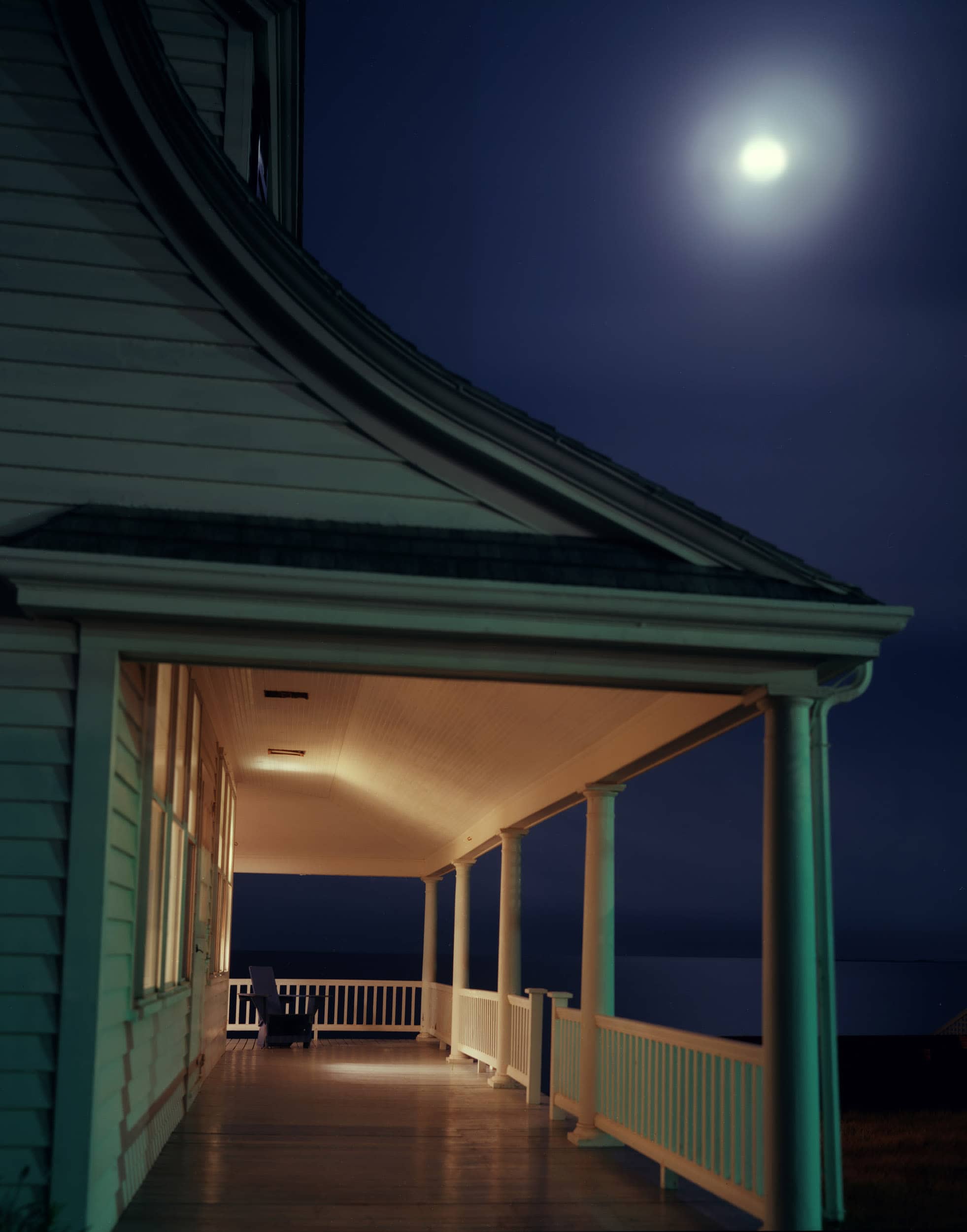
Joel Meyerowitz
Provincetown, Massachusetts, 1977
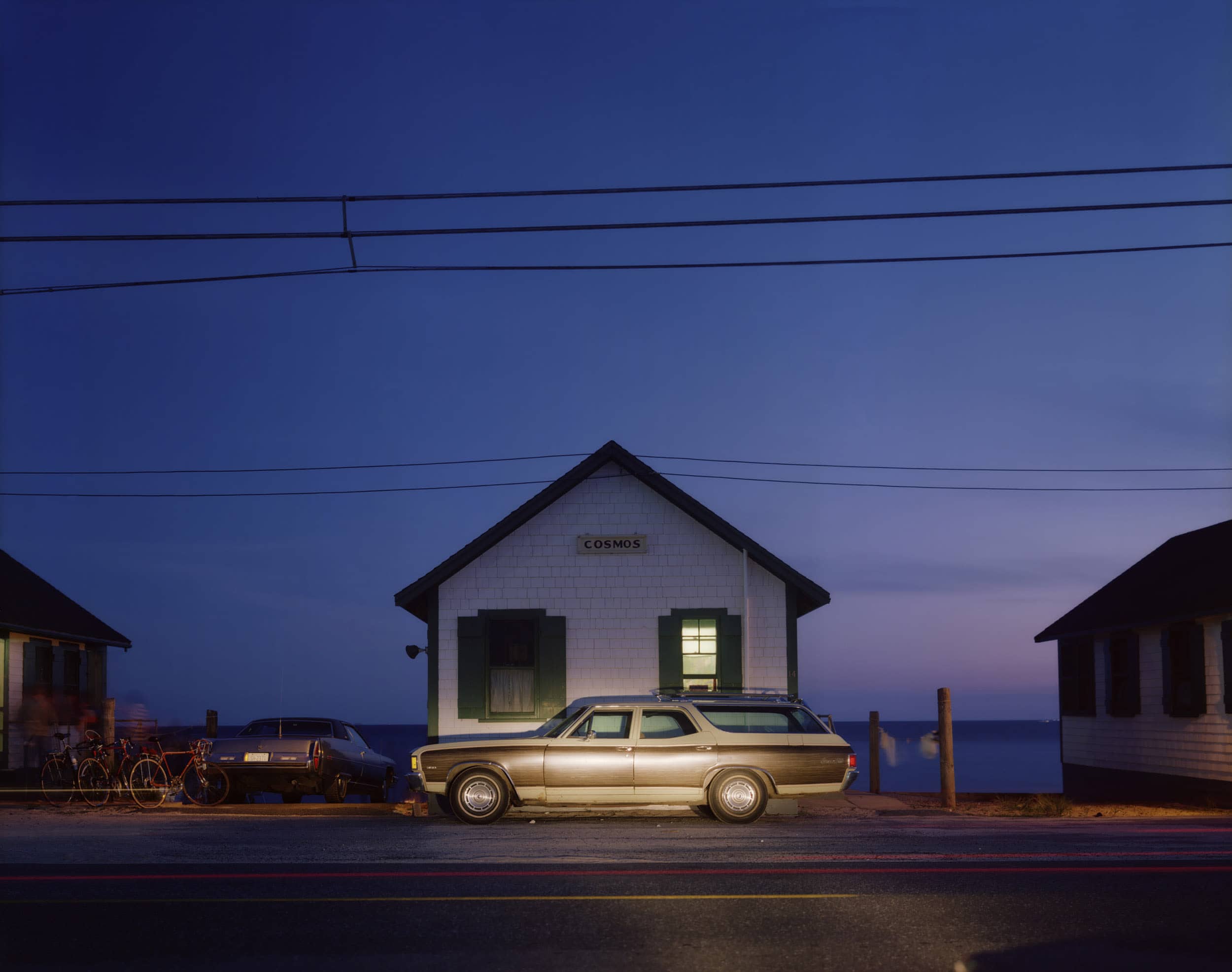
Joel Meyerowitz
Truro, Massachusetts,1977, 1977
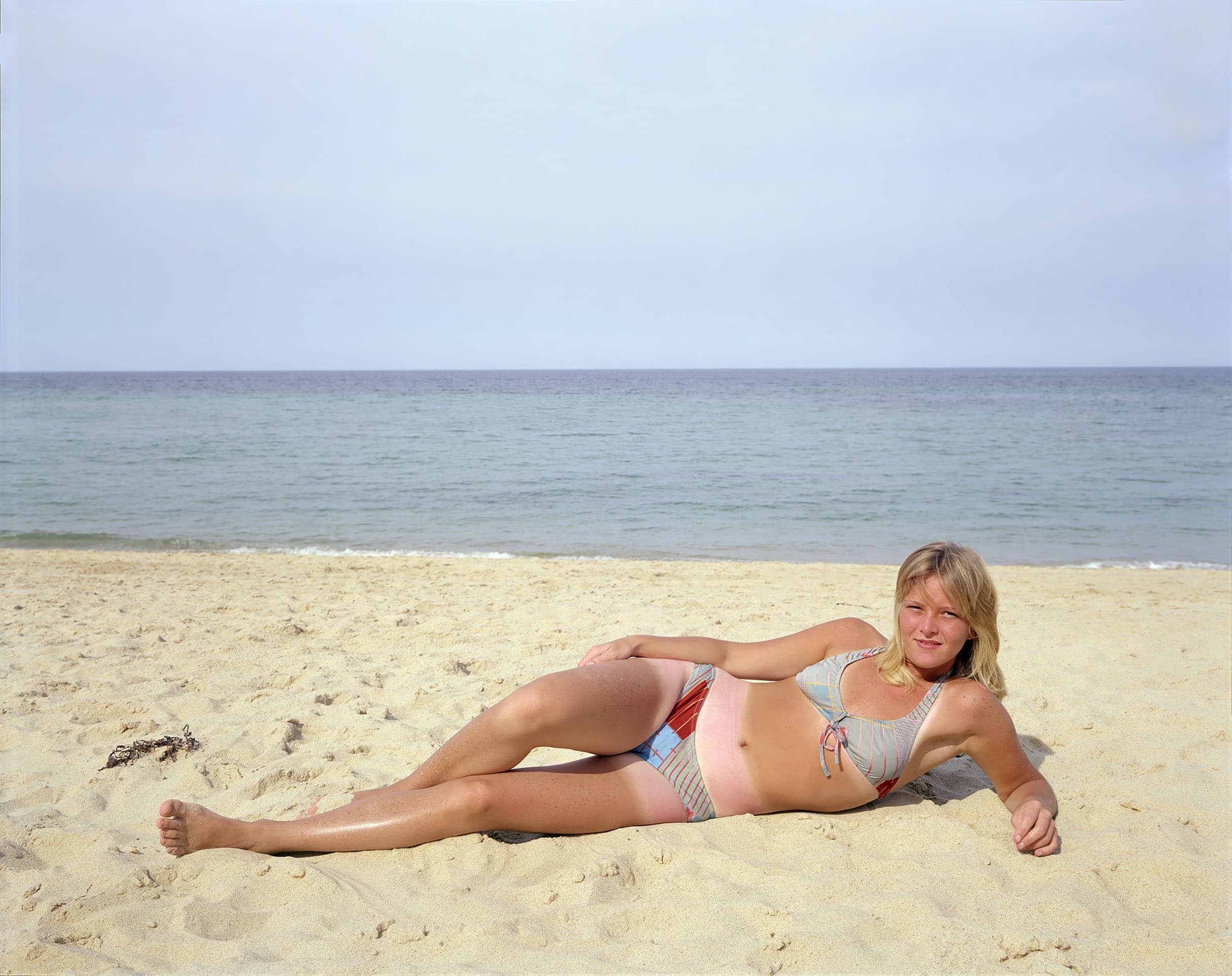
Joel Meyerowitz
Nora, Longnook Beach, Cape Cod, Massachusetts, 1977
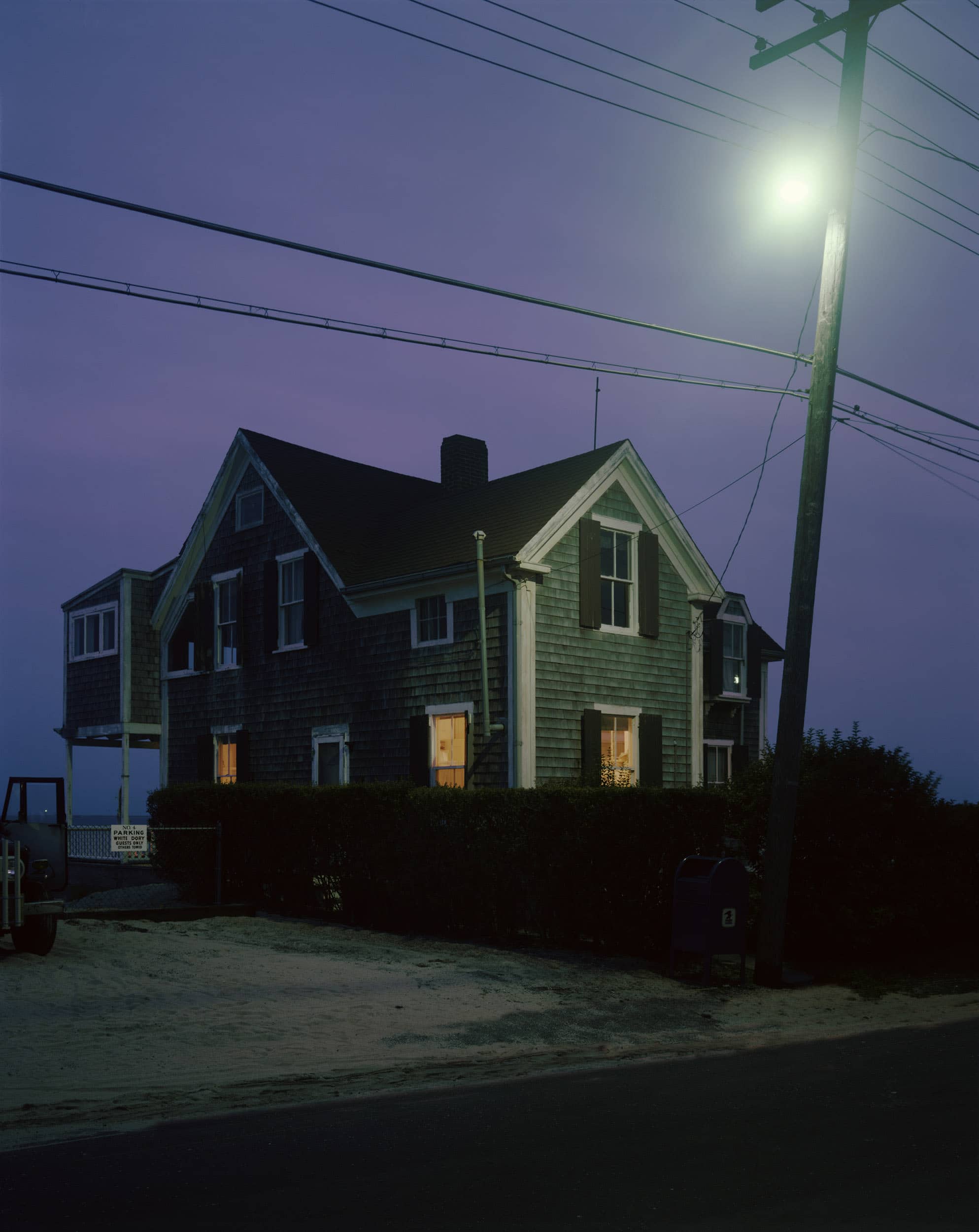
Joel Meyerowitz
Provincetown, Massachusetts, 1977
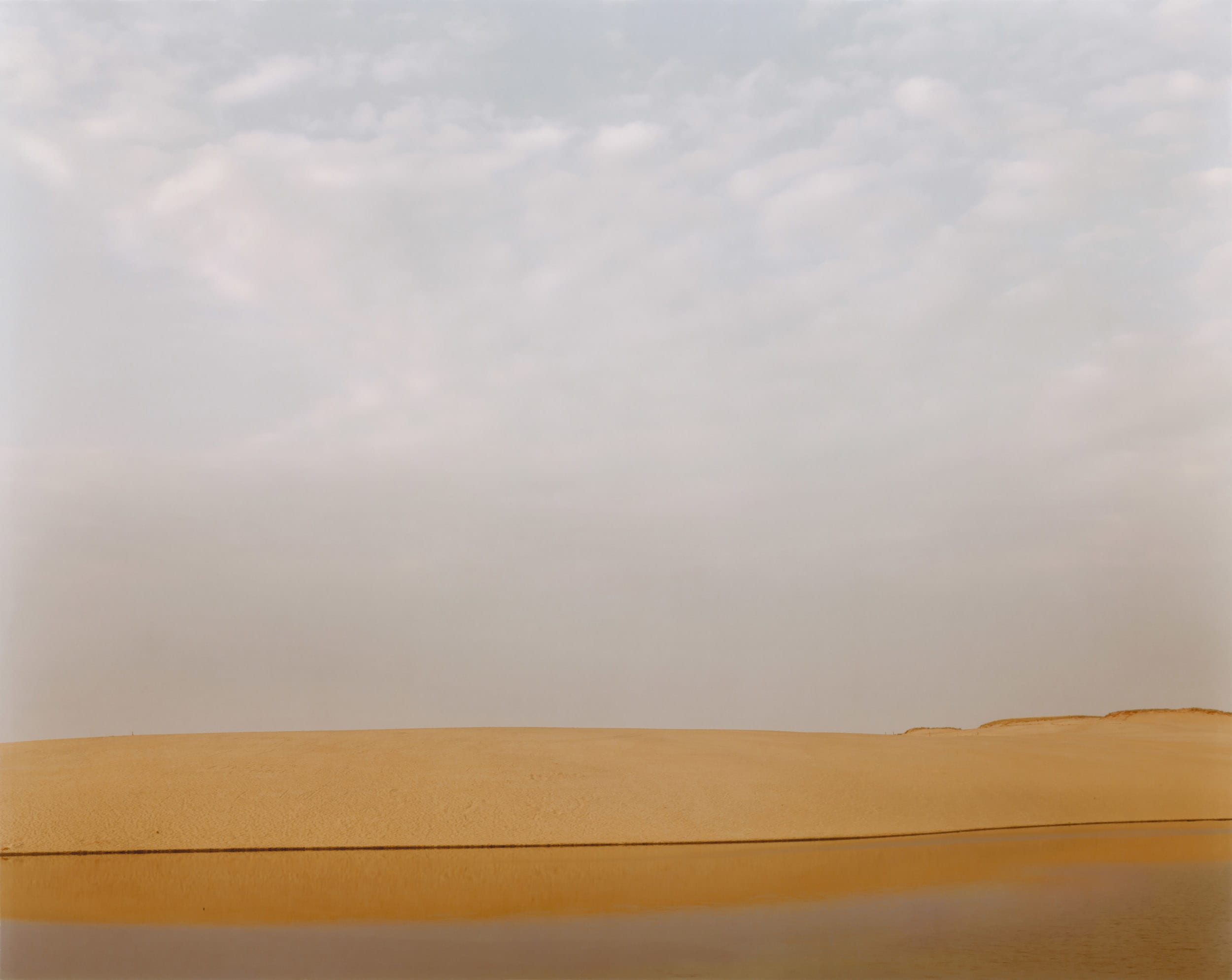
Joel Meyerowitz
Provincetown, Massachusetts, 1977
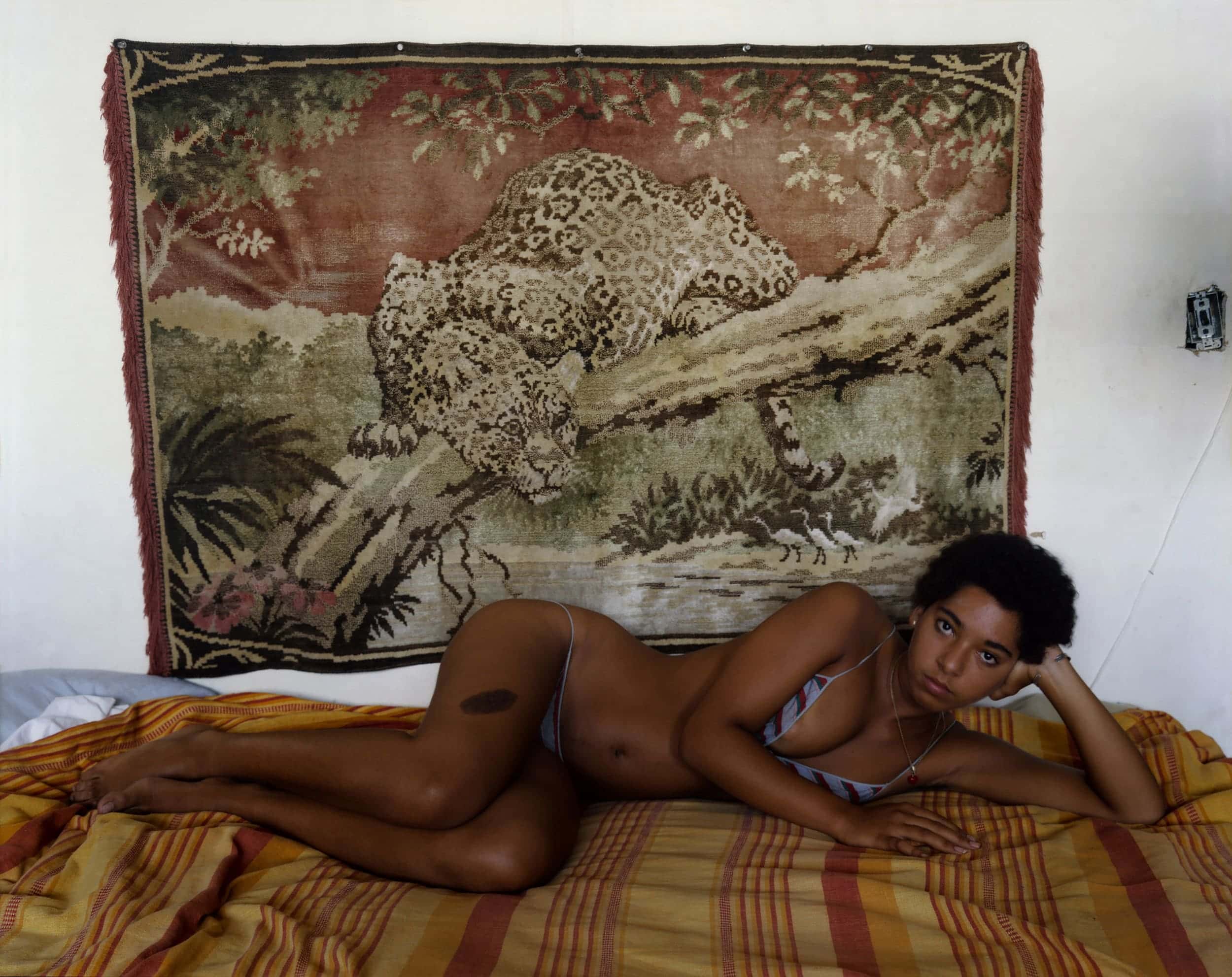
Joel Meyerowitz
Justine, Provincetown, Massachusetts, 1977
On SuperRare
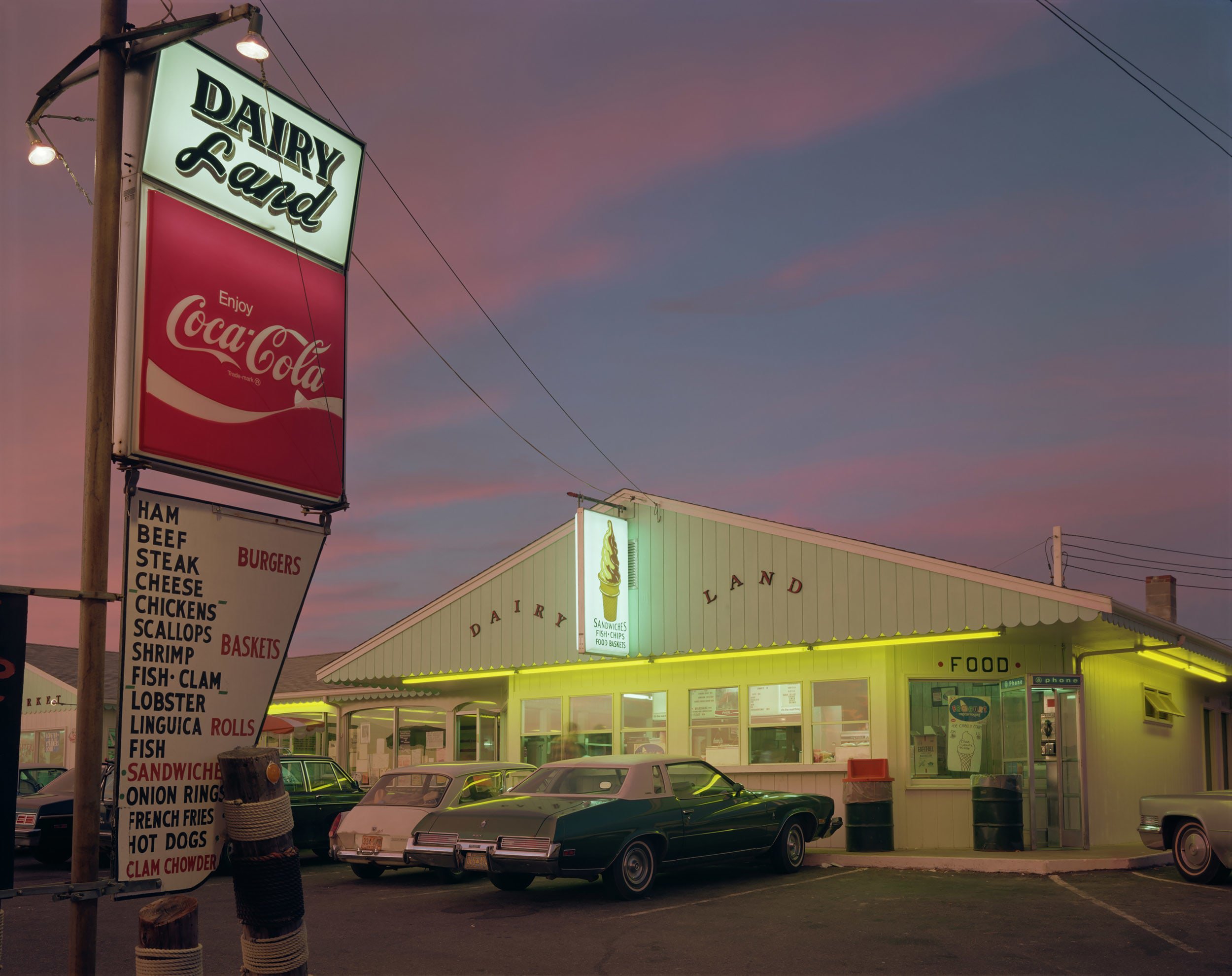
Joel Meyerowitz
Dairy Land, Provincetown, Massachusetts, 1976
On SuperRare
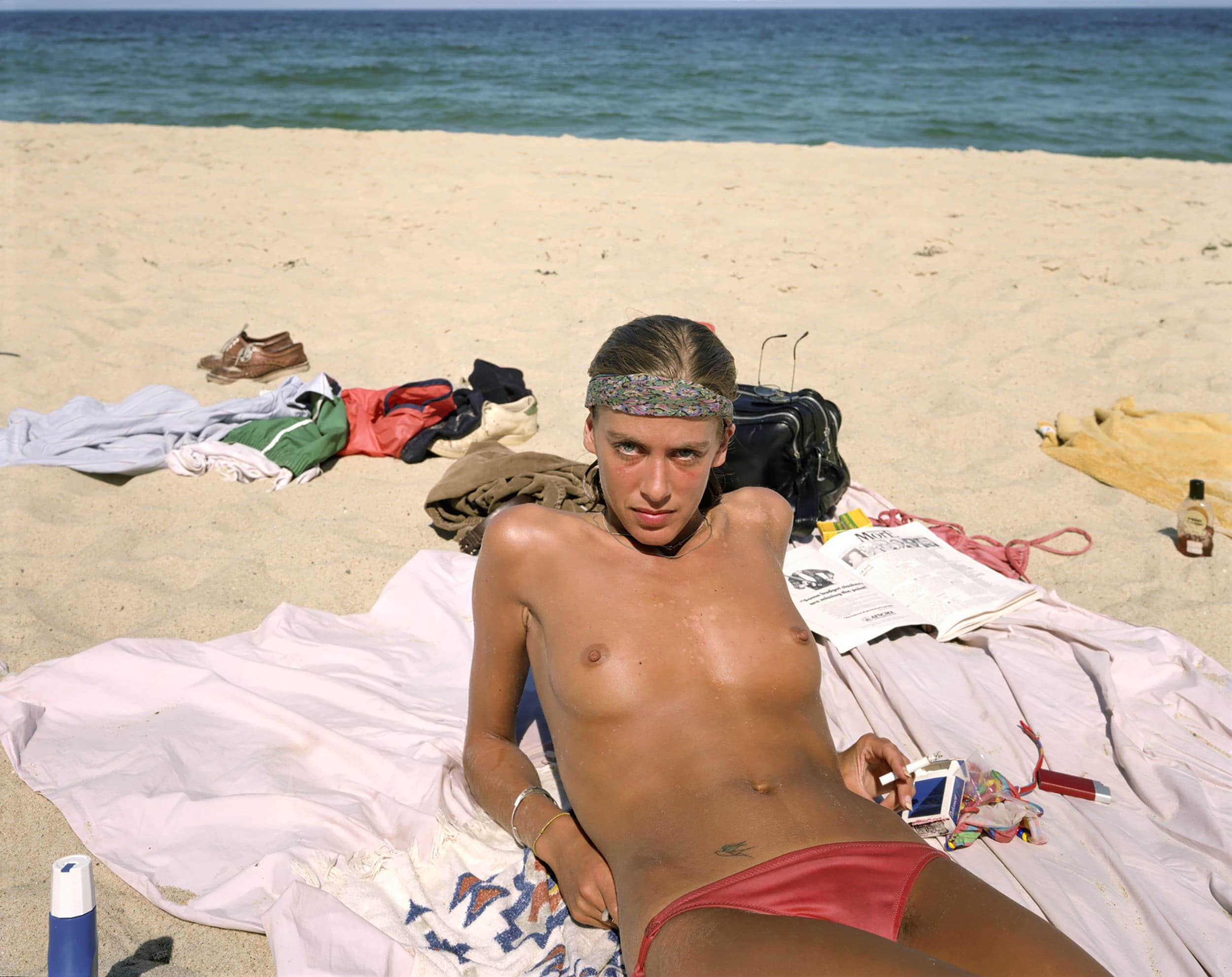
Joel Meyerowitz
Longnook, Massachusetts, 1977
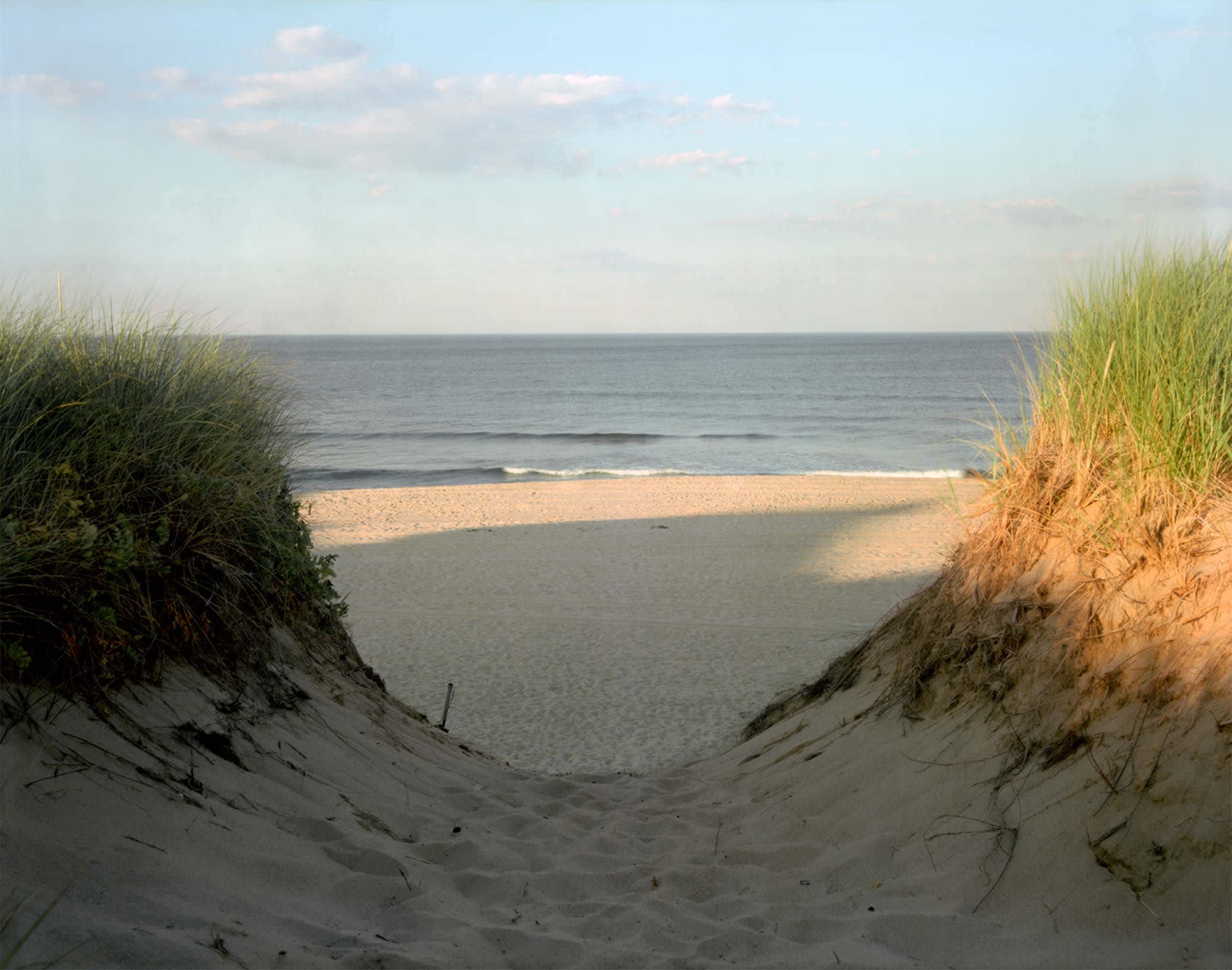
Joel Meyerowitz
The Hollow, Ballston Beach, Truro, Massachusetts, 1980
On SuperRare
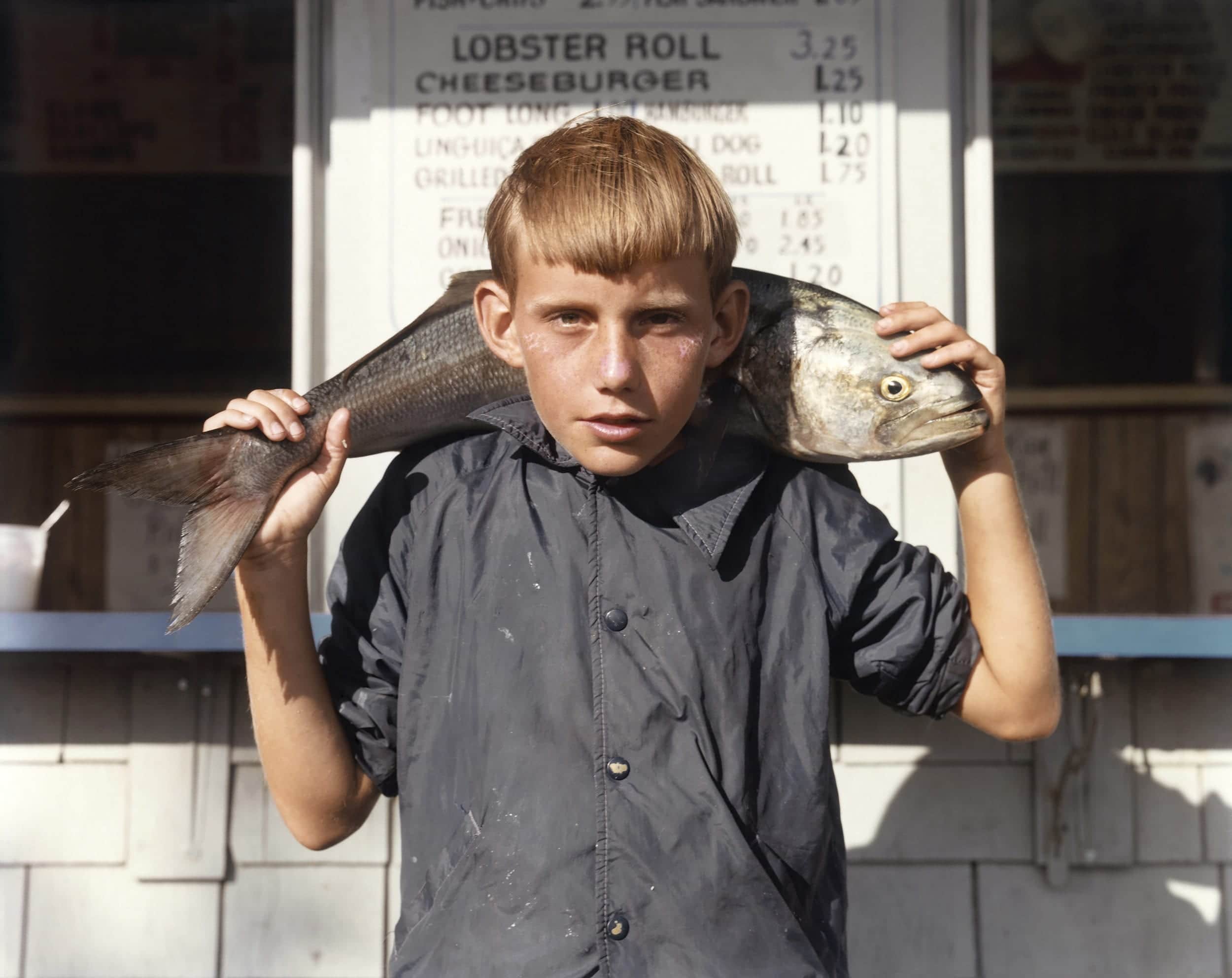
Joel Meyerowitz
Chuckie, Provincetown, Massachusetts, 1980
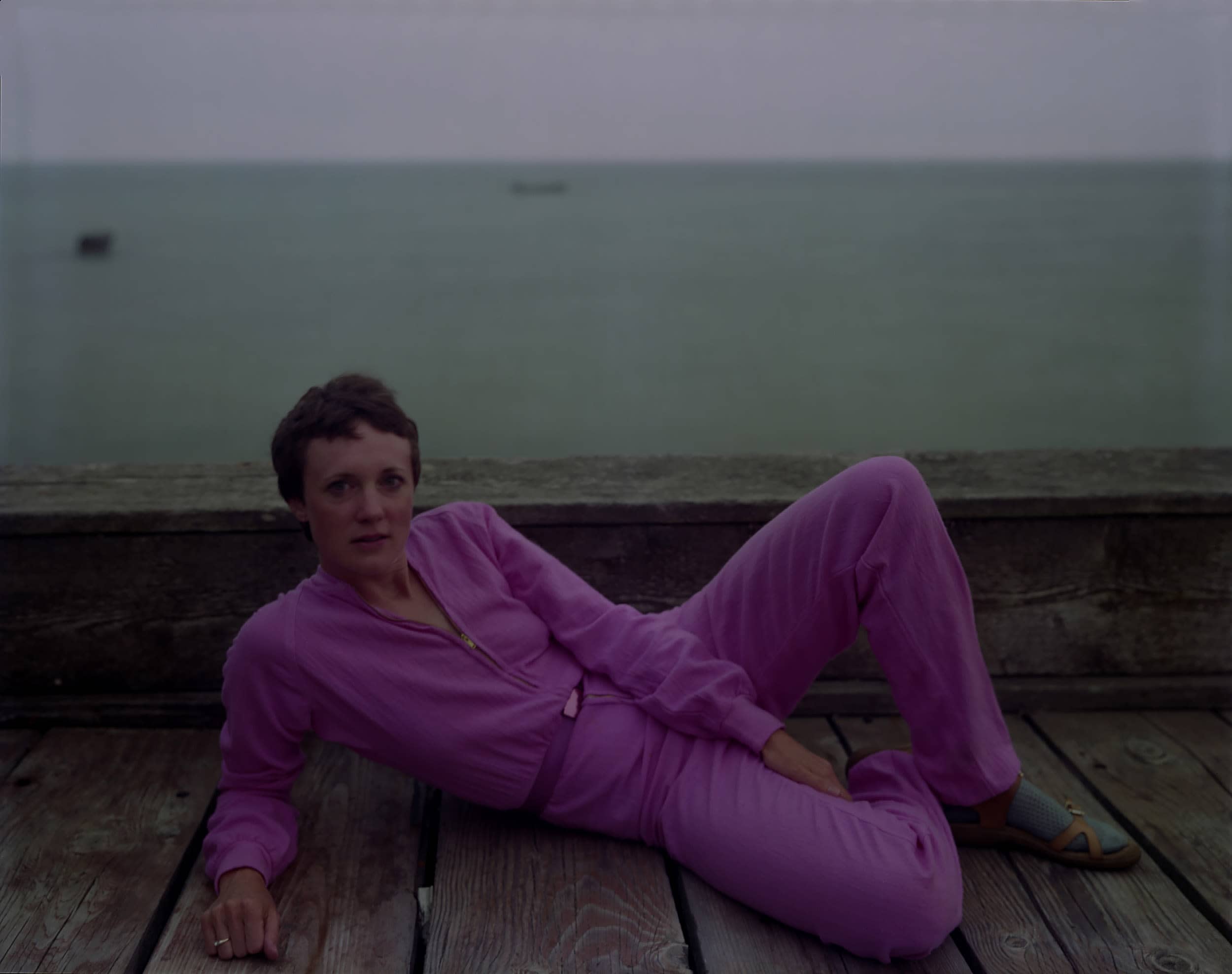
Joel Meyerowitz
Provincetown, Massachusetts, 1980
On SuperRare
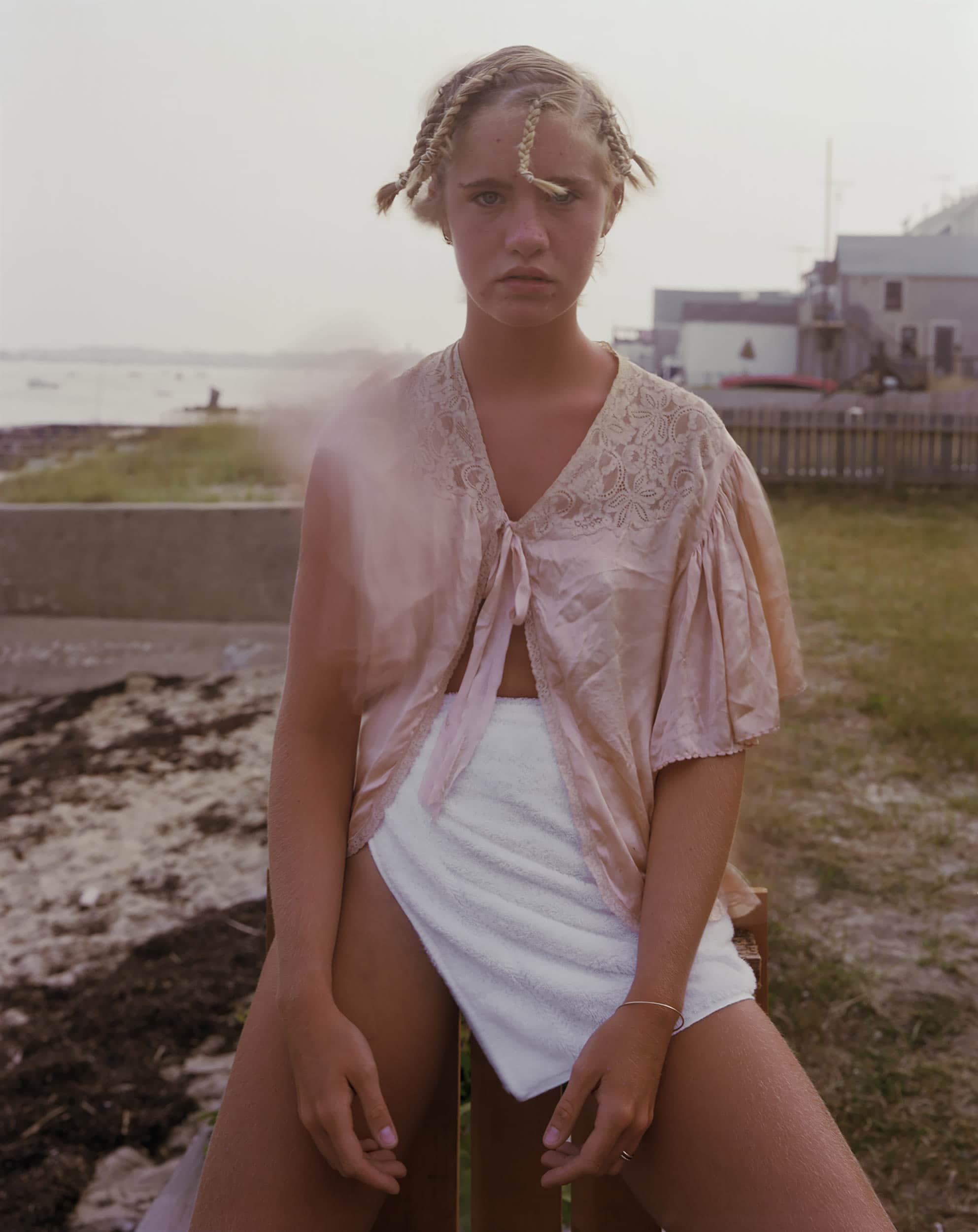
Joel Meyerowitz
Cape Cod, Massachusetts, 1981
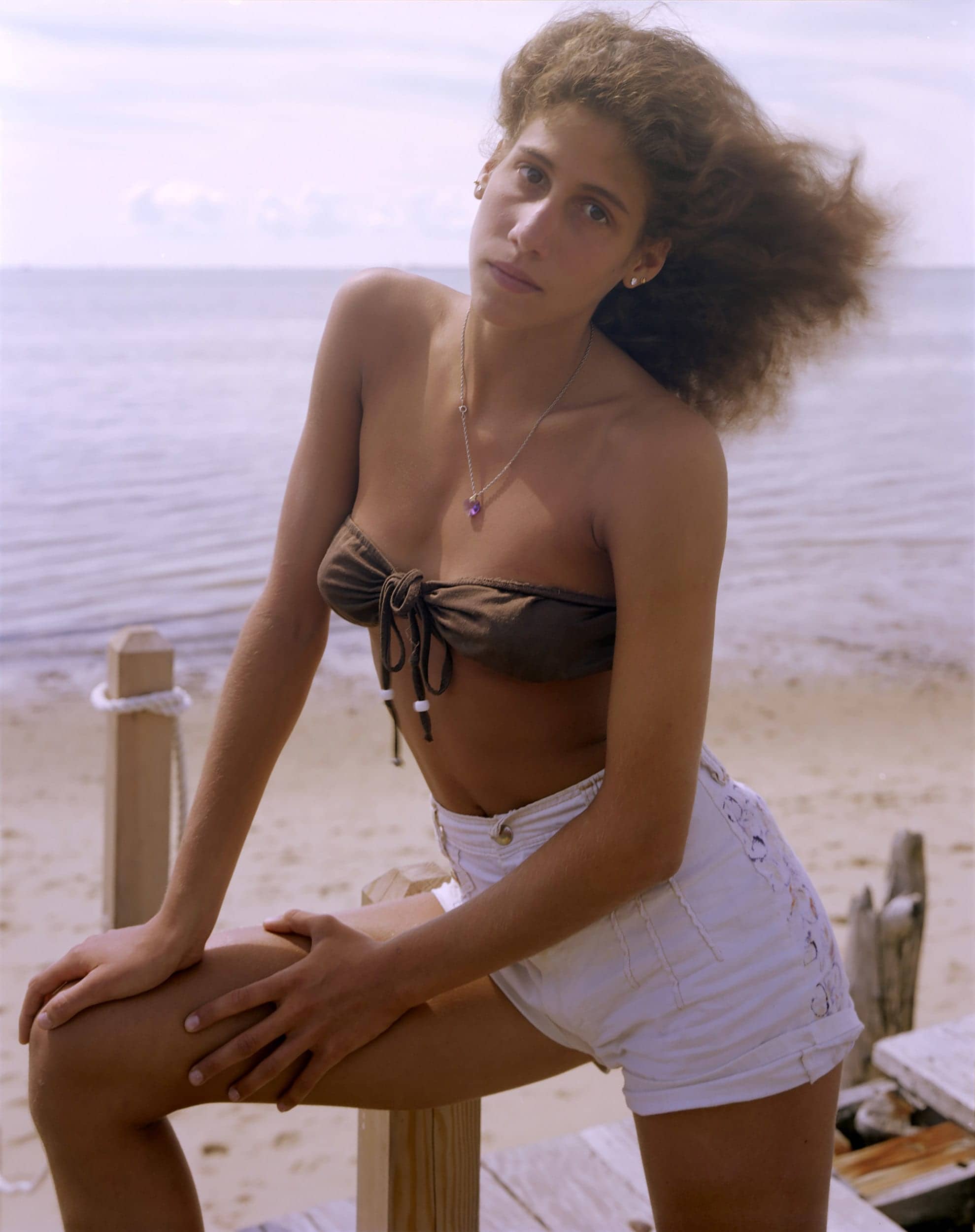
Joel Meyerowitz
Ellie, Cape Cod, Massachusetts, 1981
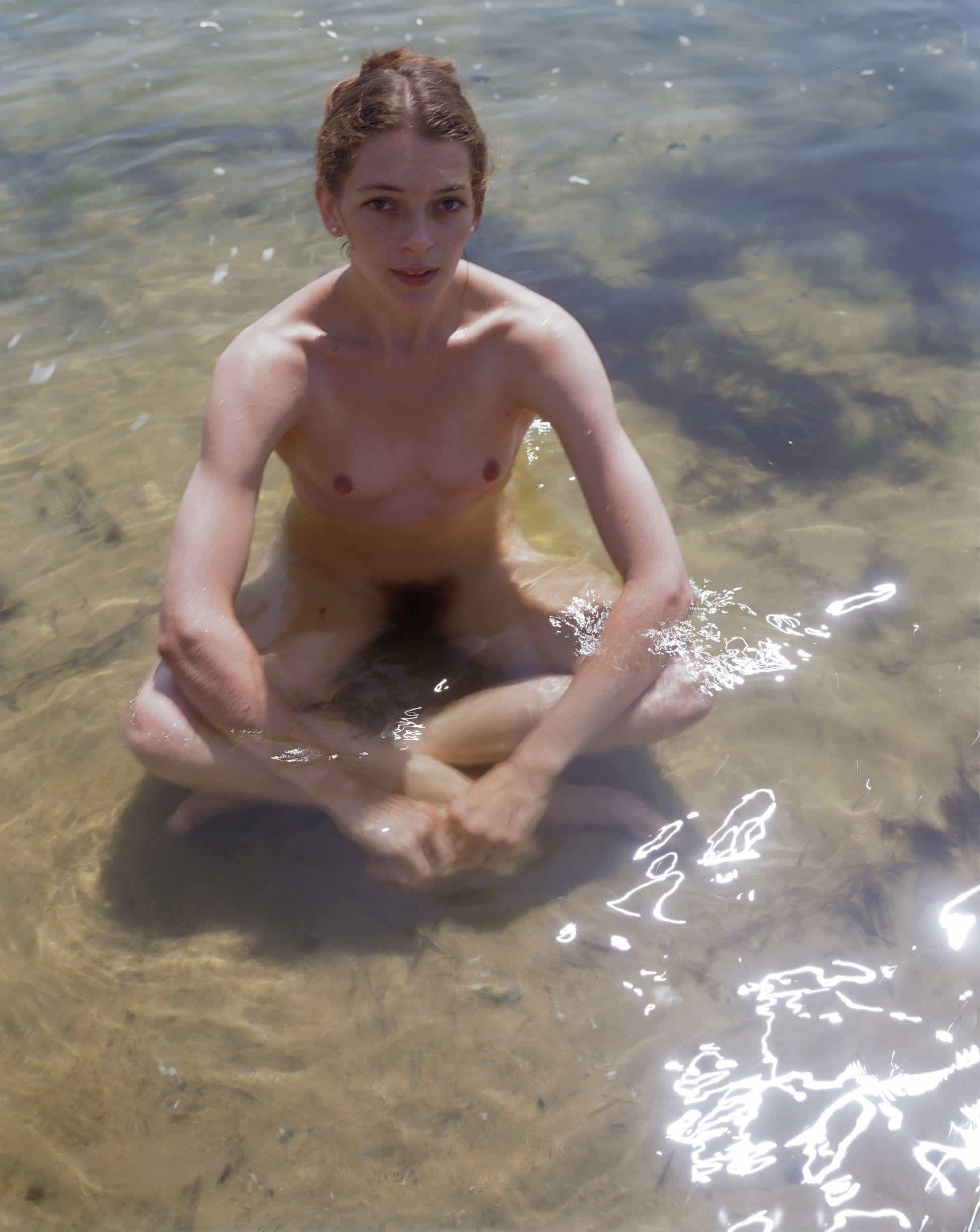
Joel Meyerowitz
Cape Cod, Massachusetts, 1982

Joel Meyerowitz
The Cottages, Truro, Massachusetts, 1982
On SuperRare
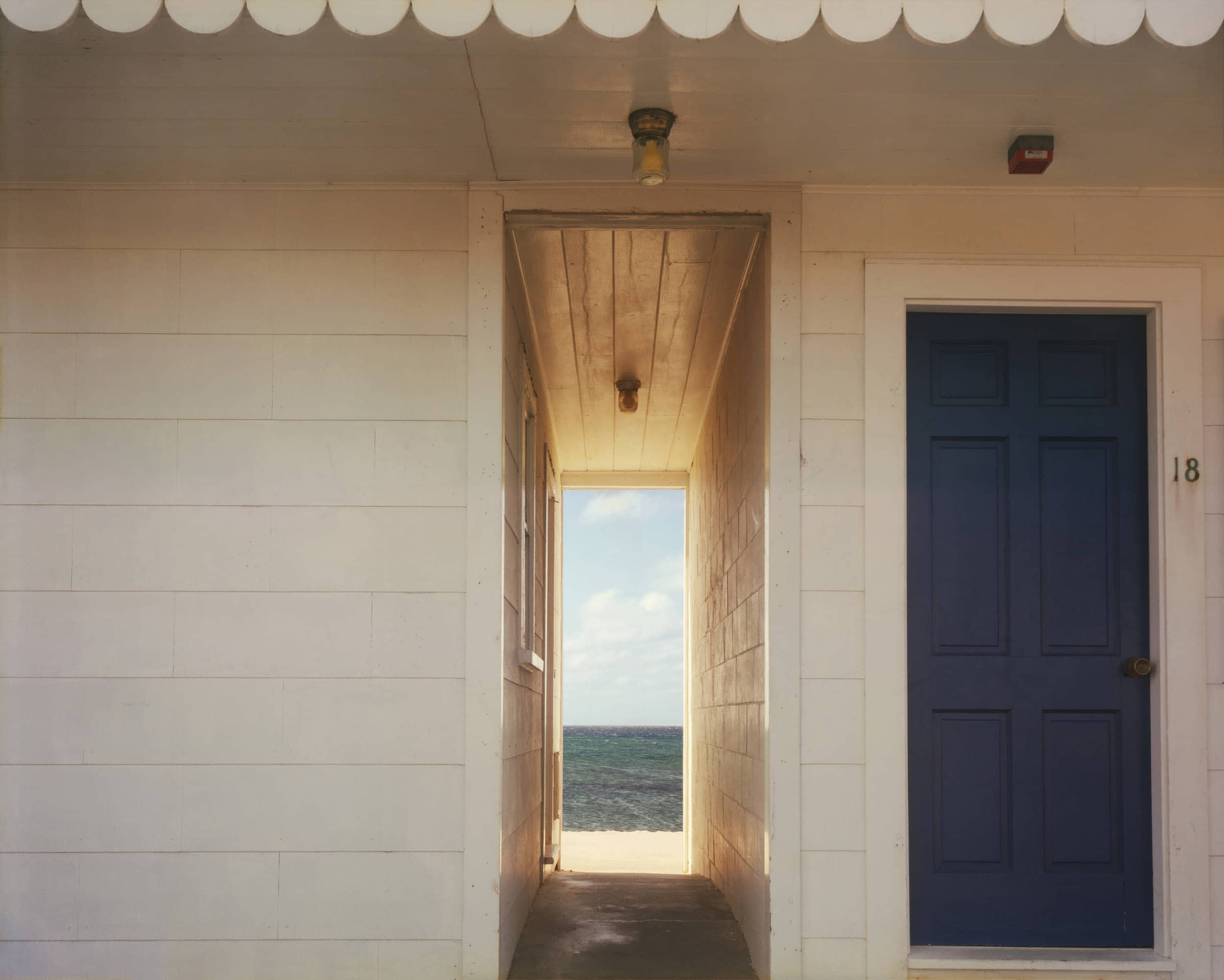
Joel Meyerowitz
Doorway to the Sea, Provincetown, Massachusetts, 1982

Joel Meyerowitz
Caroline, Provincetown, Massachusetts, 1983
On SuperRare
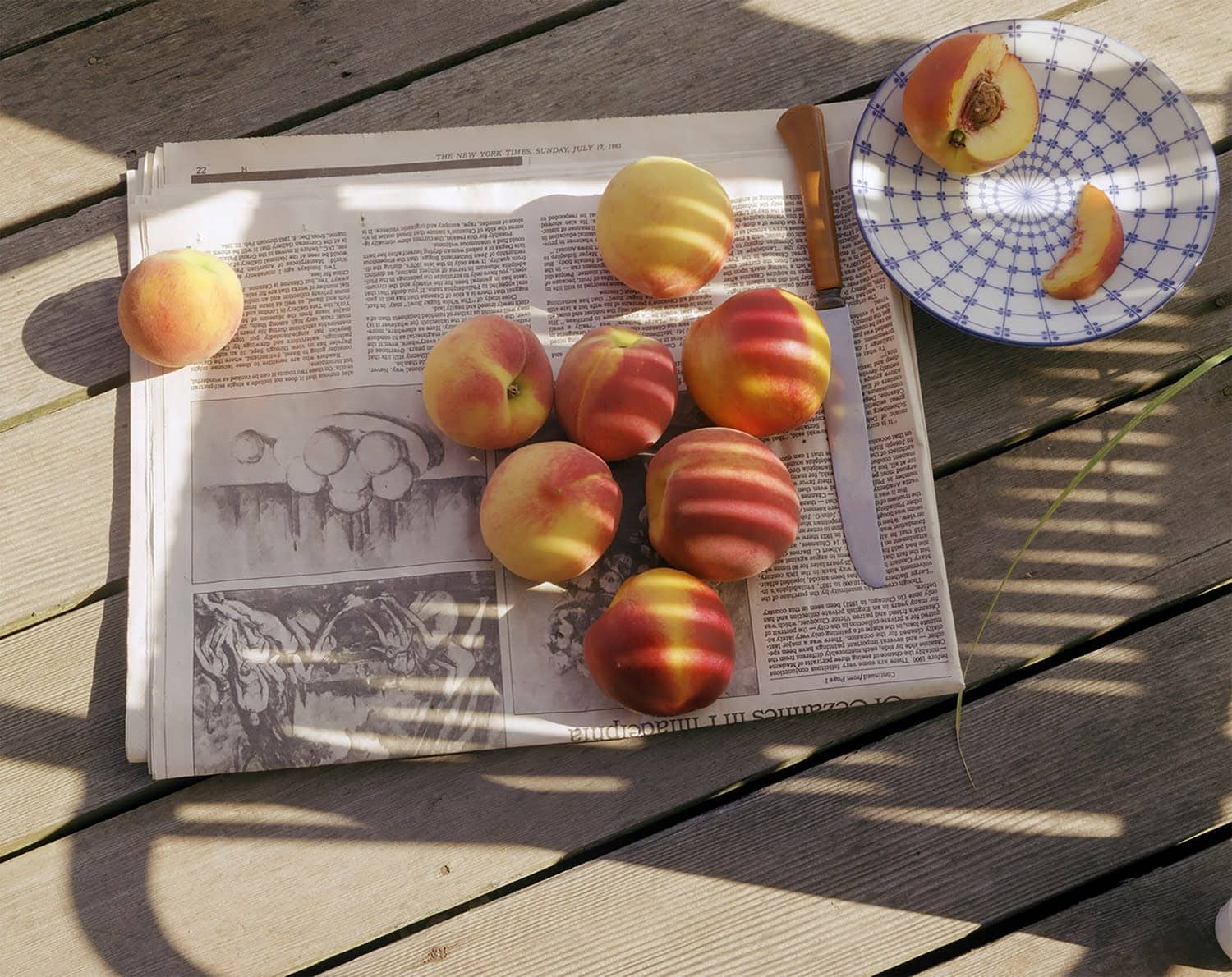
Joel Meyerowitz
Provincetown, Massachusetts, 1983
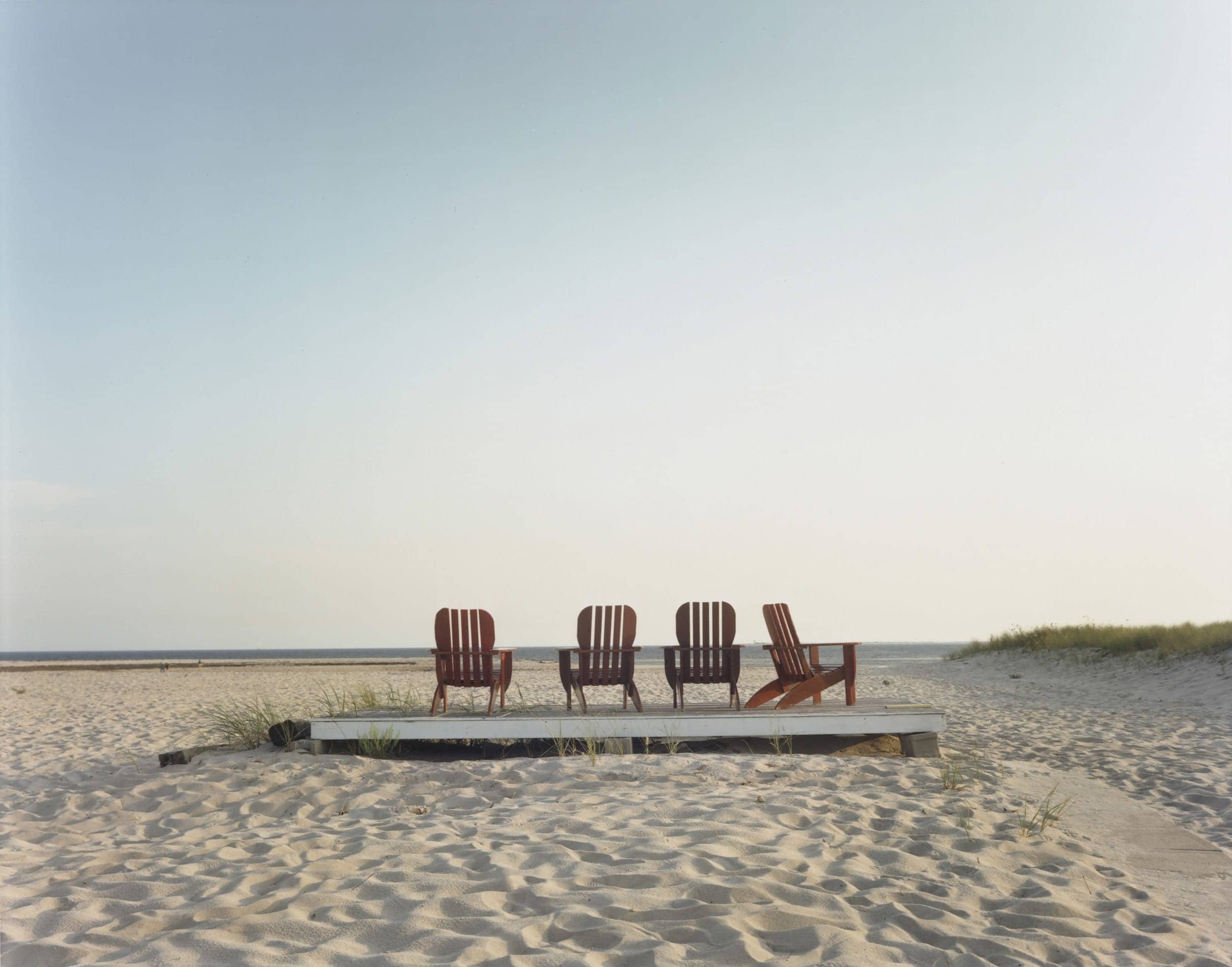
Joel Meyerowitz
Quartet, Cape Cod, Massachusetts, 1983
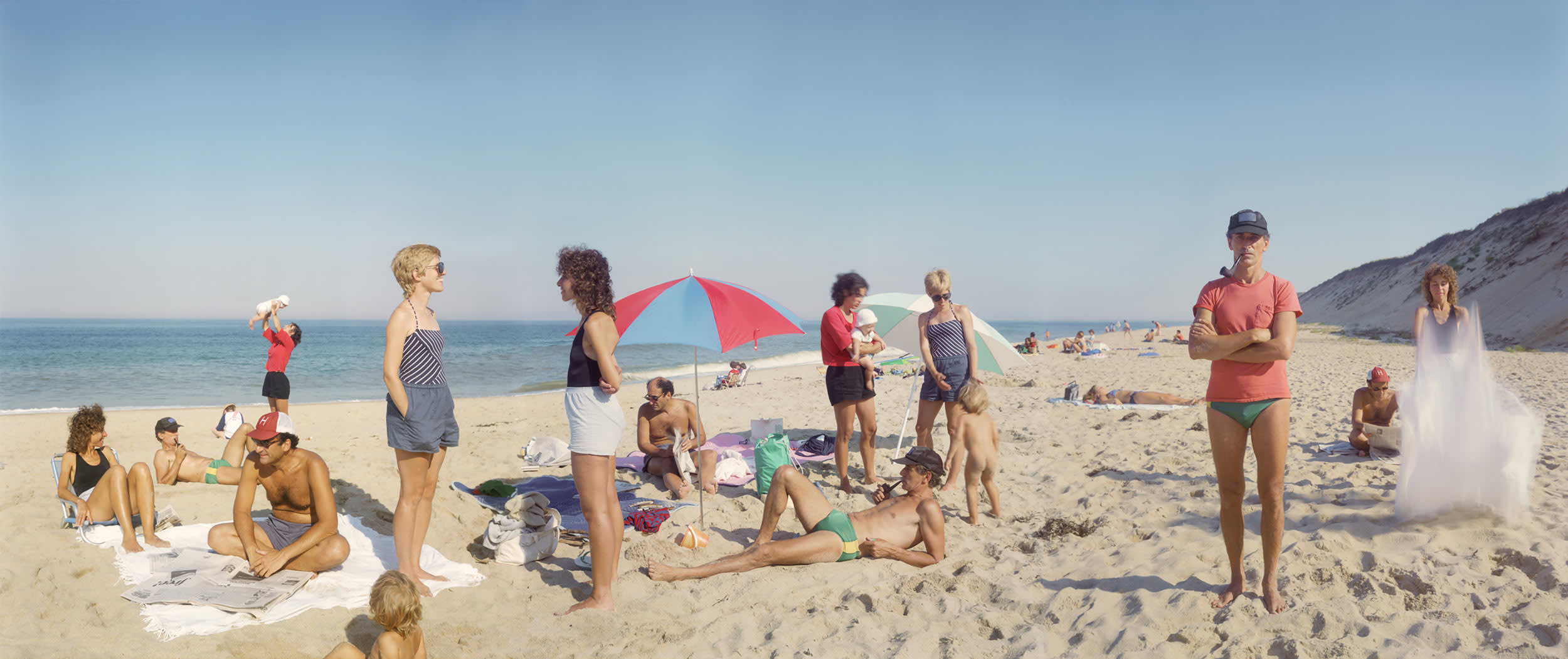
Joel Meyerowitz
Longnook Beach, Truro, Massachusetts, 1983
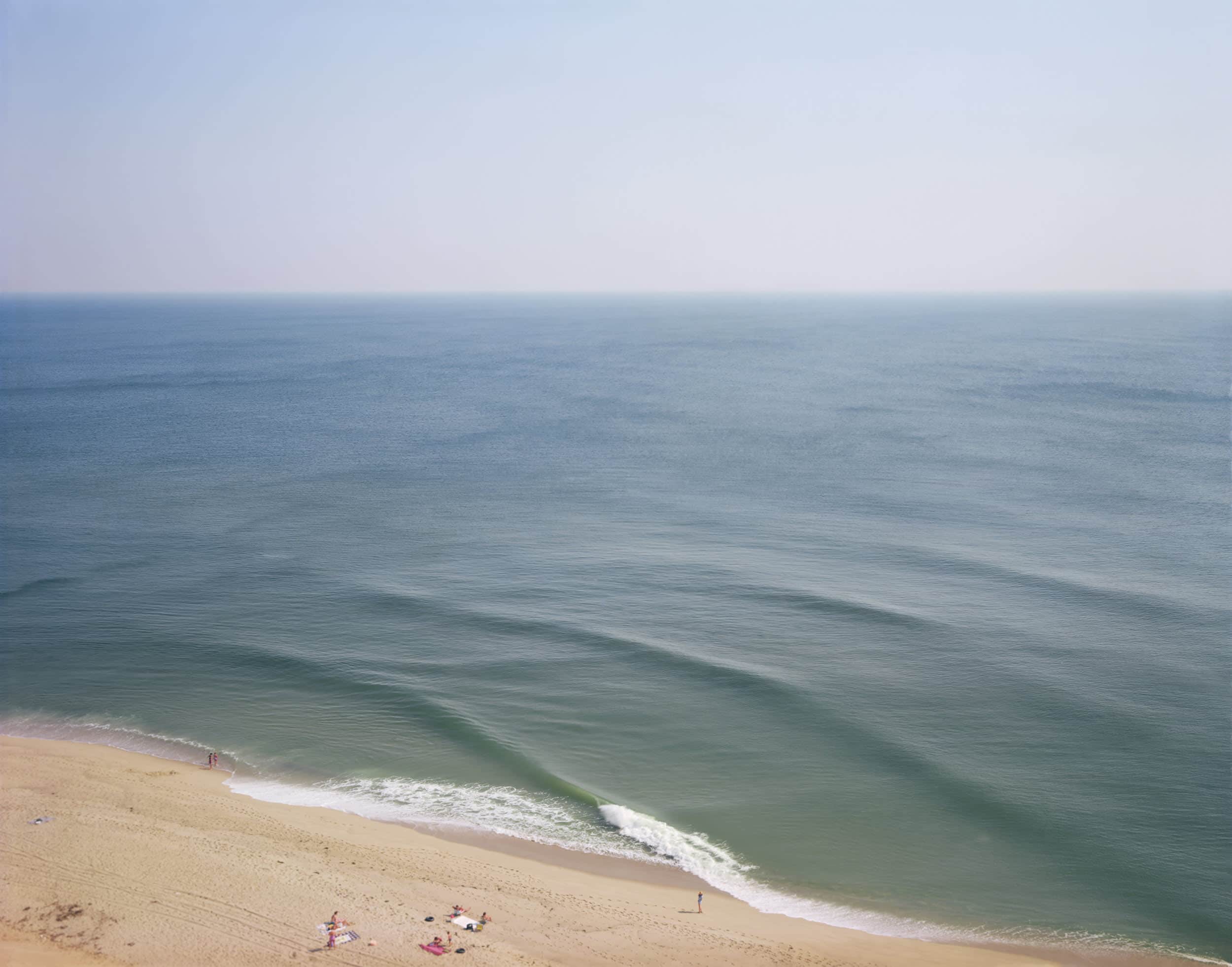
Joel Meyerowitz
Longnook Beach, Truro, Massachusetts, 1983
On SuperRare
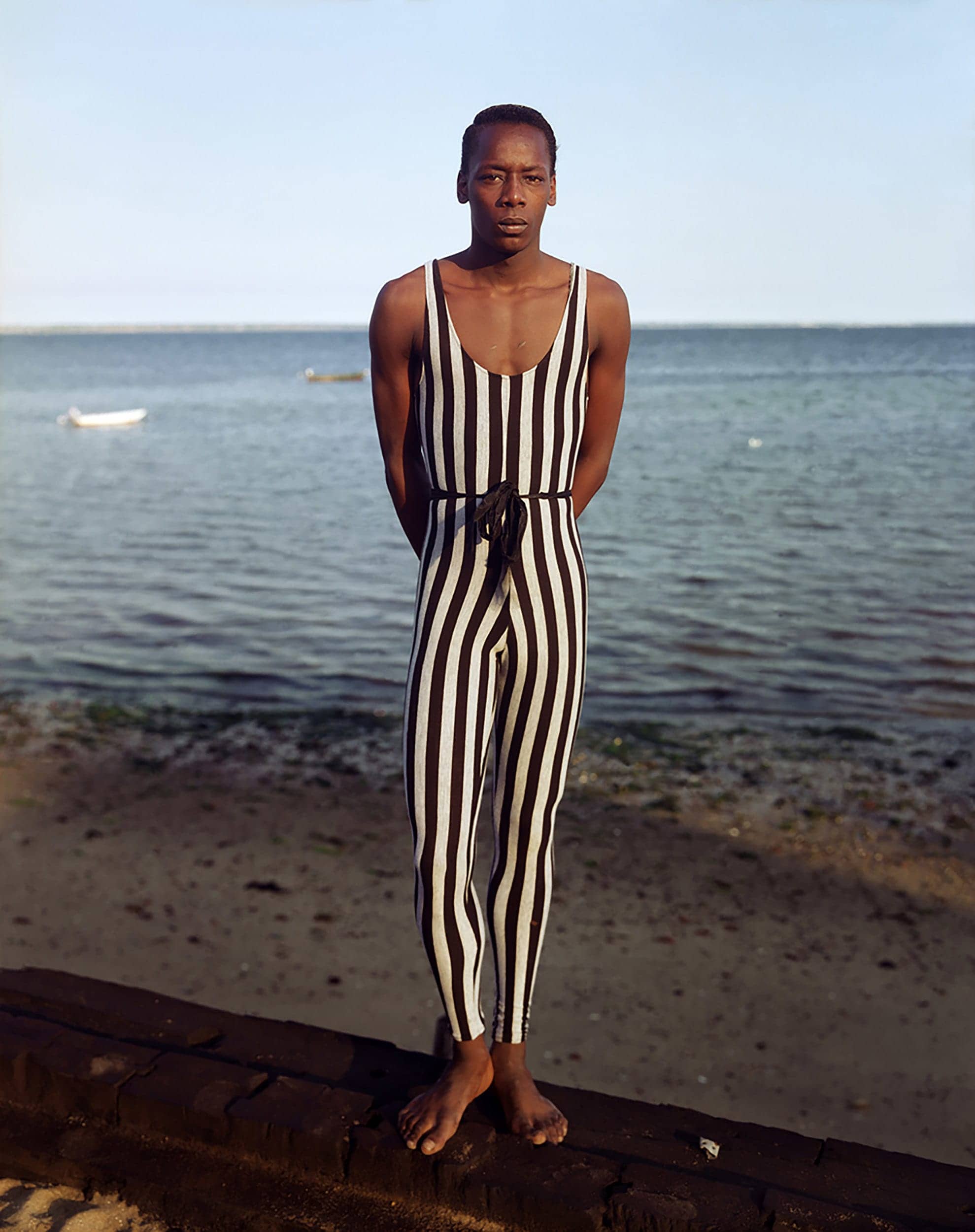
Joel Meyerowitz
Darrell, Provincetown, Massachusetts, 1983
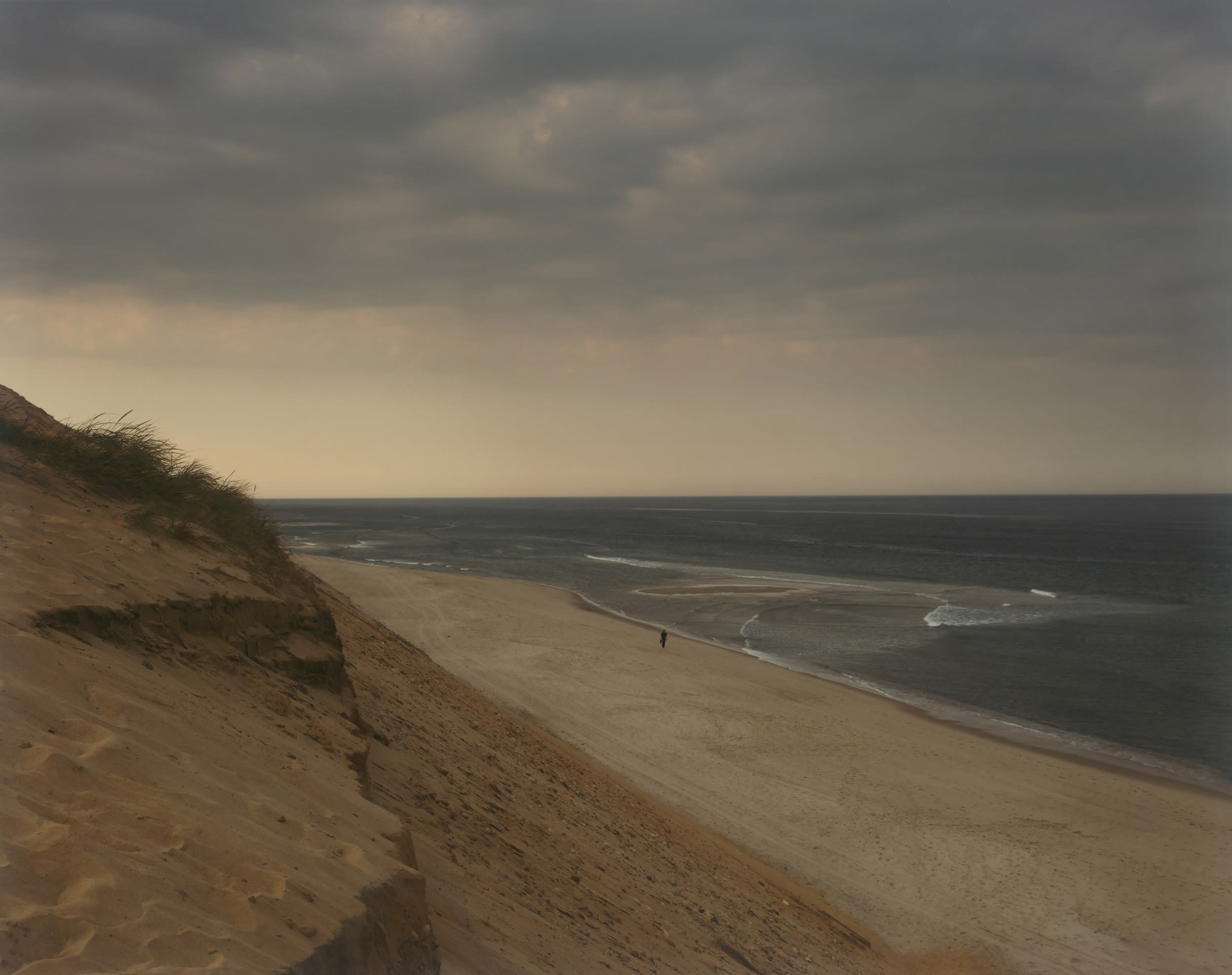
Joel Meyerowitz
Longnook Beach, Truro, Massachusetts, 1983
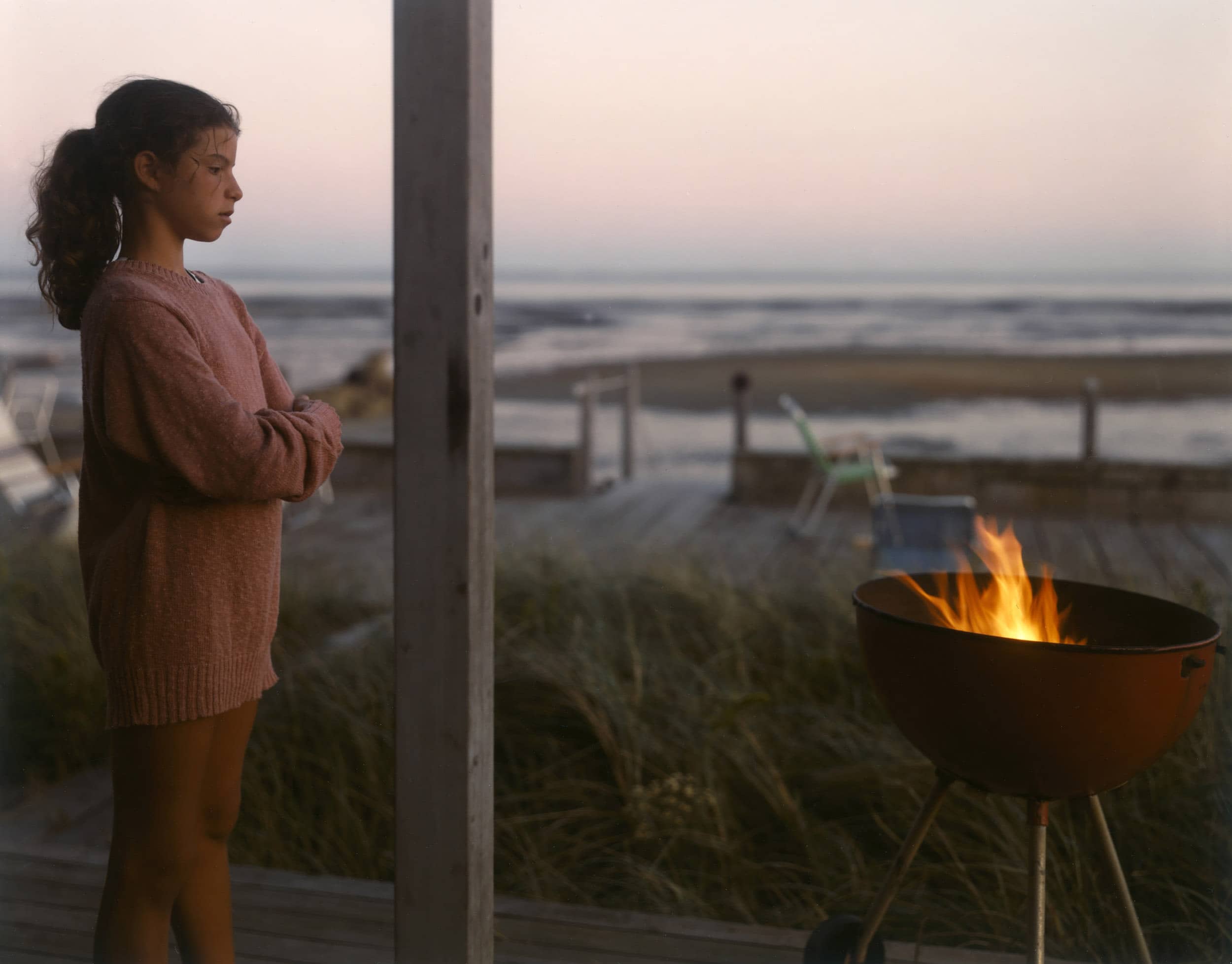
Joel Meyerowitz
Ariel, Provincetown, Massachusetts, 1983
On SuperRare
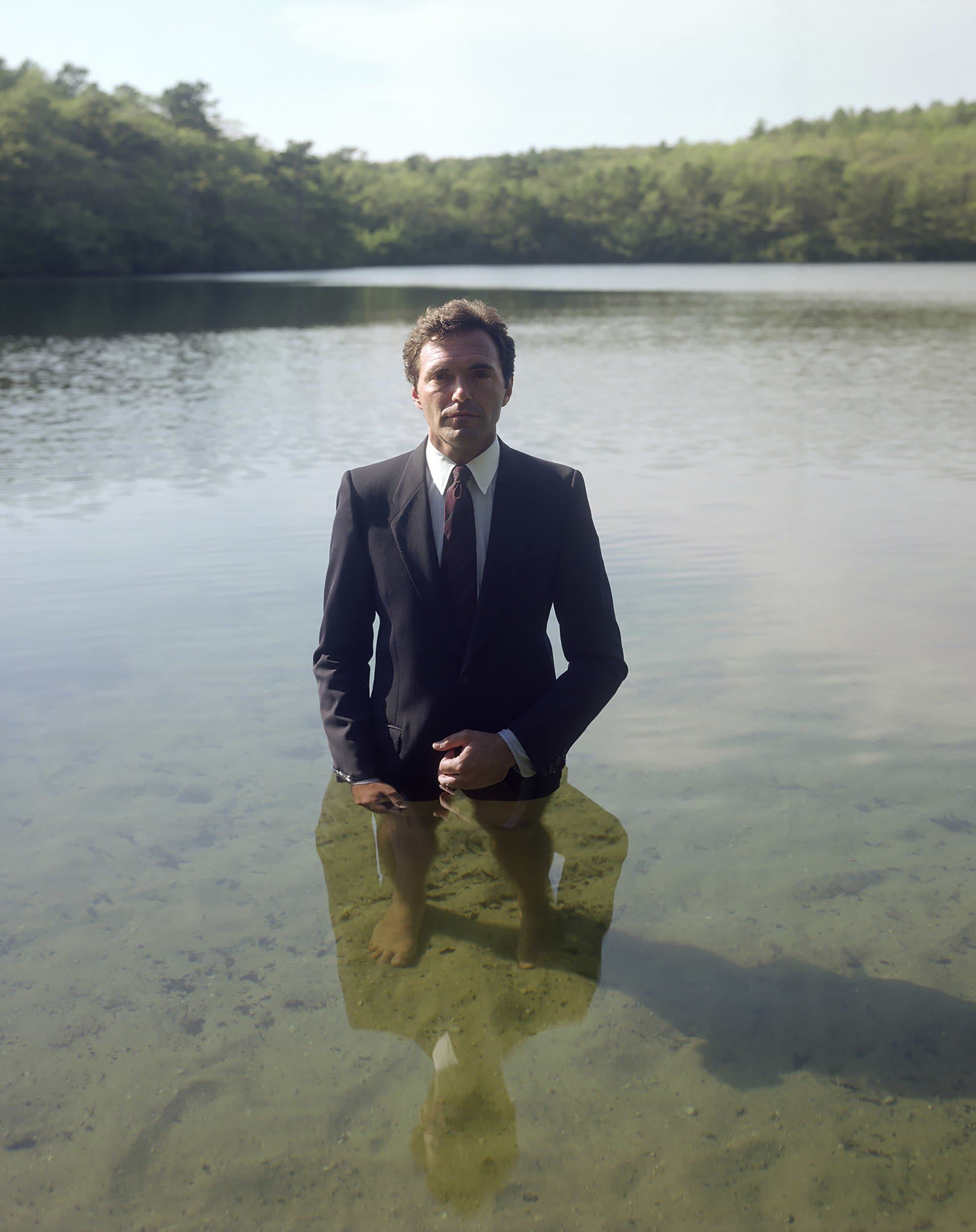
Joel Meyerowitz
Cape Cod, Massachusetts, 1984
On SuperRare
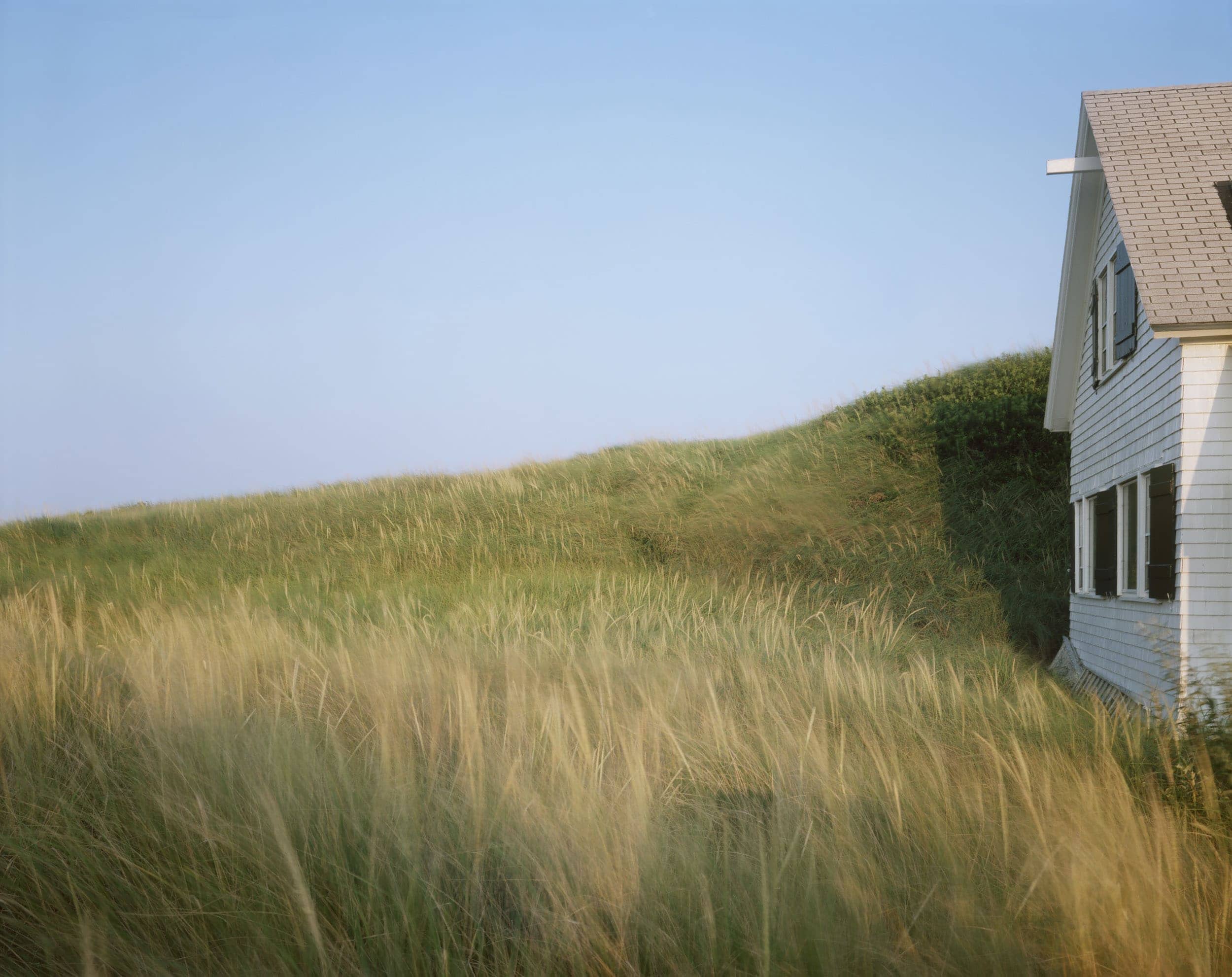
Joel Meyerowitz
Dune Grass House, Truro, Massachusetts, 1984
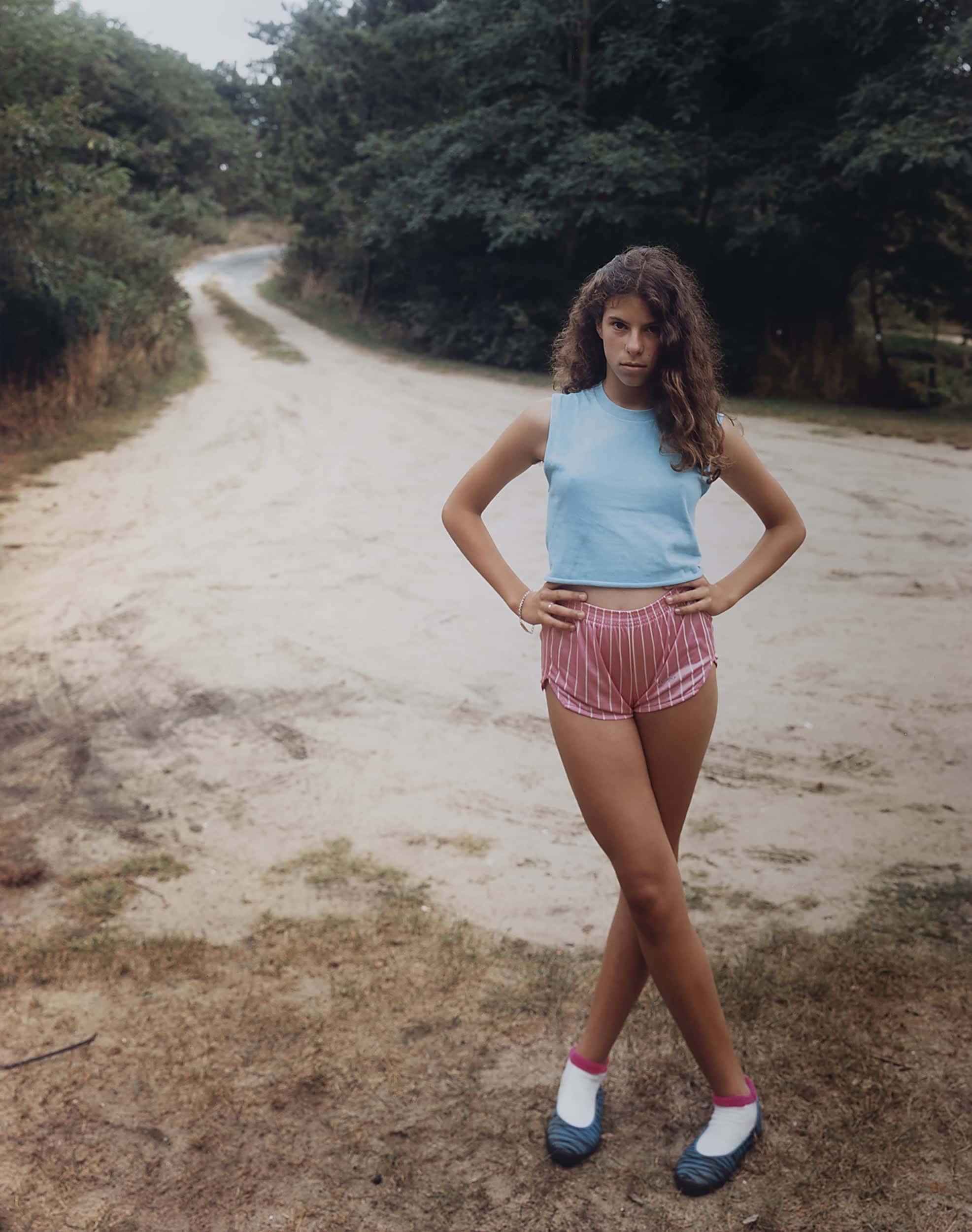
Joel Meyerowitz
Cape Cod, Massachusetts, 1984
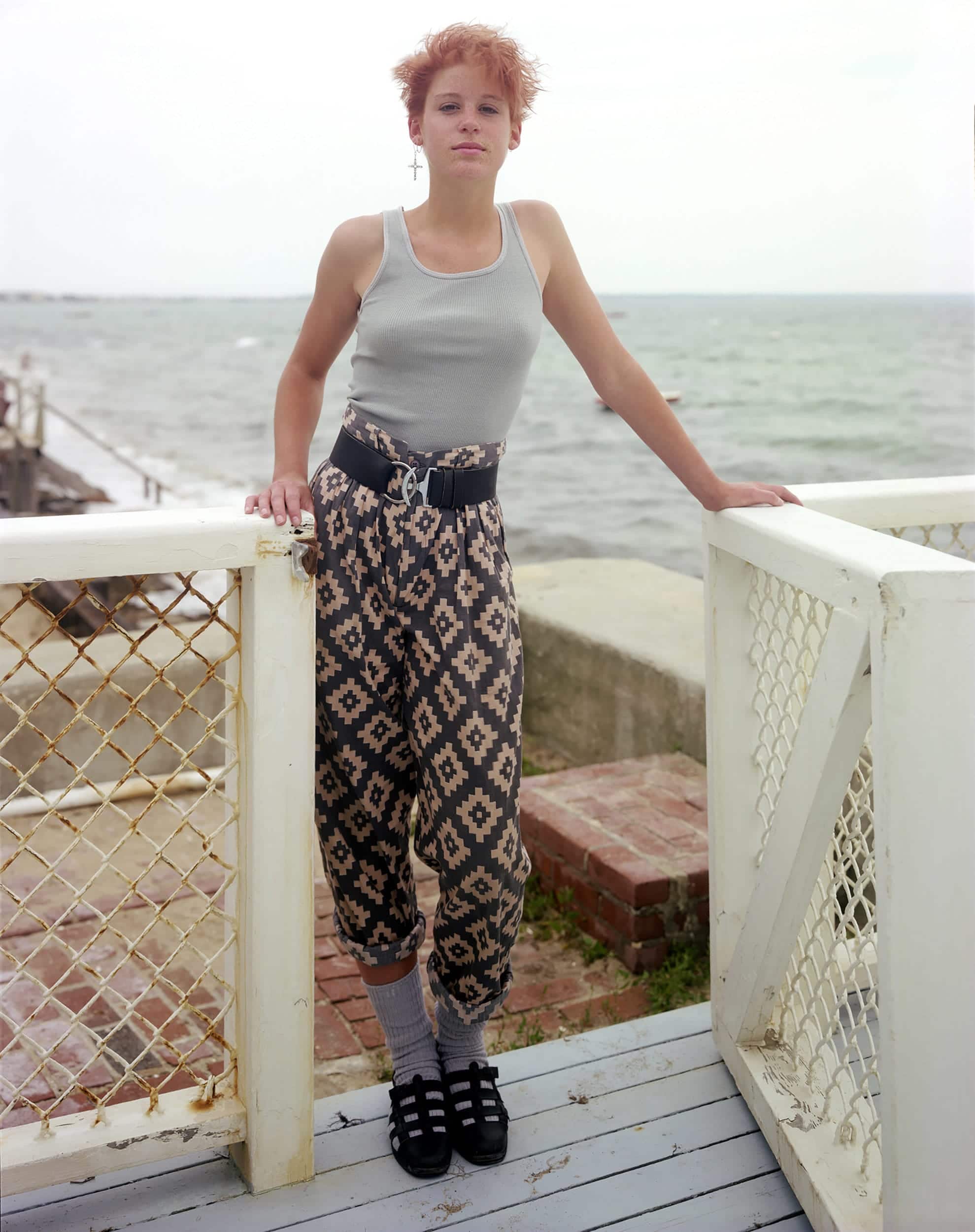
Joel Meyerowitz
Jan, Provincetown, Massachusetts, 1985
On SuperRare
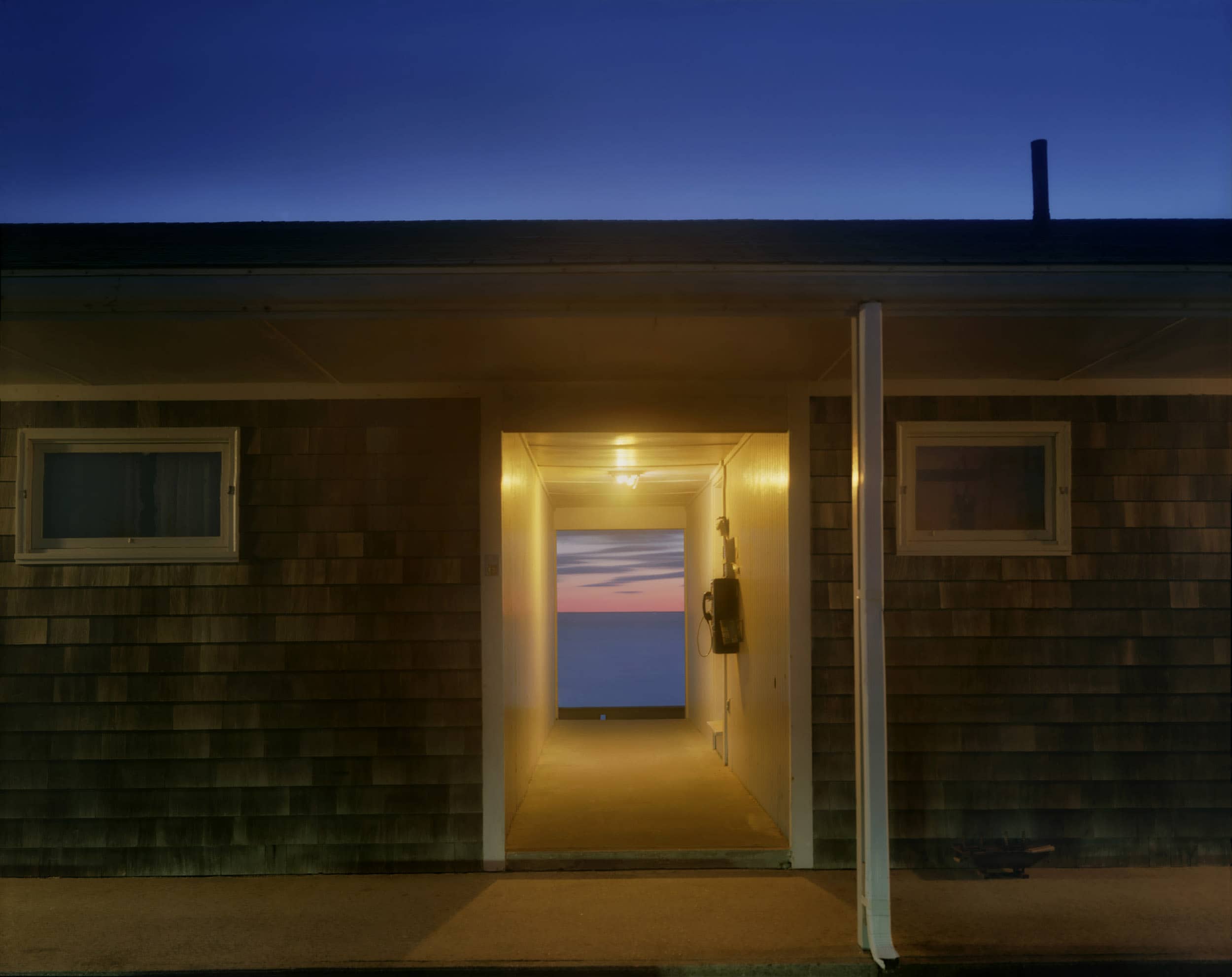
Joel Meyerowitz
Provincetown, Massachusetts, 1989
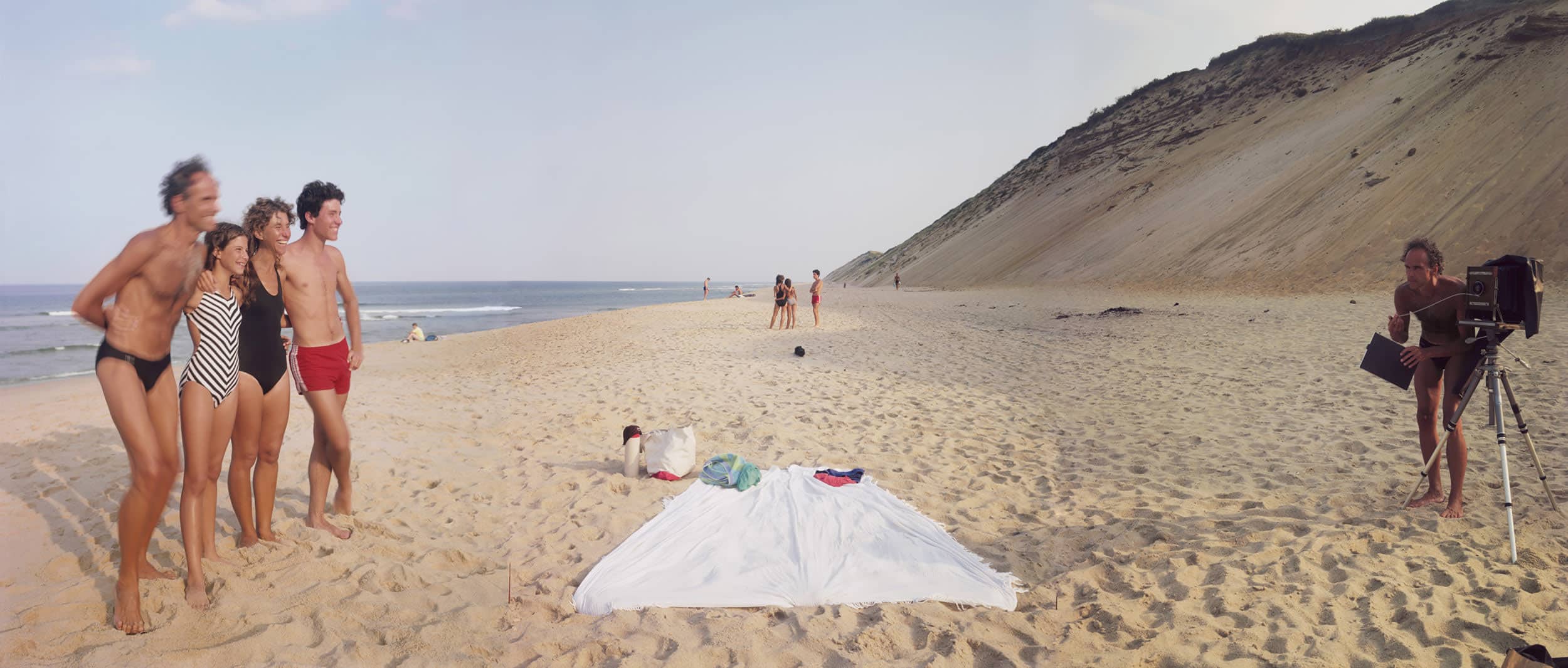
Joel Meyerowitz
Longnook Beach, Truro, Massachusetts, 1983
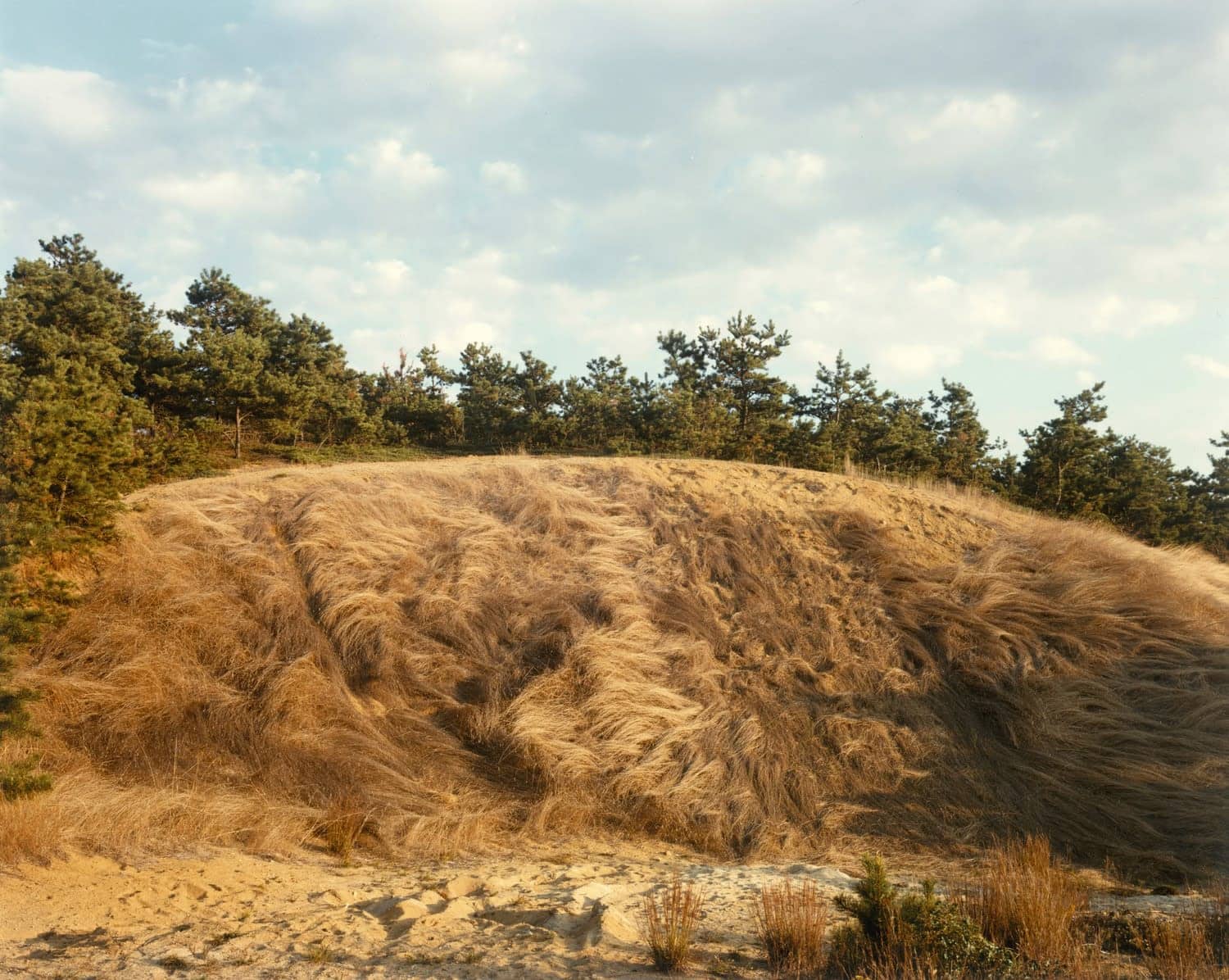
Joel Meyerowitz
Truro, Massachusetts, 1978
On SuperRare
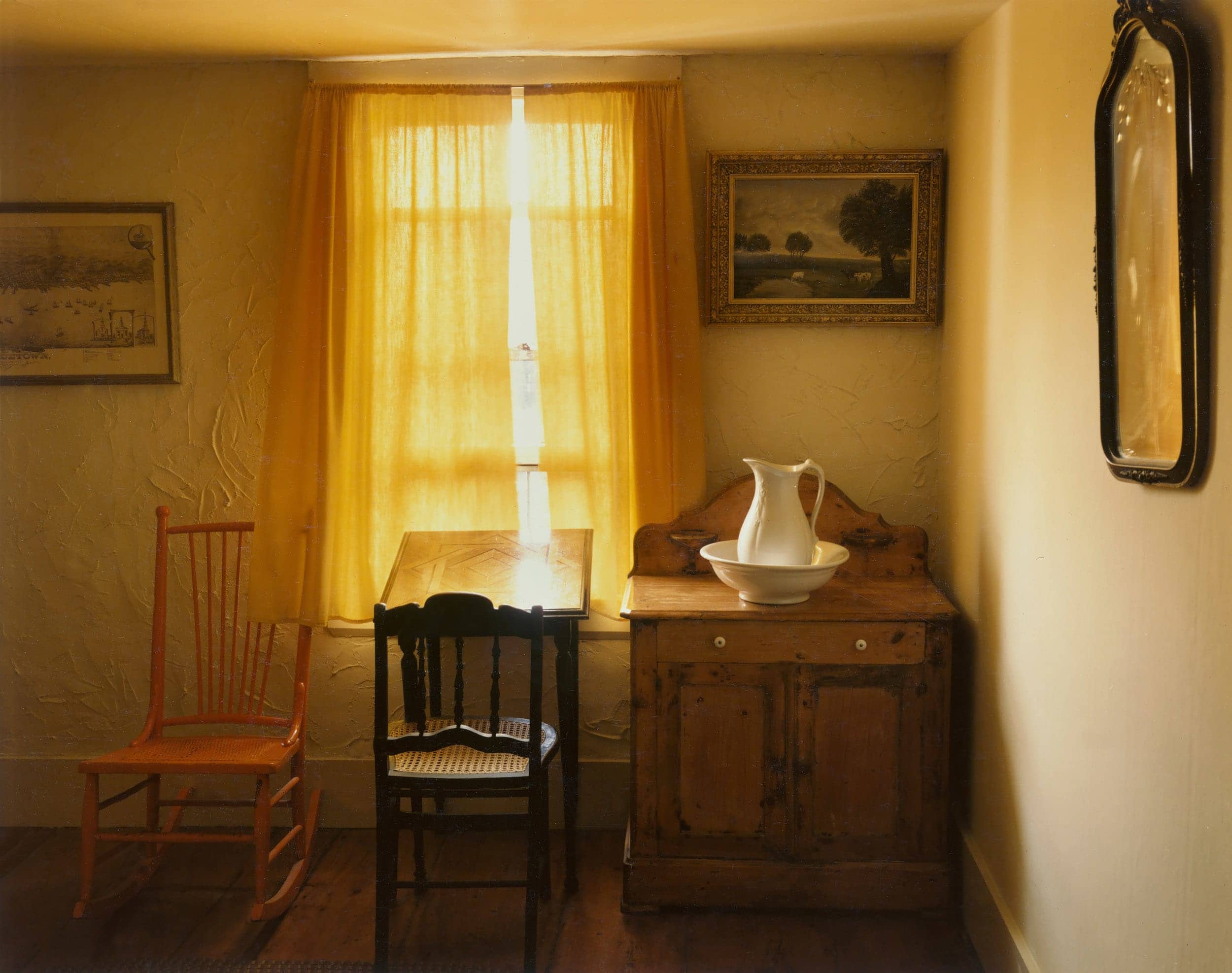
Joel Meyerowitz
The Yellow Room, Provincetown, Massachusetts, 1977
On SuperRare
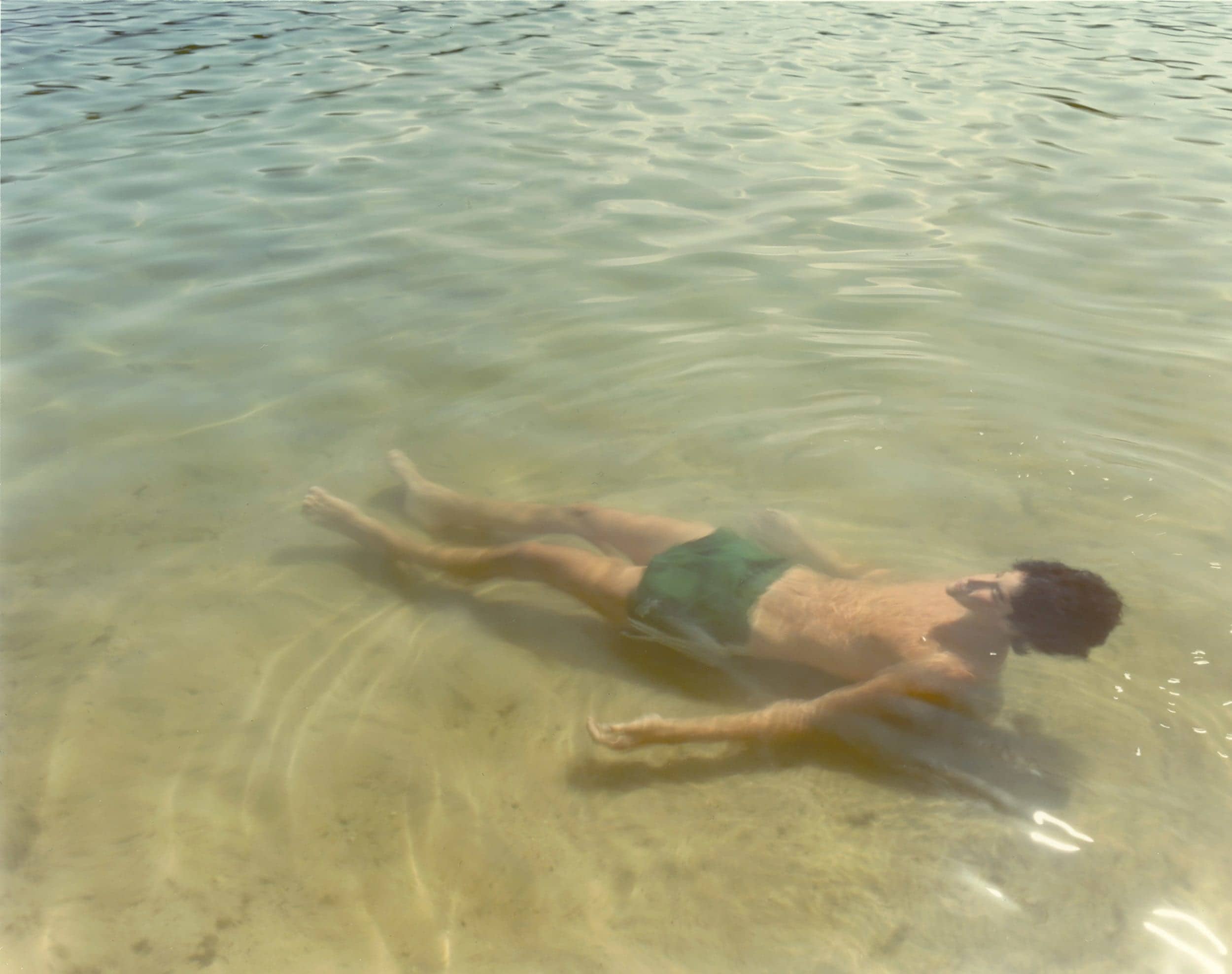
Joel Meyerowitz
Sasha, Wellfleet, Massachusetts, 1981
On SuperRare
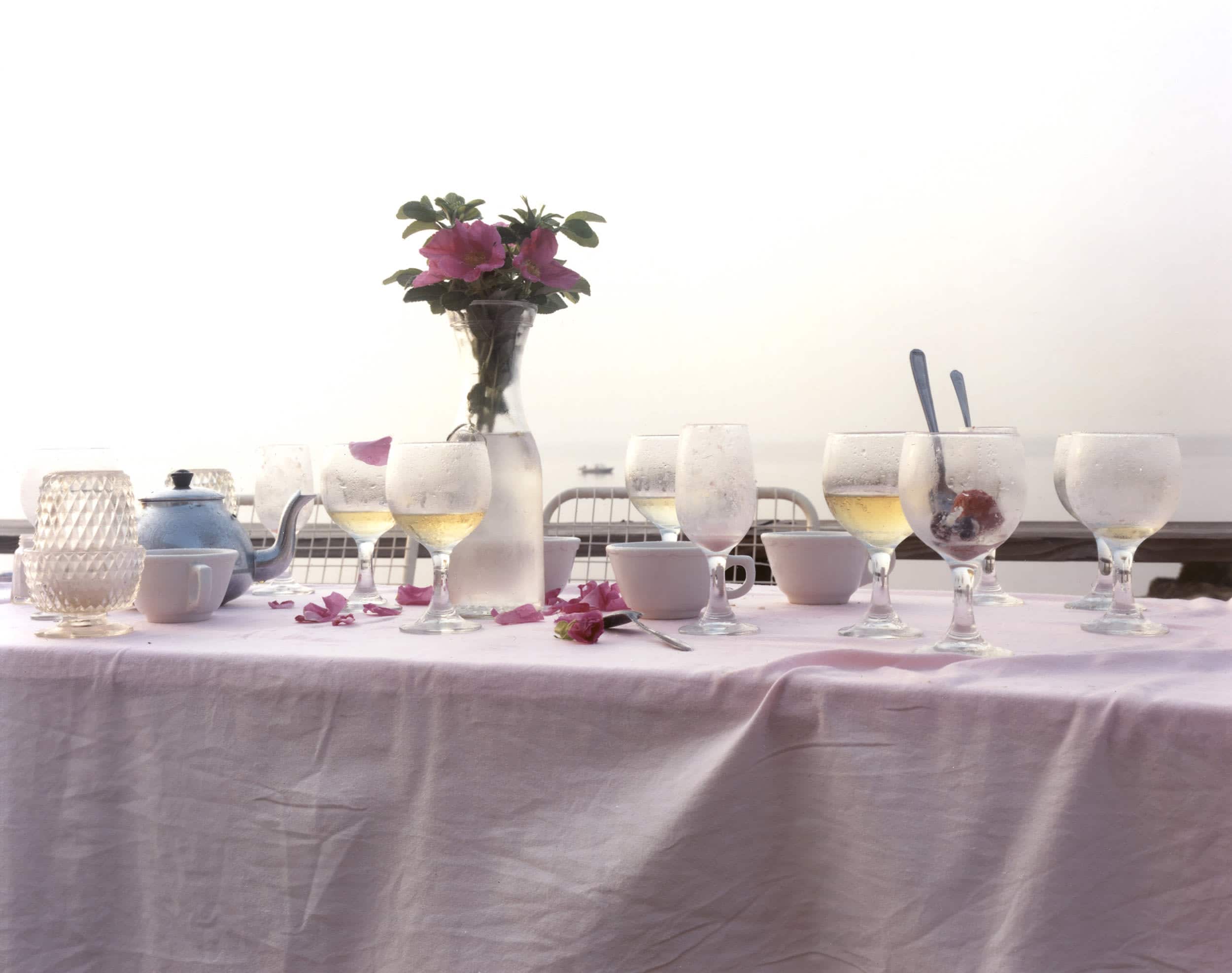
Joel Meyerowitz
Dinner Table, Provincetown, Massachusetts, 1983
On SuperRare
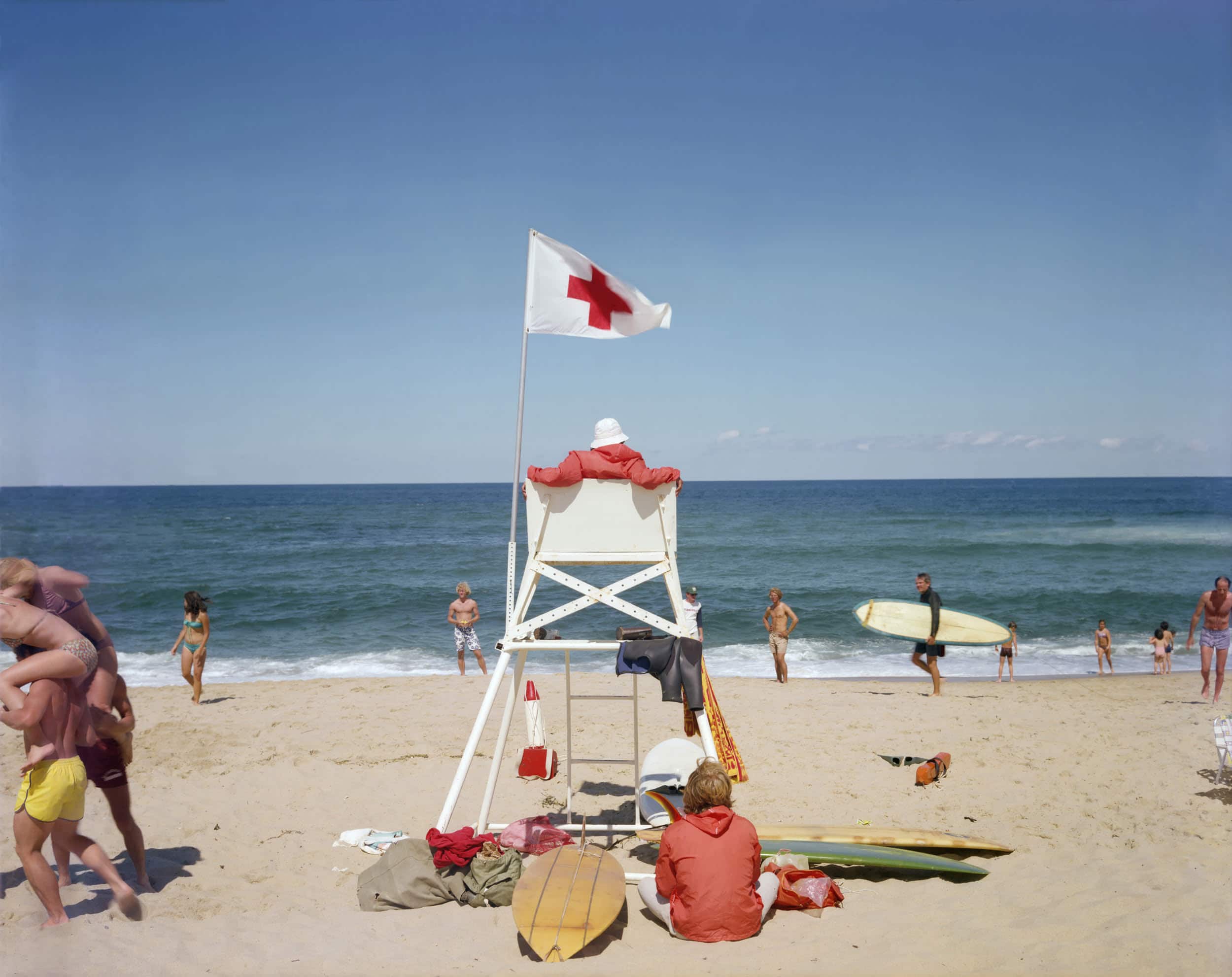
Joel Meyerowitz
Ballston Beach, Truro, Massachusetts, 1977
On SuperRare
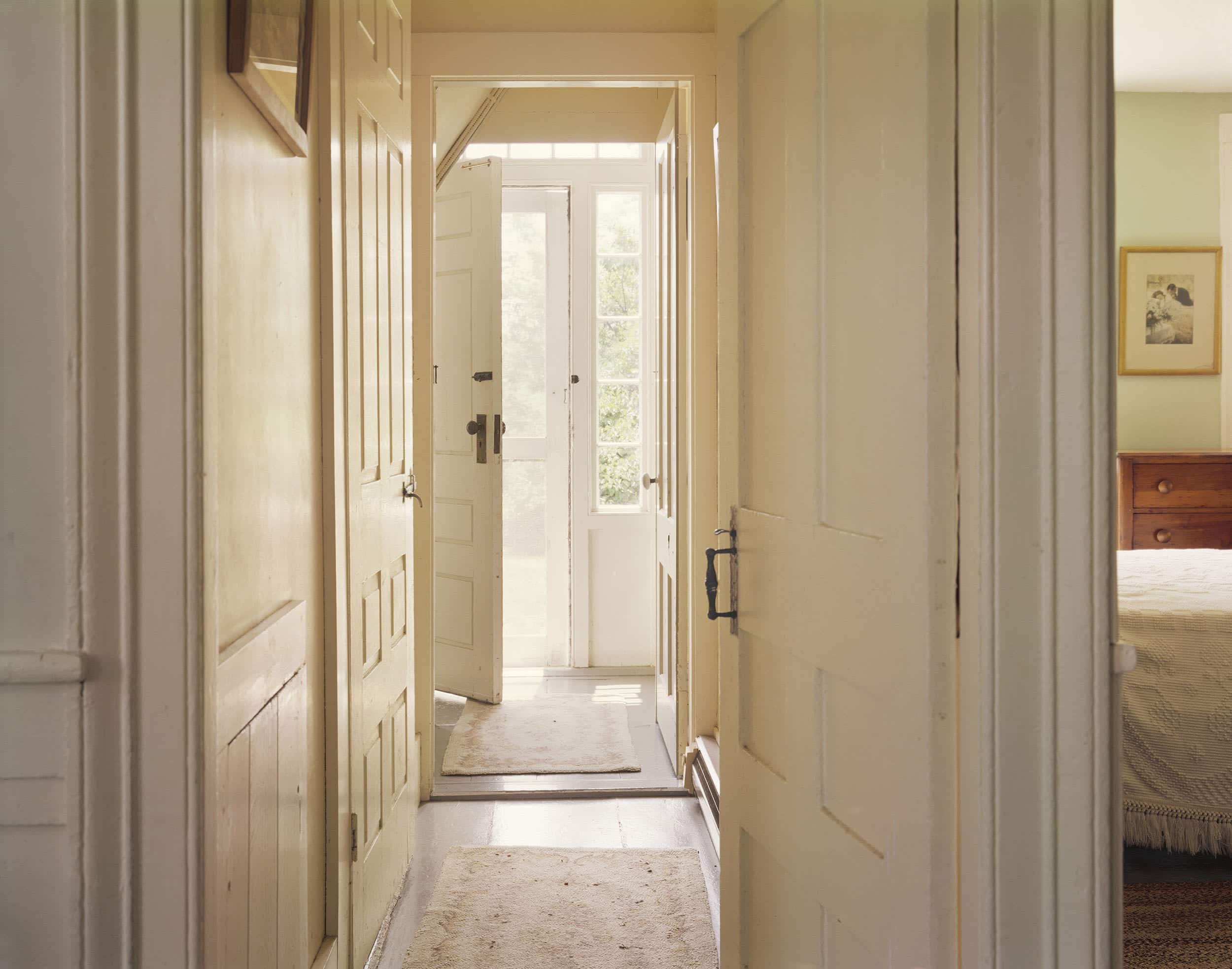
Joel Meyerowitz
Hartwig House, Truro, Massachusetts, 1976
On SuperRare
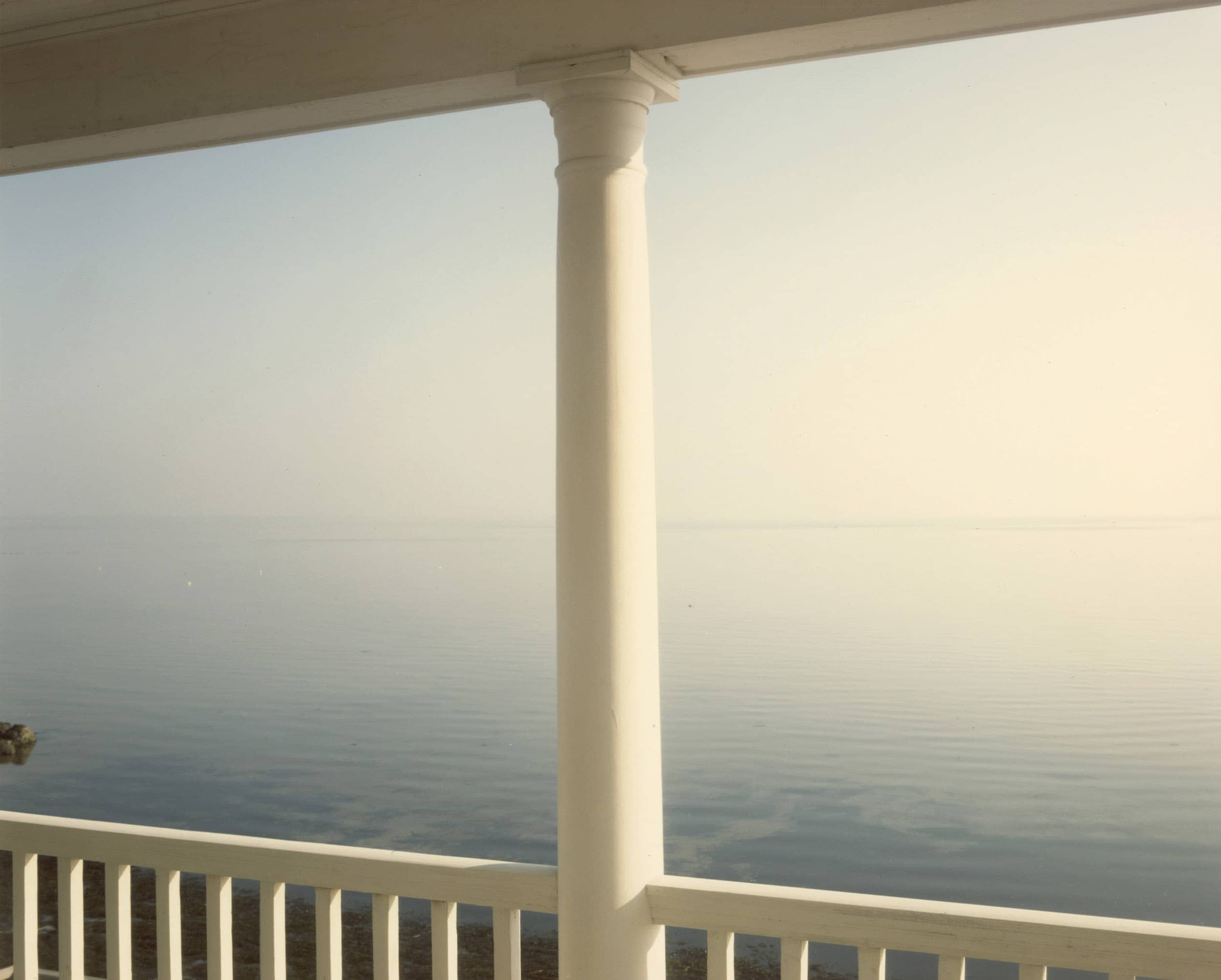
Joel Meyerowitz
Provincetown, Massachusetts, 1989
On SuperRare
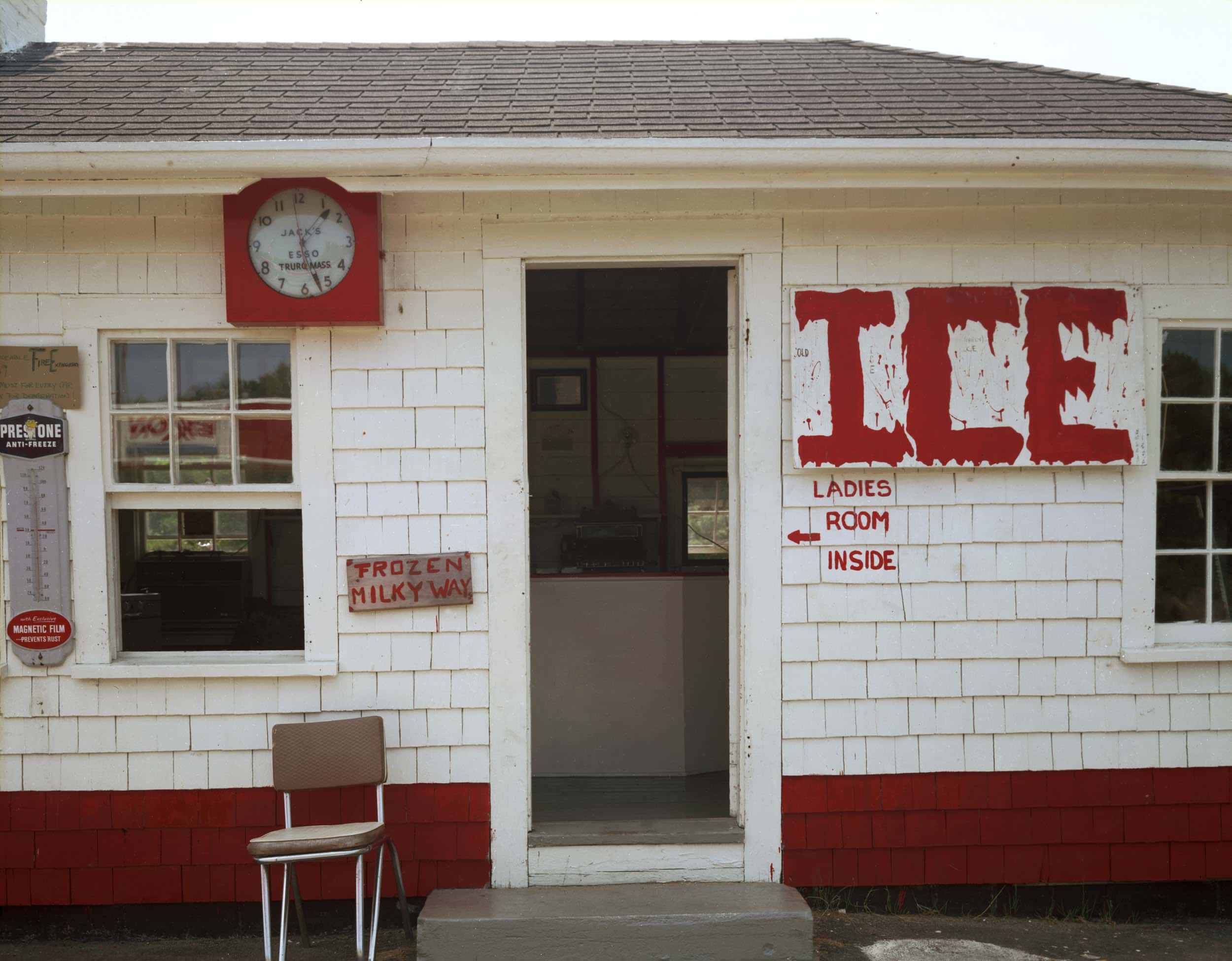
Joel Meyerowitz
Ice, Truro, Massachusetts, 1976
On SuperRare
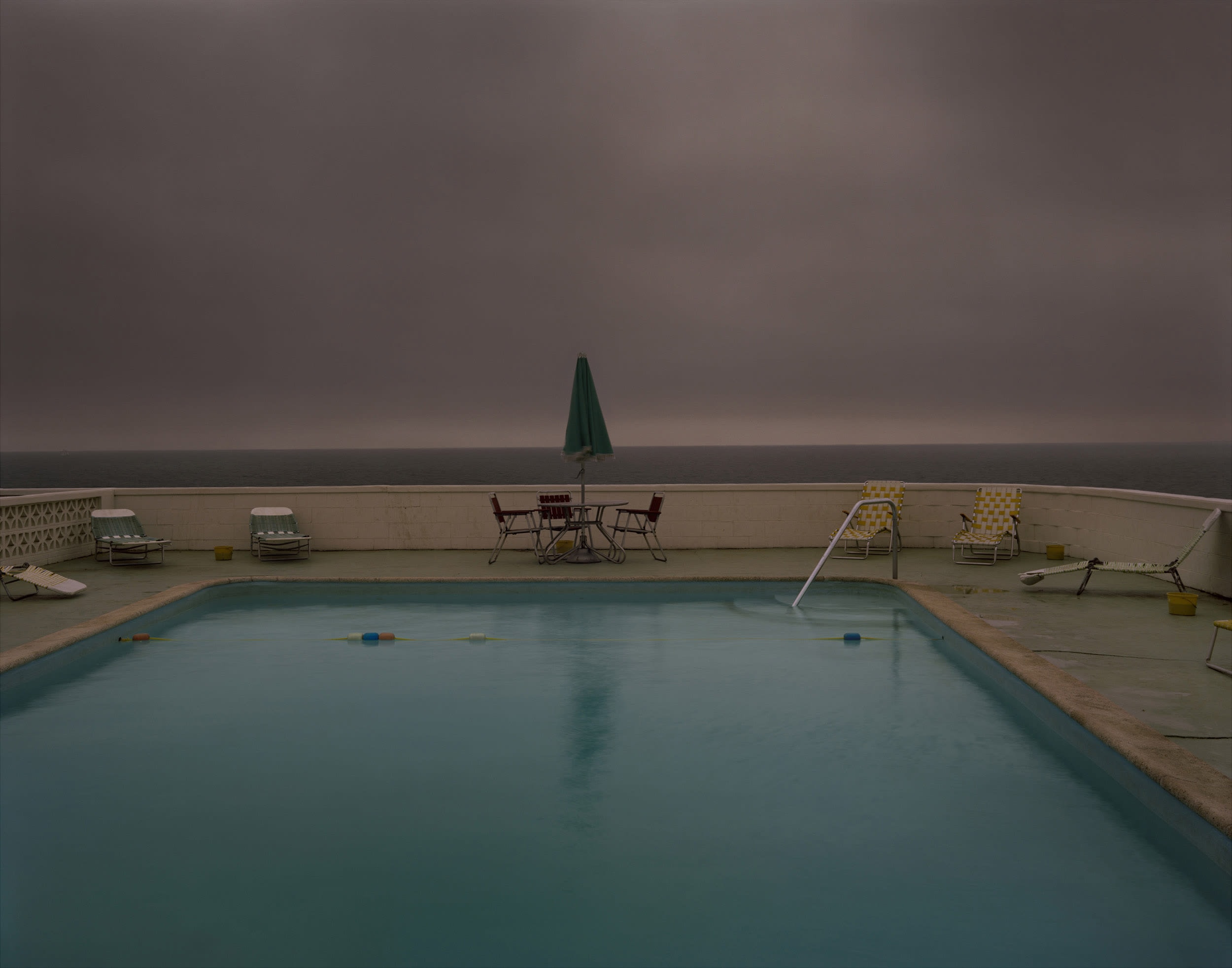
Joel Meyerowitz
Pool, Storm, Provincetown, Massachusetts, 1976
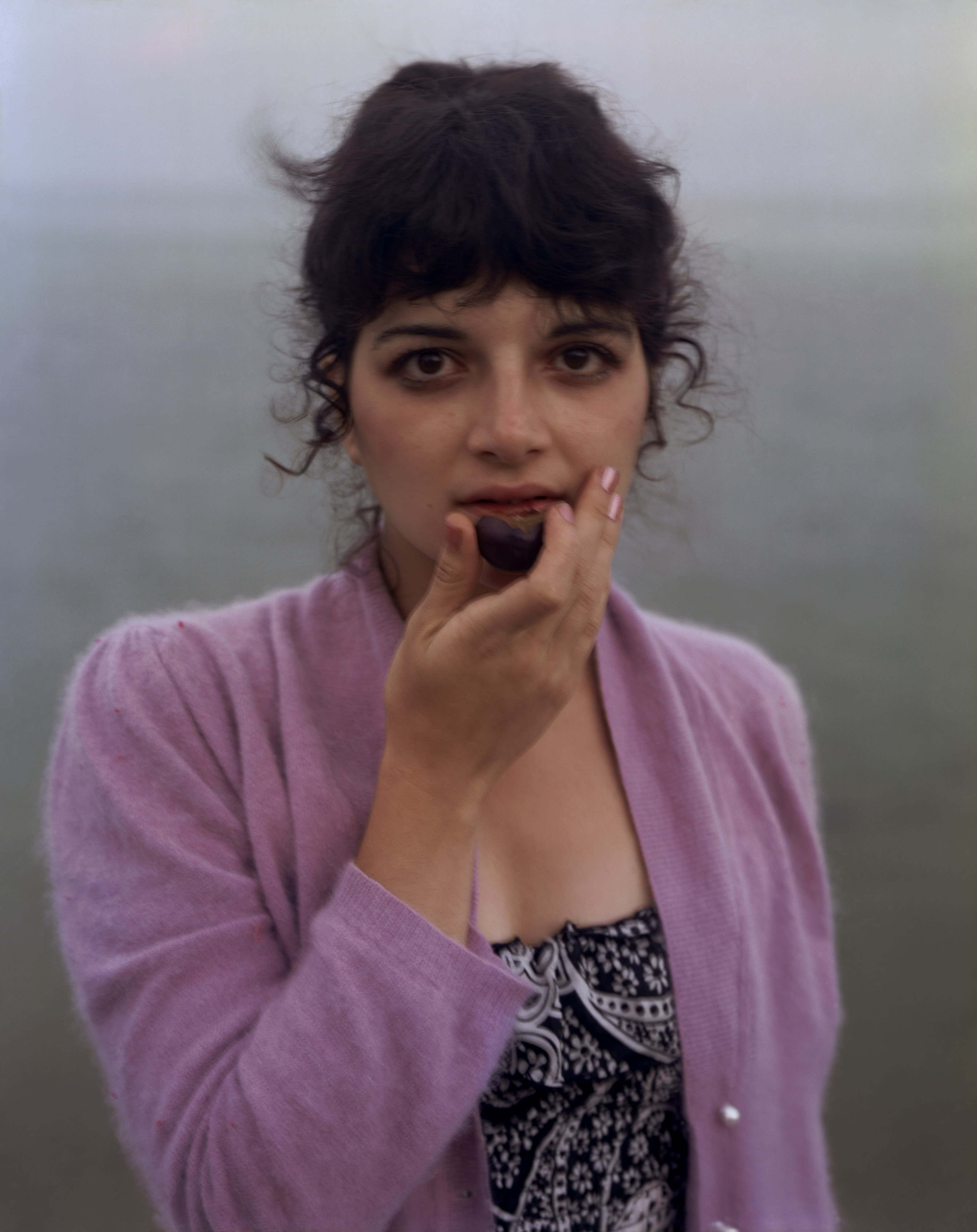
Joel Meyerowitz
Lynette, Provincetown, Massachusetts, 1981
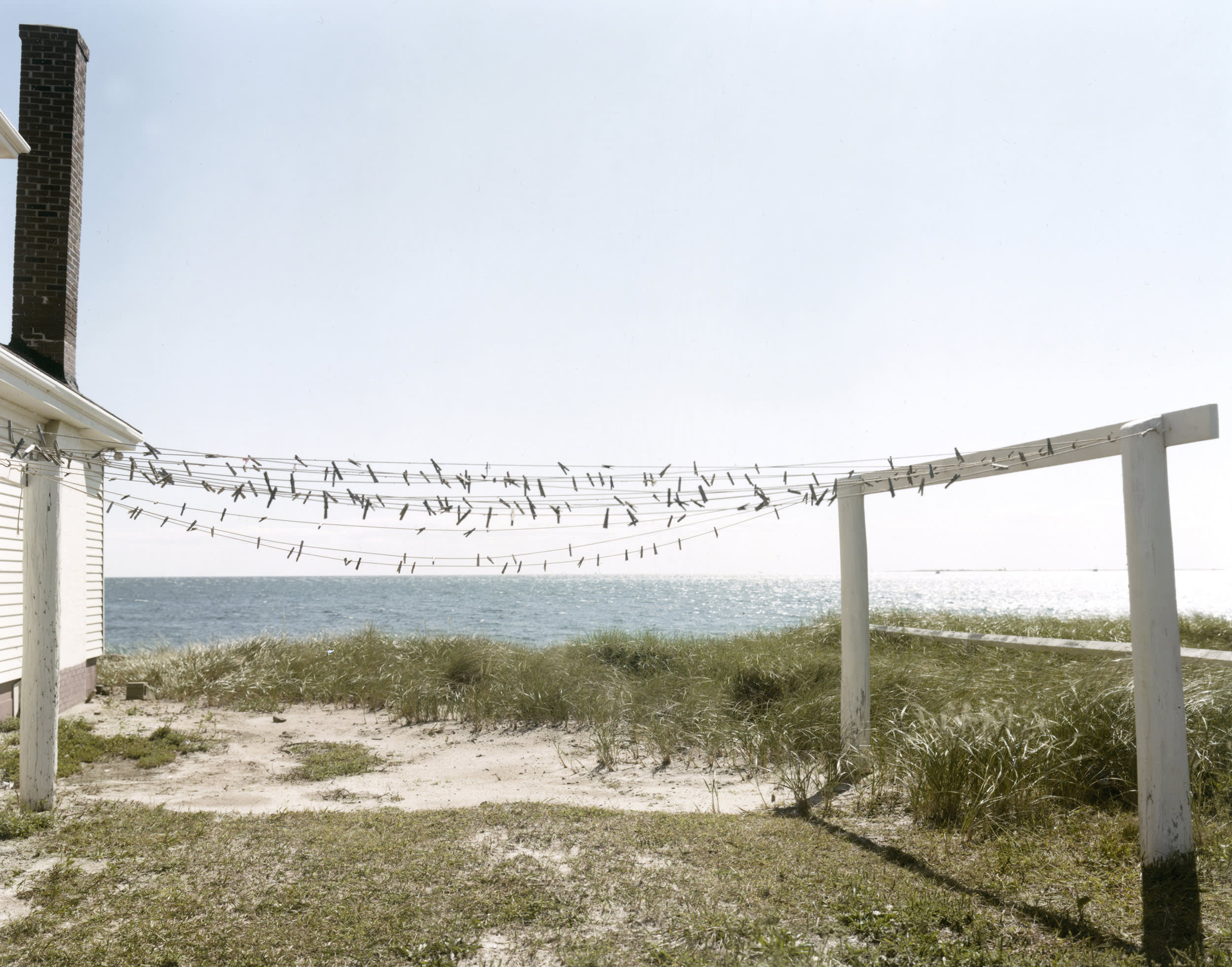
Joel Meyerowitz
The Clothes-Line, Provincetown, Massachusetts, 1976
On SuperRare
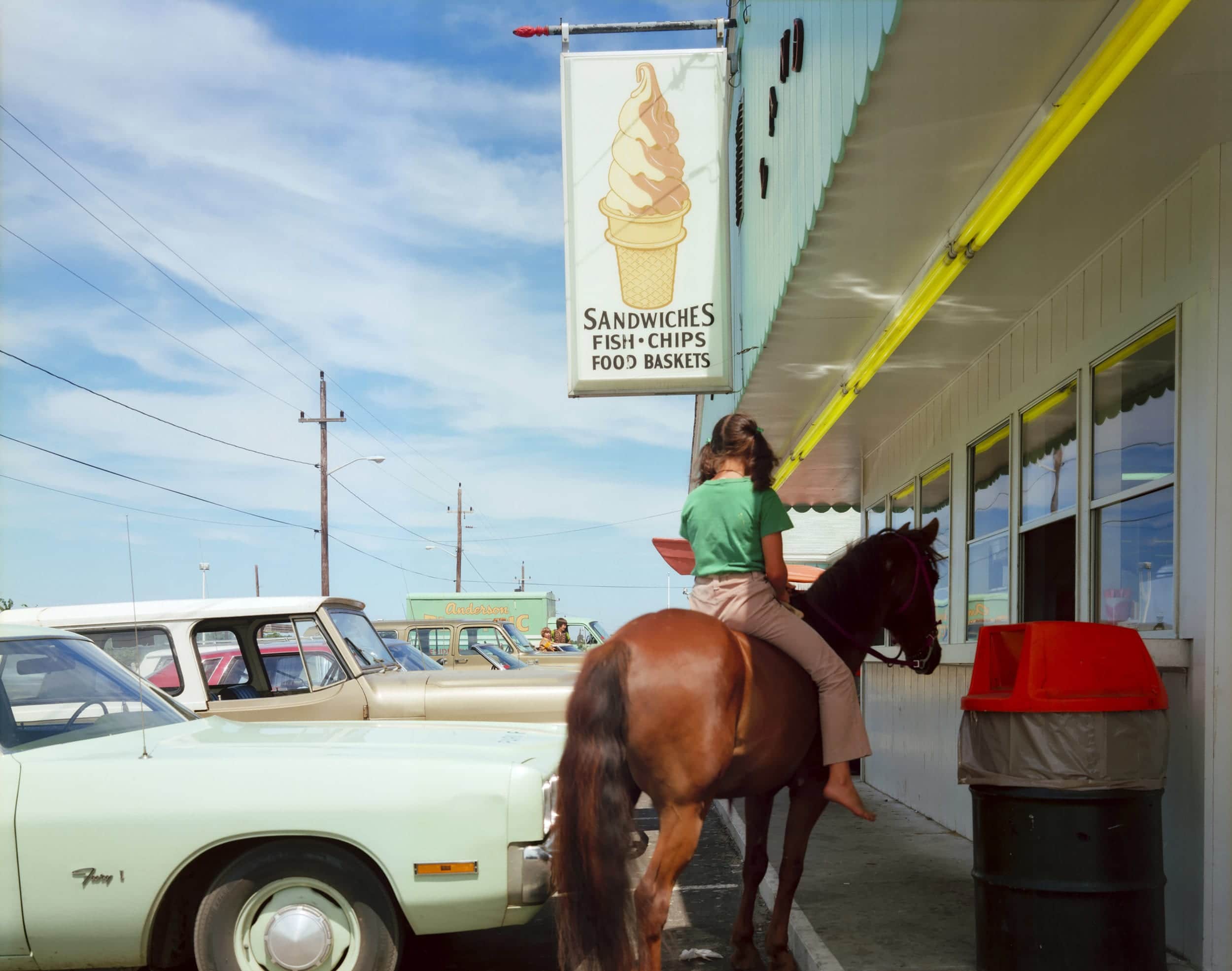
Joel Meyerowitz
Provincetown, Massachusetts, 1976

Joel Meyerowitz
Porch, Provincetown, Massachusetts, 1977
On SuperRare
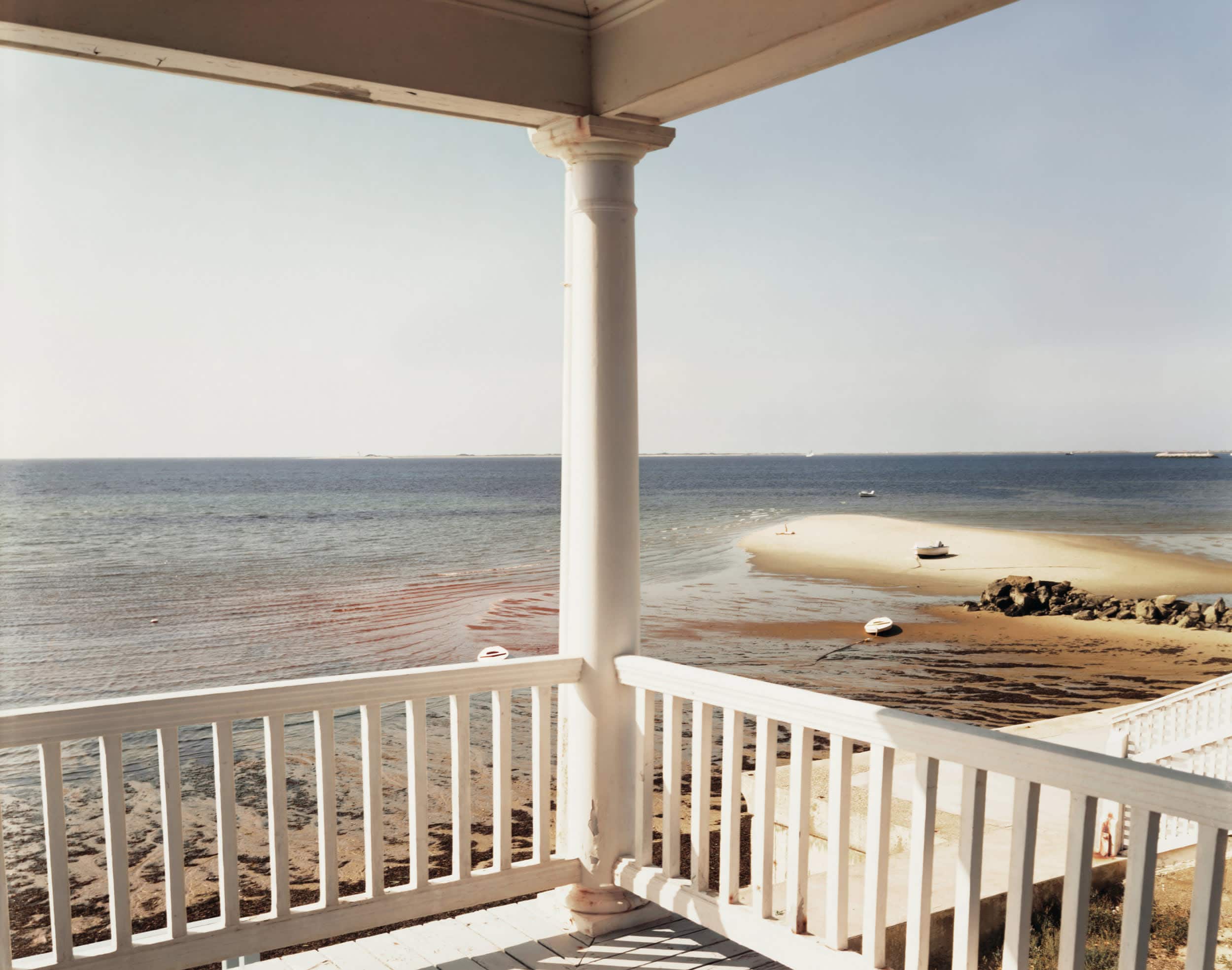
Joel Meyerowitz
Porch, Provincetown, Massachusetts, 1977
On SuperRare
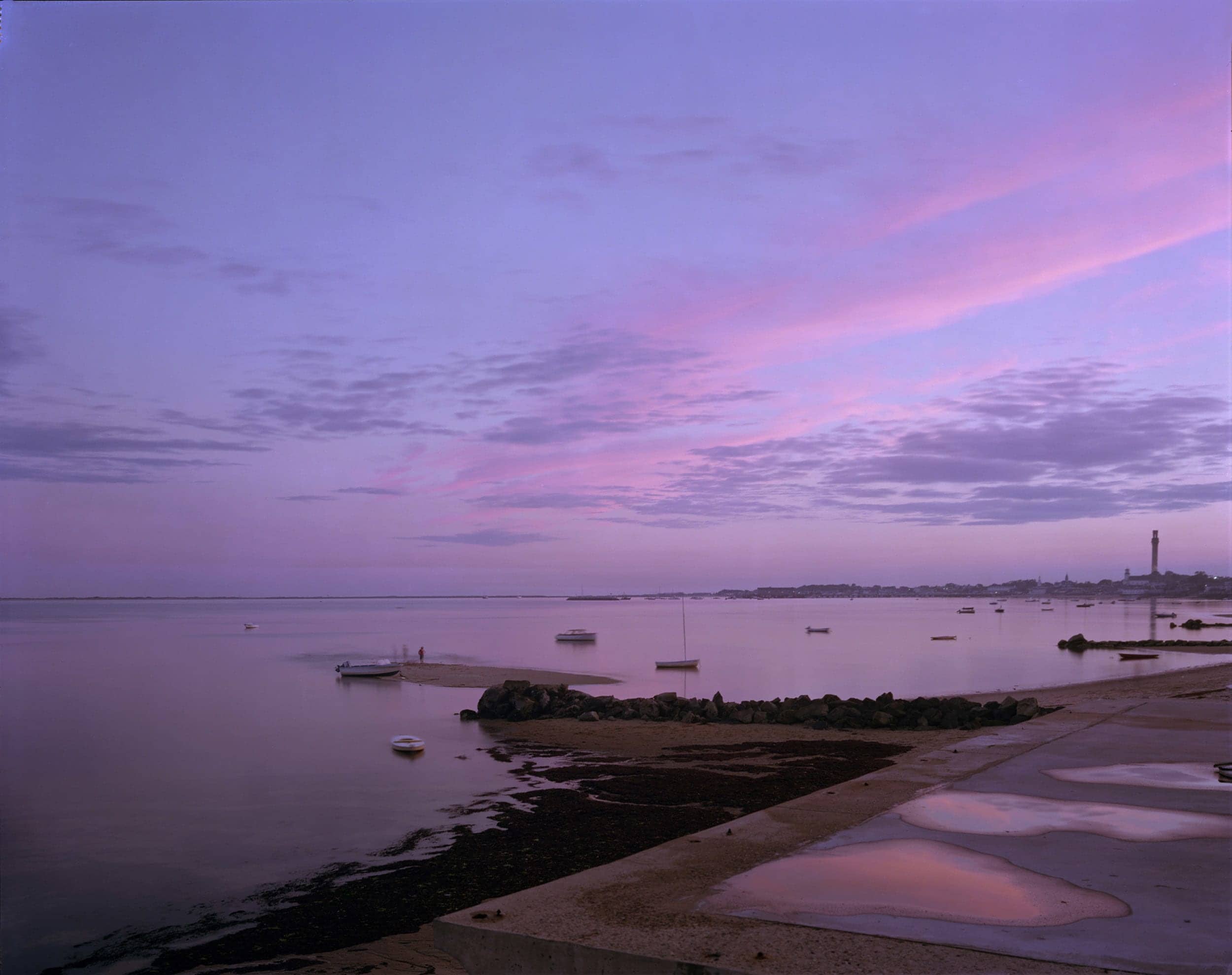
Joel Meyerowitz
Provincetown, Massachusetts, 1977
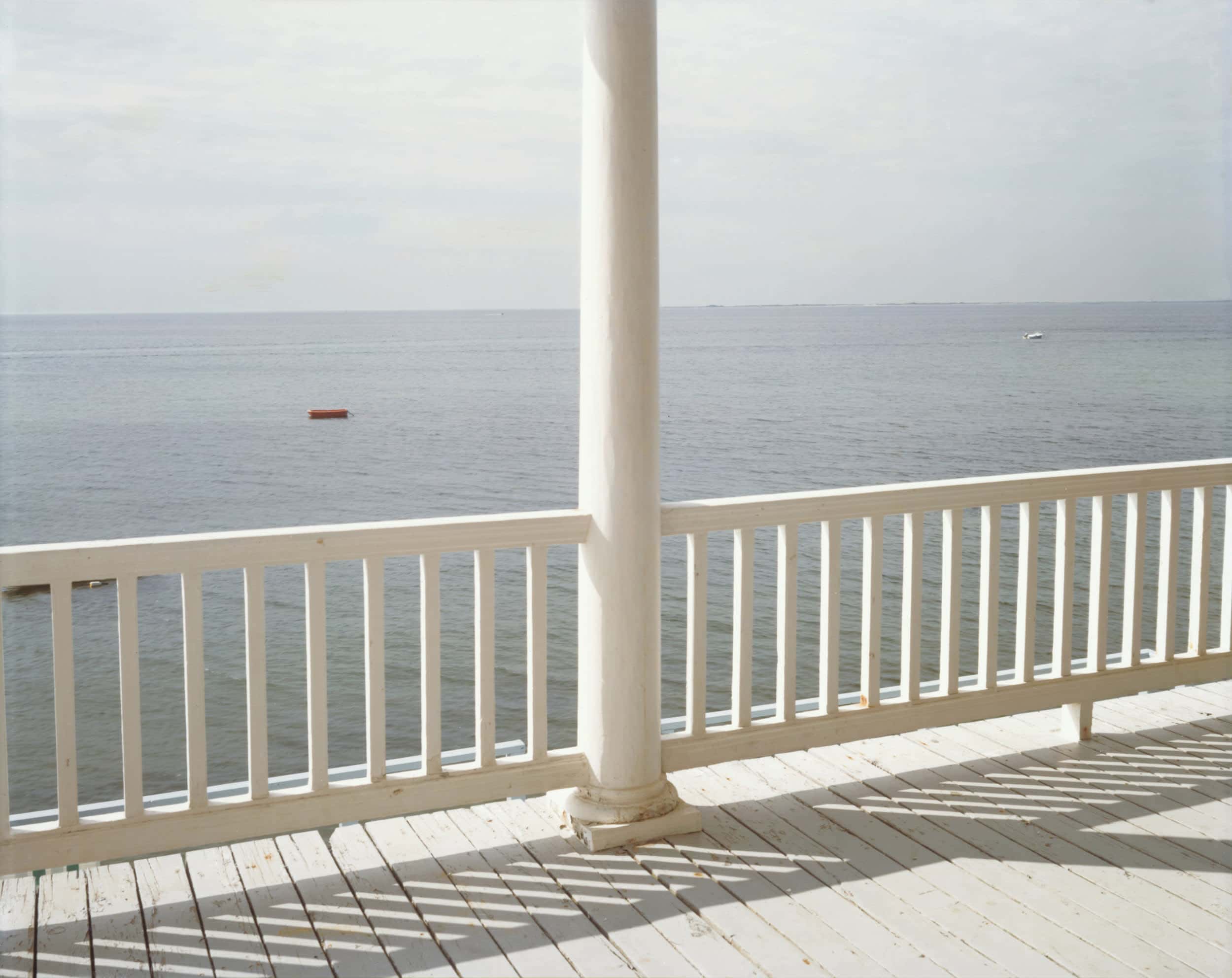
Joel Meyerowitz
Cape Cod, Massachusetts, 1977
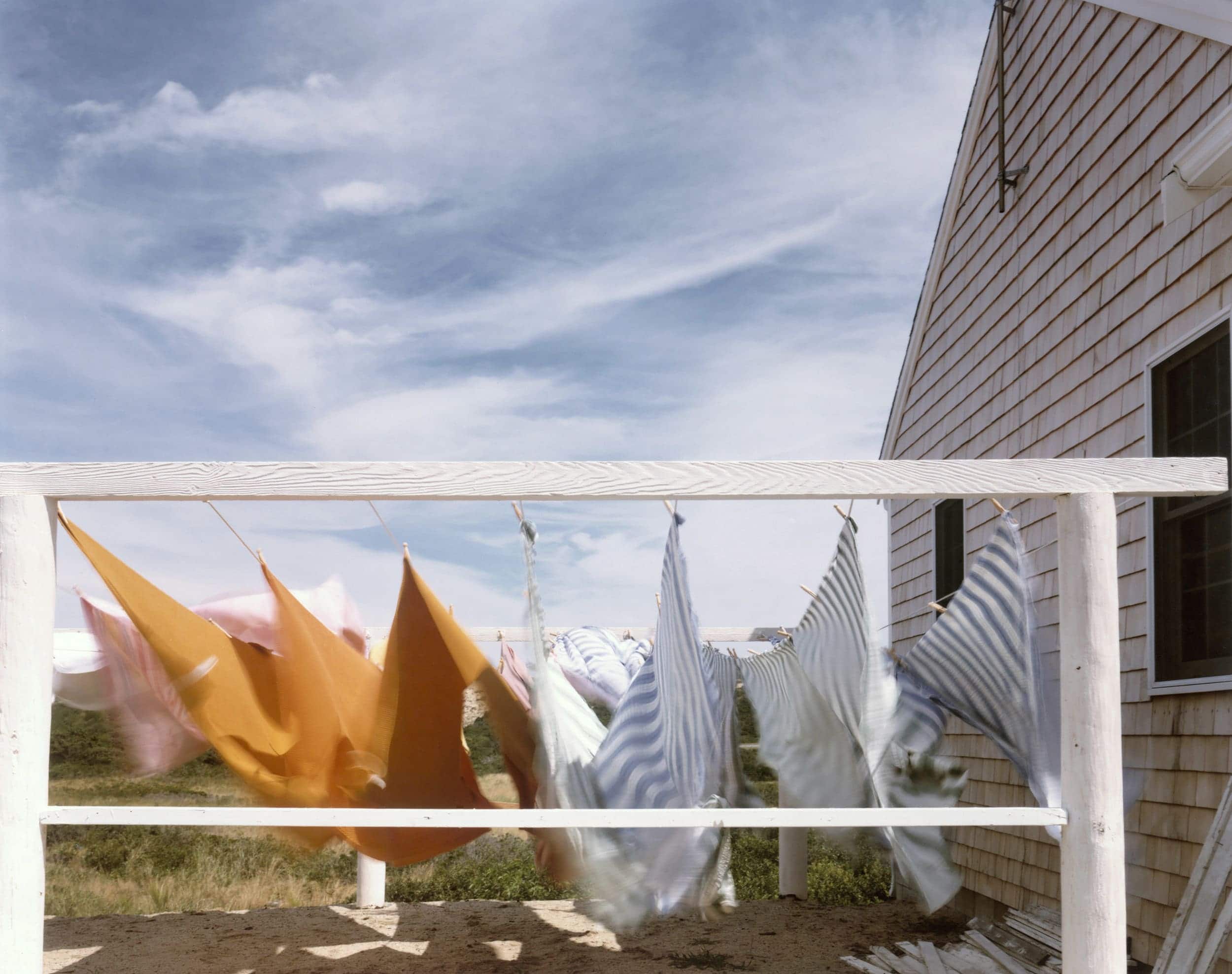
Joel Meyerowitz
Provincetown, Massachusetts, 1977
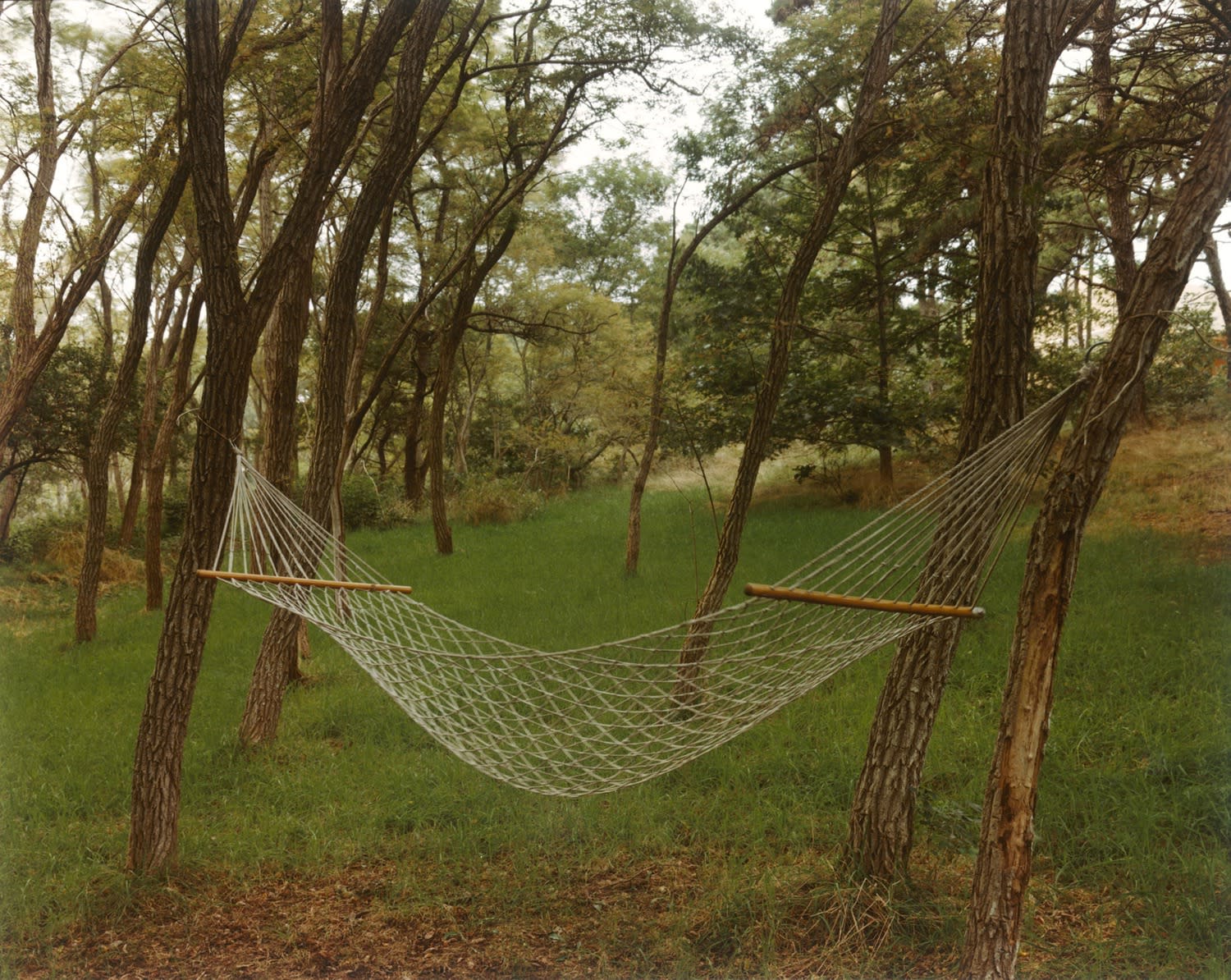
Joel Meyerowitz
Truro, Massachusetts, 1979
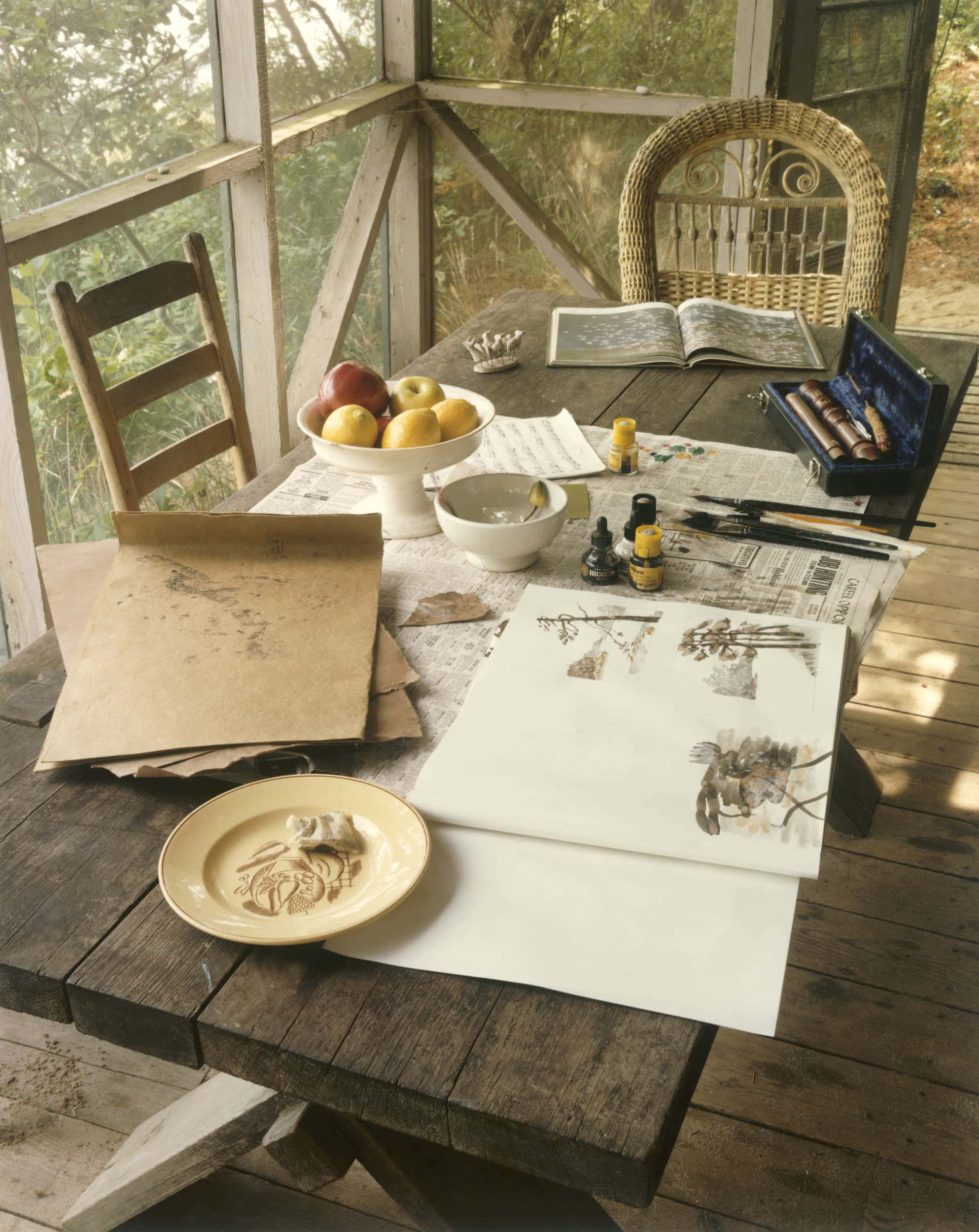
Joel Meyerowitz
The Table, Wellfleet, Massachusetts, 1980
On SuperRare
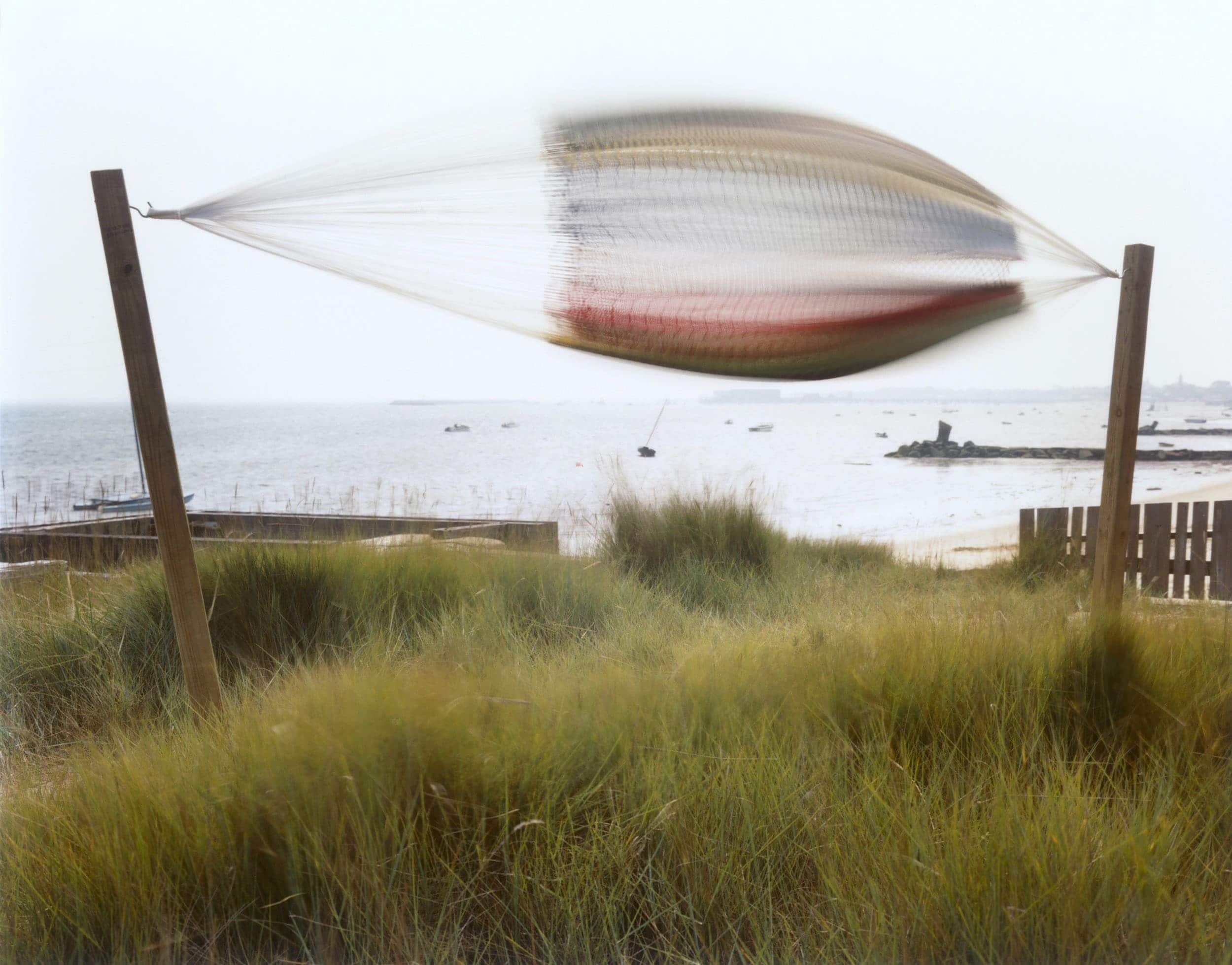
Joel Meyerowitz
The Hammock, Provincetown, Massachusetts, 1982
On SuperRare
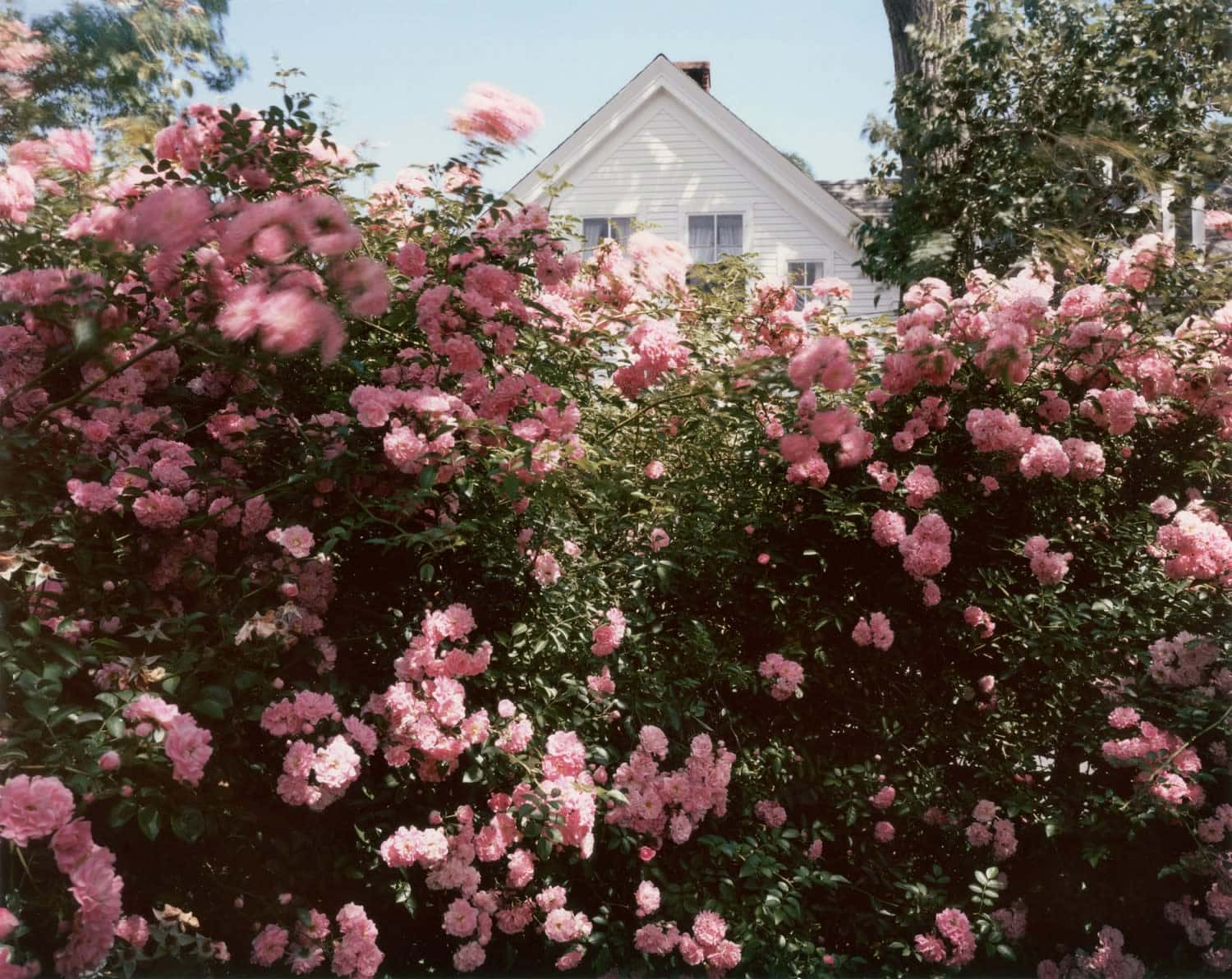
Joel Meyerowitz
Provincetown, Massachusetts, 1983

Joel Meyerowitz
The Fence, Provincetown, Massachusetts, 1977
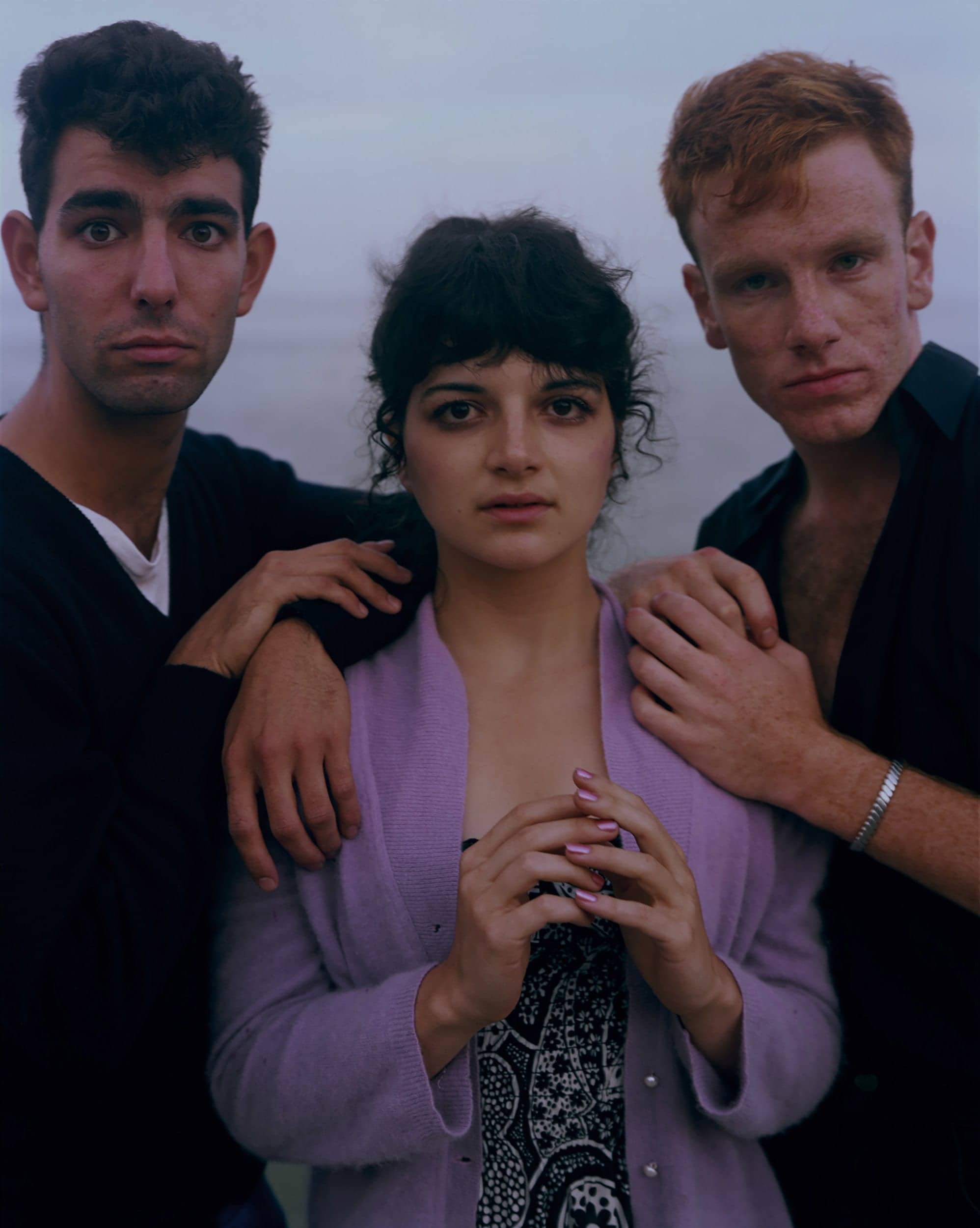
Joel Meyerowitz
Jonathan, Lynette and Stephen, Provincetown, Massachusetts, 1981
Roseville Cottages, Truro, Massachusetts
1976
Sold
Truro, Massachusetts
1976
Sold
Red Cadillac, Truro, Massachusetts
1976
Sold
Provincetown, Massachusetts
1976
Sold
Provincetown, Massachusetts
1976
Sold
Provincetown, Massachusetts
1976
5ETH
Vivian, Provincetown, Massachusetts
1976
Sold
Longnook Beach, Truro, Massachusetts
1976
5ETH
Provincetown, Massachusetts
1976
5ETH
Porch, Provincetown, Massachusetts
1977
5ETH
Provincetown, Massachusetts
1977
5ETH
Provincetown, Massachusetts
1977
Sold
Red Interior, Provincetown, Massachusetts
1977
Sold
Provincetown, Massachusetts
1977
5ETH
Truro, Massachusetts,1977
1977
5ETH
Nora, Longnook Beach, Cape Cod, Massachusetts
1977
5ETH
Provincetown, Massachusetts
1977
5ETH
Provincetown, Massachusetts
1977
Justine, Provincetown, Massachusetts
1977
5ETH
Dairy Land, Provincetown, Massachusetts
1976
Sold
Longnook, Massachusetts
1977
Sold
The Hollow, Ballston Beach, Truro, Massachusetts
1980
5ETH
Chuckie, Provincetown, Massachusetts
1980
Sold
Provincetown, Massachusetts
1980
5ETH
Cape Cod, Massachusetts
1981
Sold
Ellie, Cape Cod, Massachusetts
1981
5ETH
Cape Cod, Massachusetts
1982
5ETH
The Cottages, Truro, Massachusetts
1982
5ETH
Doorway to the Sea, Provincetown, Massachusetts
1982
Sold
Caroline, Provincetown, Massachusetts
1983
5ETH
Provincetown, Massachusetts
1983
Sold
Quartet, Cape Cod, Massachusetts
1983
5ETH
Longnook Beach, Truro, Massachusetts
1983
5ETH
Longnook Beach, Truro, Massachusetts
1983
5ETH
Darrell, Provincetown, Massachusetts
1983
Sold
Longnook Beach, Truro, Massachusetts
1983
5ETH
Ariel, Provincetown, Massachusetts
1983
5ETH
Cape Cod, Massachusetts
1984
Sold
Dune Grass House, Truro, Massachusetts
1984
Sold
Cape Cod, Massachusetts
1984
5ETH
Jan, Provincetown, Massachusetts
1985
5ETH
Provincetown, Massachusetts
1989
Sold
Longnook Beach, Truro, Massachusetts
1983
5ETH
Truro, Massachusetts
1978
5ETH
The Yellow Room, Provincetown, Massachusetts
1977
Sold
Sasha, Wellfleet, Massachusetts
1981
Sold
Dinner Table, Provincetown, Massachusetts
1983
Sold
Ballston Beach, Truro, Massachusetts
1977
Sold
Hartwig House, Truro, Massachusetts
1976
Sold
Provincetown, Massachusetts
1989
5ETH
Ice, Truro, Massachusetts
1976
Sold
Pool, Storm, Provincetown, Massachusetts
1976
Sold
Lynette, Provincetown, Massachusetts
1981
5ETH
The Clothes-Line, Provincetown, Massachusetts
1976
5ETH
Provincetown, Massachusetts
1976
Sold
Porch, Provincetown, Massachusetts
1977
5ETH
Porch, Provincetown, Massachusetts
1977
Sold
Provincetown, Massachusetts
1977
Sold
Cape Cod, Massachusetts
1977
5ETH
Provincetown, Massachusetts
1977
5ETH
Truro, Massachusetts
1979
5ETH
The Table, Wellfleet, Massachusetts
1980
5ETH
The Hammock, Provincetown, Massachusetts
1982
Sold
Provincetown, Massachusetts
1983
Sold
The Fence, Provincetown, Massachusetts
1977
5ETH
Jonathan, Lynette and Stephen, Provincetown, Massachusetts
1981
5ETH
Artist
Joel Meyerowitz
1938 (USA)
-
Website_
-
Instagram_
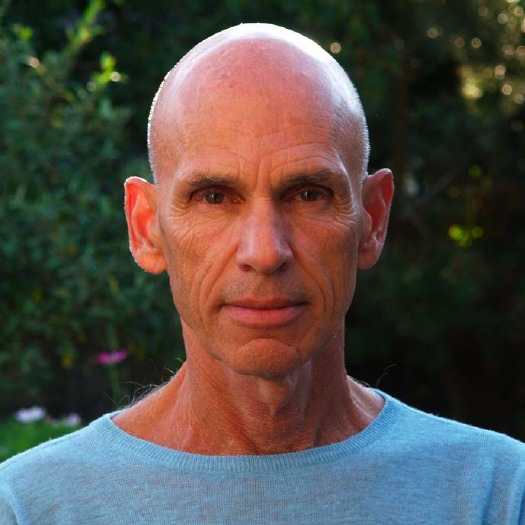
After studying painting, art history, and medical illustration at Ohio State University, he worked as an art director in advertising in the early 60’s. In 1962, Robert Frank made photographs for a booklet Meyerowitz designed, and it was while watching Frank work that he discovered that photographs could be made while both the photographer and the subject were in motion! The power of this observation made Meyerowitz quit his job immediately, borrow a camera, and go out onto the streets of New York. He has been on the streets ever since.
Meyerowitz began by using color film in 1962, not knowing that photographers of that era believed that black and white was the ‘art’ of photography. During his first days on the street, he met a young graphic designer, Tony Ray-Jones, who, like Meyerowitz, began using color as the most natural means of making photographs. Later that year Meyerowitz met, and became friends with Garry Winogrand, and together they walked and worked Fifth Avenue daily for nearly five years. Although Meyerowitz is a street photographer in the tradition of Henri Cartier-Bresson and Robert Frank, he transformed the medium with his pioneering use of color. As an early advocate, he became instrumental in changing the attitude toward color photography from one of resistance to nearly universal acceptance. His first book Cape Light (1978) is considered a classic work of color photography and has sold over 200,000 copies. Meyerowitz has published 42 books to date.
While Meyerowitz never felt constrained by any one discipline of photography, he says, “street photography was the only form of the medium that owed nothing to painting nor to the other plastic arts. It is purely photographic.” He feels that such a starting point naturally opens one to question the world around them, and questions are what lead us to make new kinds of photographs. This restless energy and open approach to subject matter has produced such varied work as; Photographs From a Moving Car (a one person show at MoMA in 1968), his Guggenheim Fellowship project, Still Going: America During Vietnam, his work with the large format, 8×10 view camera which resulted in such diverse books as; Cape Light (1978), St. Louis and The Arch (1980), A Summer’s Day (1985), Redheads (1991), Bay/Sky (1993), Aftermath: The World Trade Center Archive (2006), and others. These bodies of work deal with diverse subjects such as; light, portraits, landscape, cities, and history, and all clearly diverge from street photography, yet Meyerowitz’s eye and ideas remain consistent throughout.
In 1995, Meyerowitz produced and directed his first film, Pop. It came into being as spontaneously as a street photograph when Meyerowitz heard his father say, “the trouble with me is, I never get to the point where I get to the point!” In an instant he recognized that his father was lost and asking for help. The result is an intimate diary of a three-week road trip he made with his son, Sasha, and his father, Hy. This odyssey’s central character is an unpredictable, streetwise and witty 87- year-old with Alzheimer’s. It is both an open-eyed look at aging and a meditation on the significance of memory.
During sixty years of making photographs, Meyerowitz has consistently turned toward greater simplification. The Elements, an ongoing body of work begun in 2007, is an examination of the four phenomena that govern our lives and a search for a new way of describing their power. His works, still lives, are a departure from everything he has done before. He uses found objects; cast offs, which he places in a makeshift, theater-like space, ‘Teatrino’ he calls it, and finds himself giving them a second life. His interest in still lives developed into two projects photographing objects from the studios of Paul Cézanne and Giorgio Morandi.
Meyerowitz is a recipient of both the NEA and NEH awards. He was the only photographer to gain unrestricted access to Ground Zero after 9/11, which produced a body of work that led Meyerowitz to represent the United States at the Venice Biennale for Architecture in 2002. His work is in the collections of The Metropolitan Museum of Art, The Whitney Museum of American Art, MoMA, Tate Modern, The Victoria & Albert Museum, The Boston Museum of Fine Arts, The Art Institute of Chicago, Centre Pompidou, Rijksmuseum, Stedelijk Museum and others worldwide. Meyerowitz lives and works in London and New York.
Press + Articles
-
01
Bystander: A history of street photography by Joel Meyerowitz and Colin Westerbeck
Creative Boom (article)
-
02
The ’60s Photographer Who Captured the Street in Vivid Color
The New York Times (article)
-
03
How Joel Meyerowitz Became a Pioneer of Colour Photography
AnOther Magazine (article)
